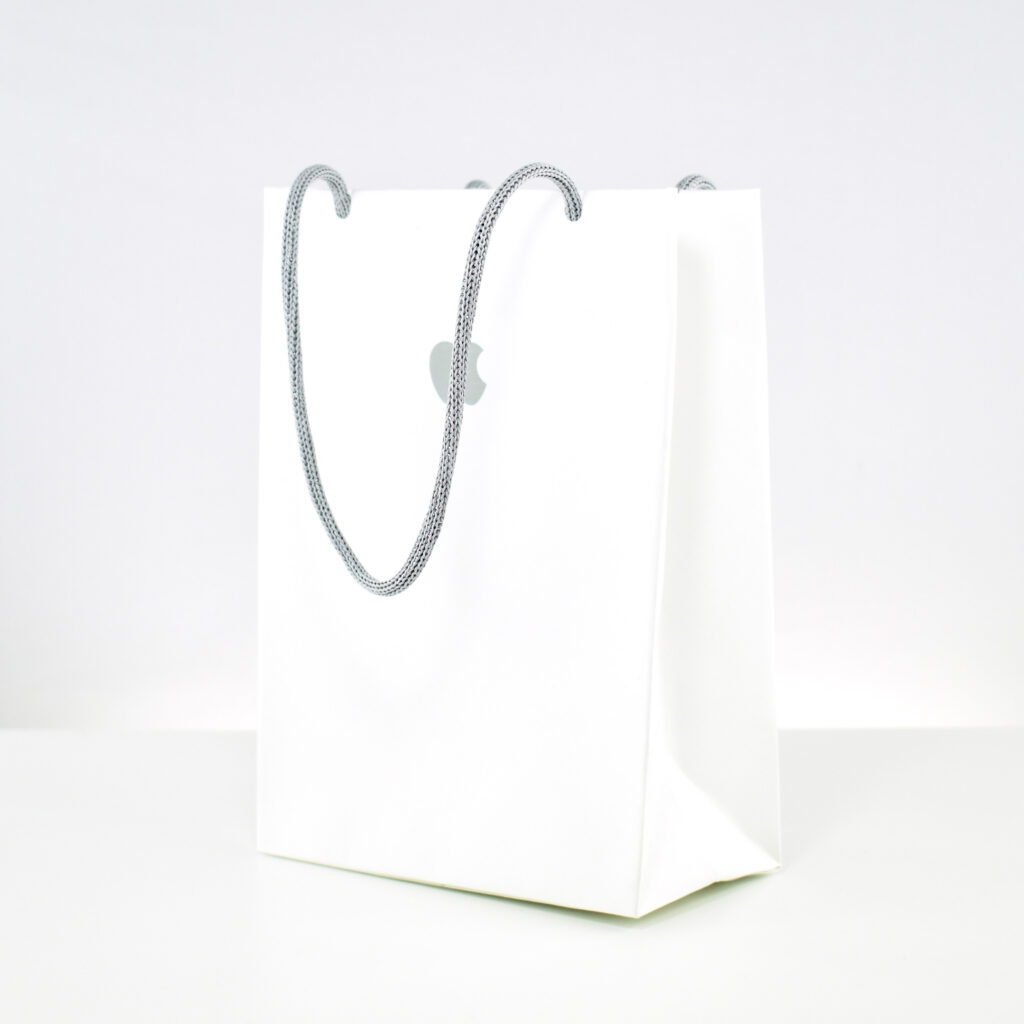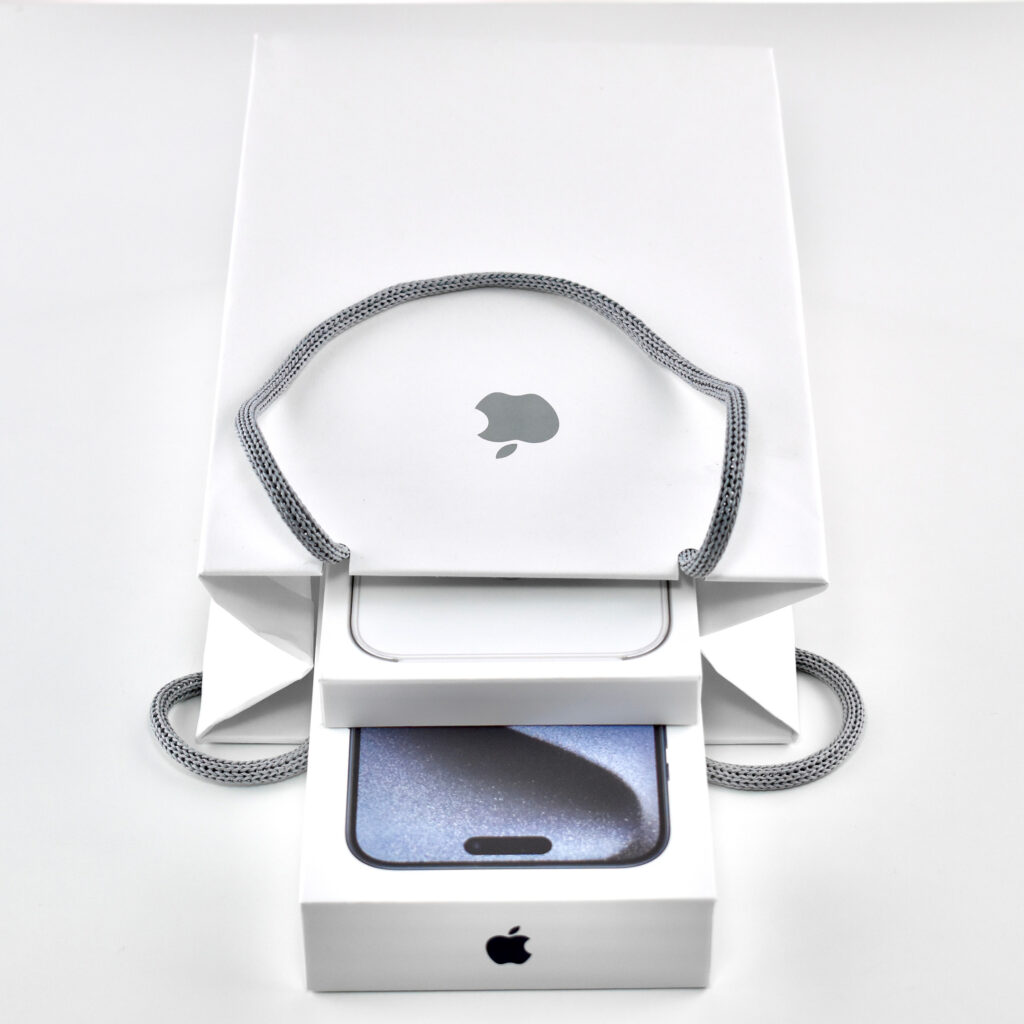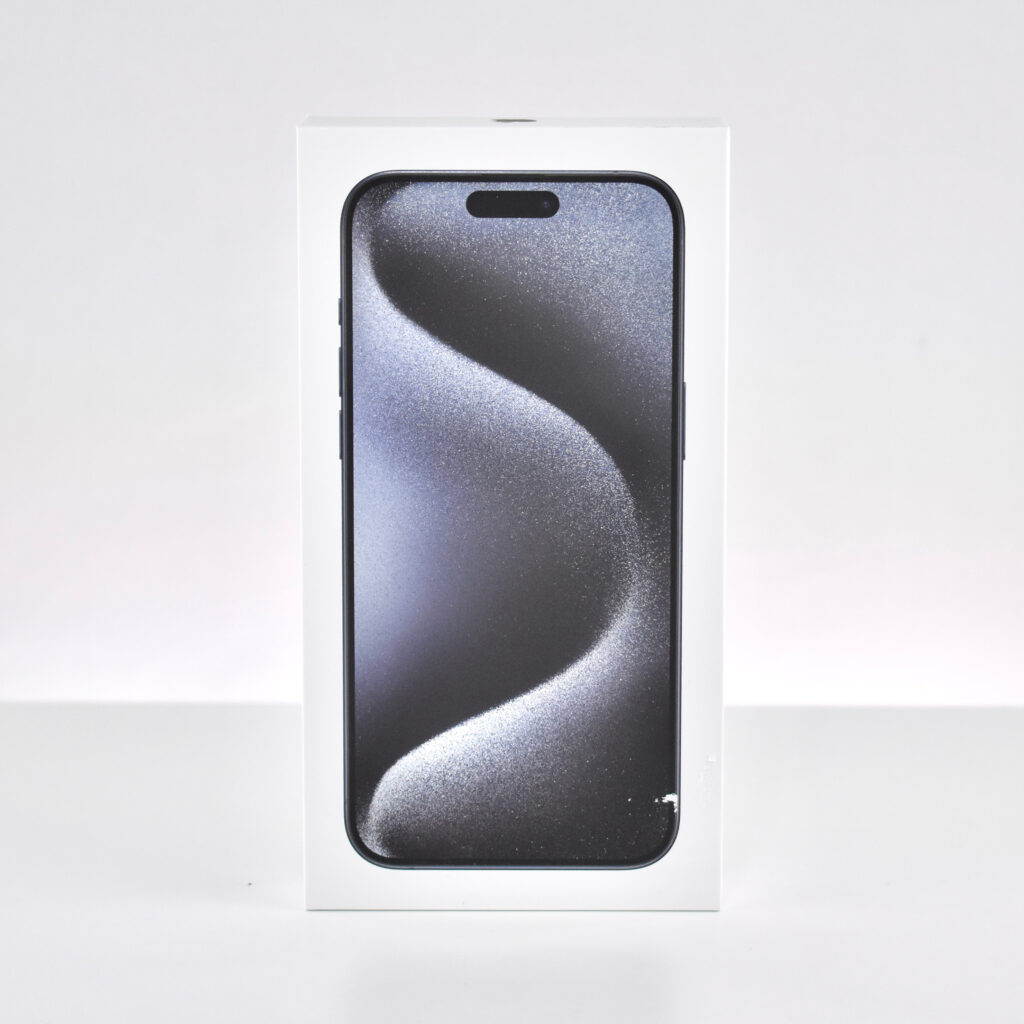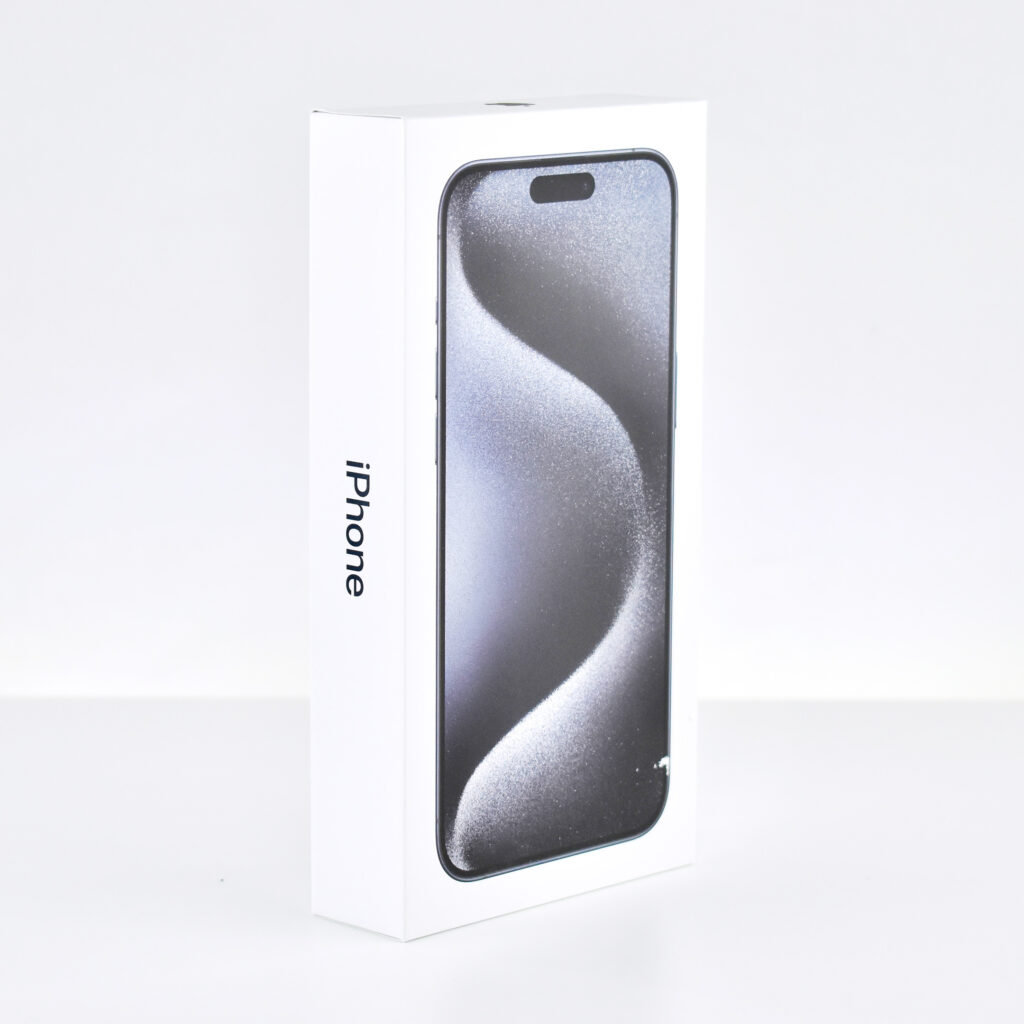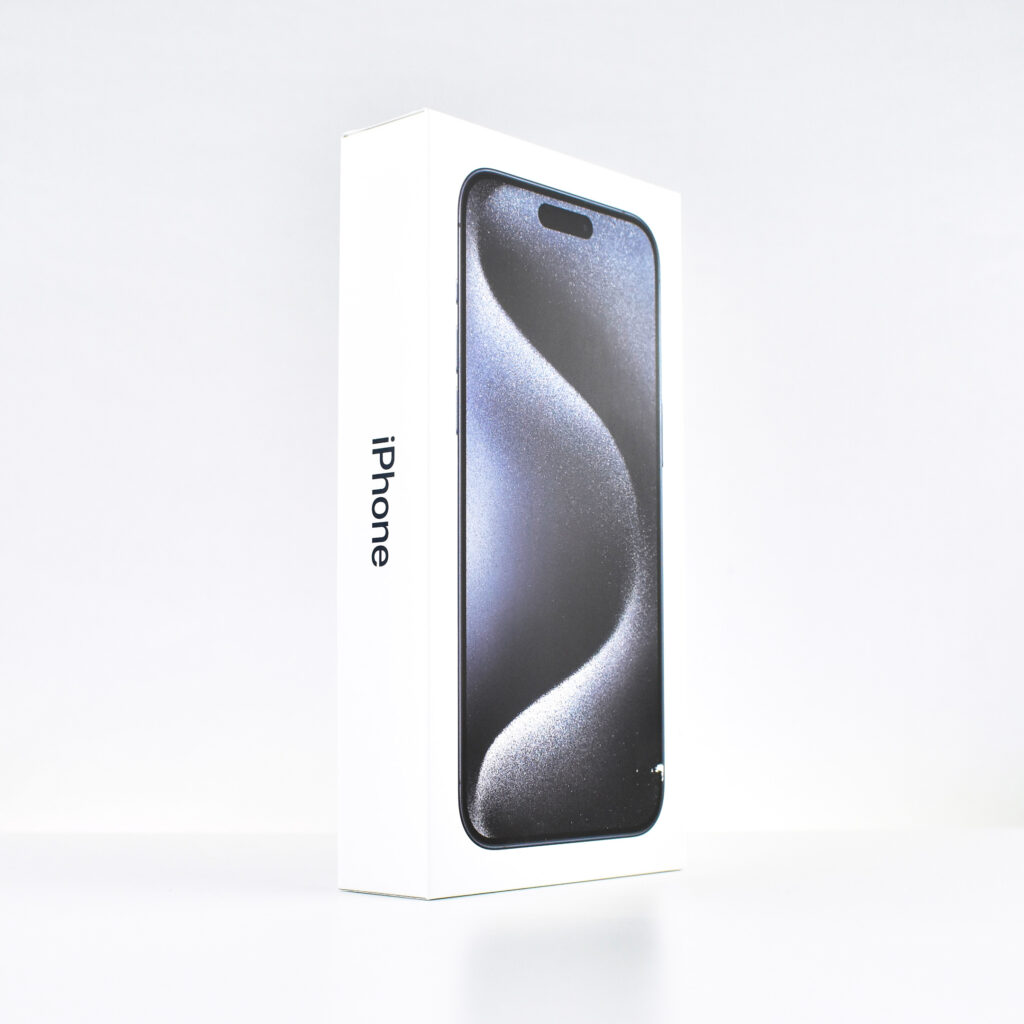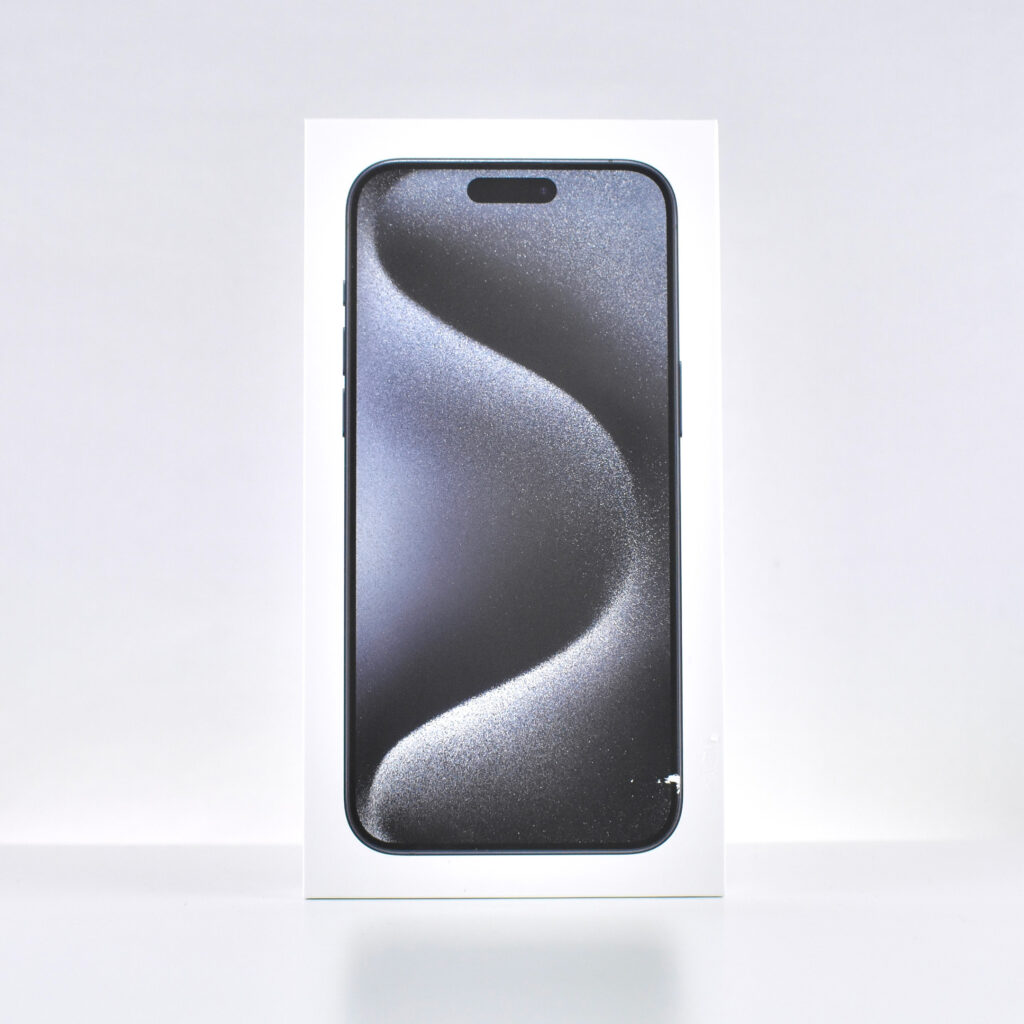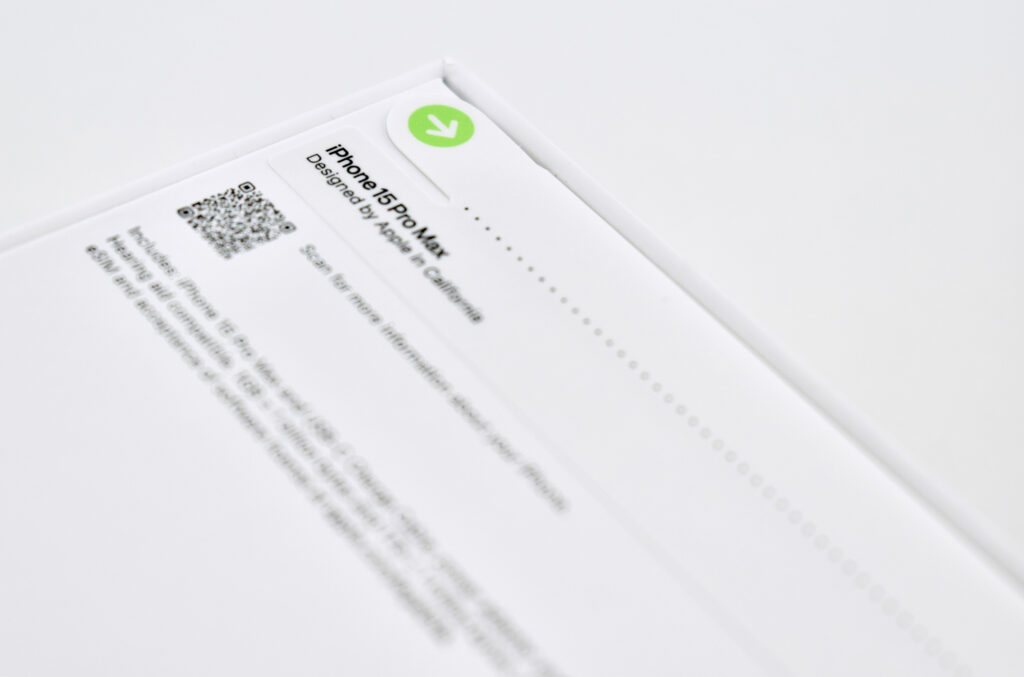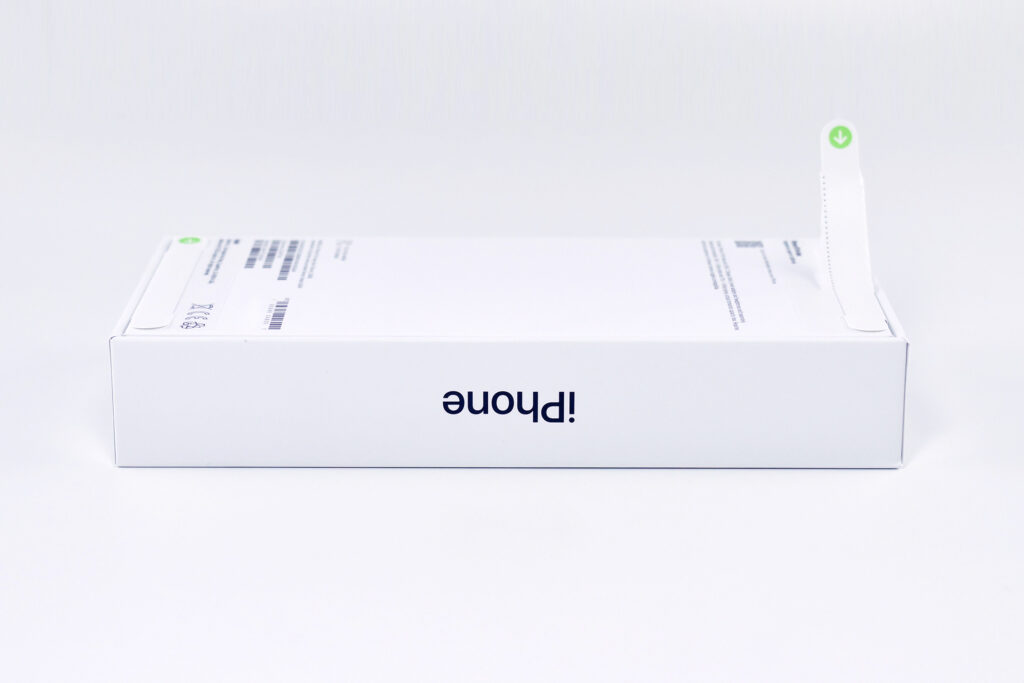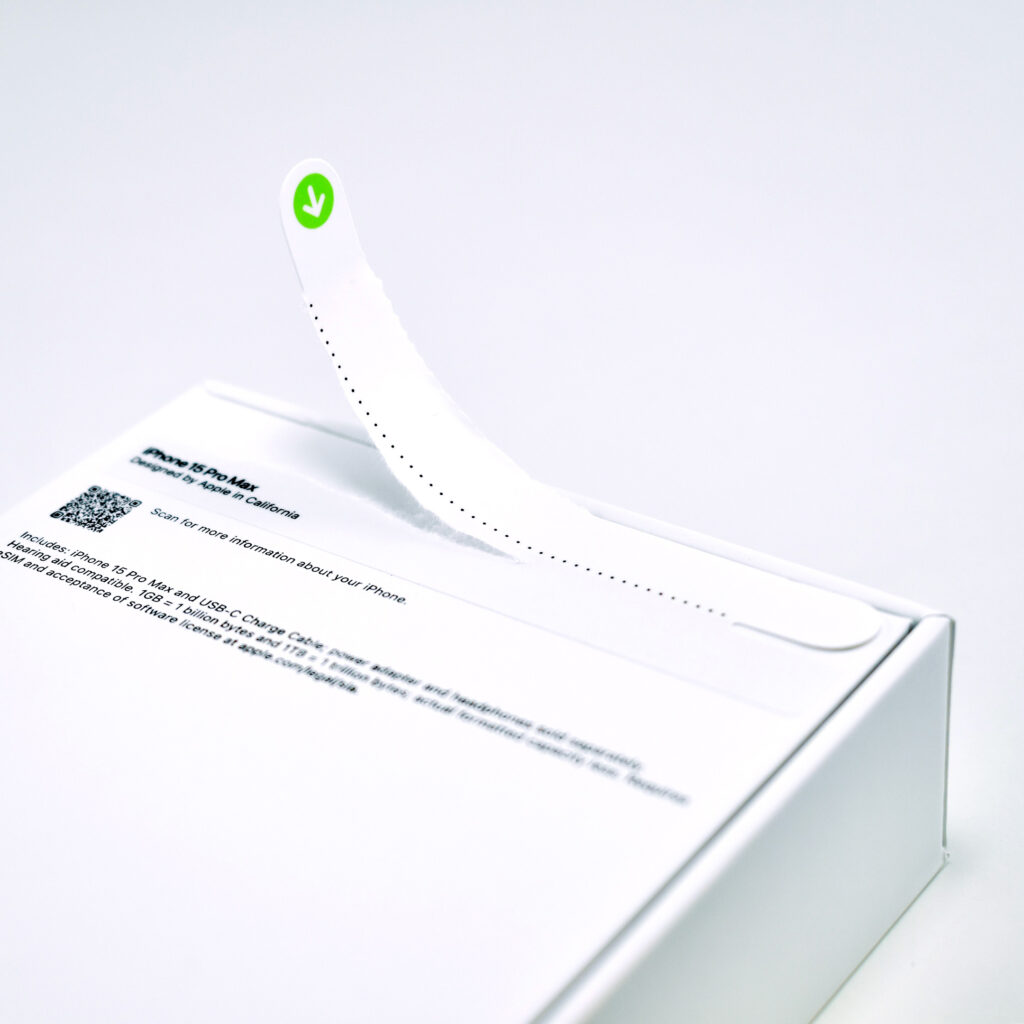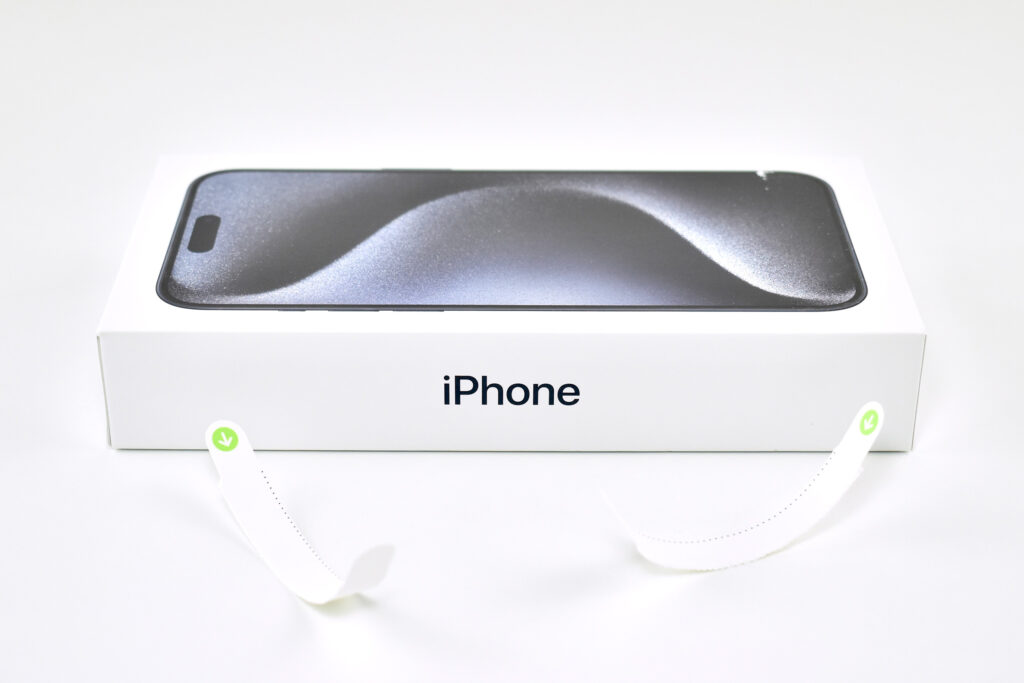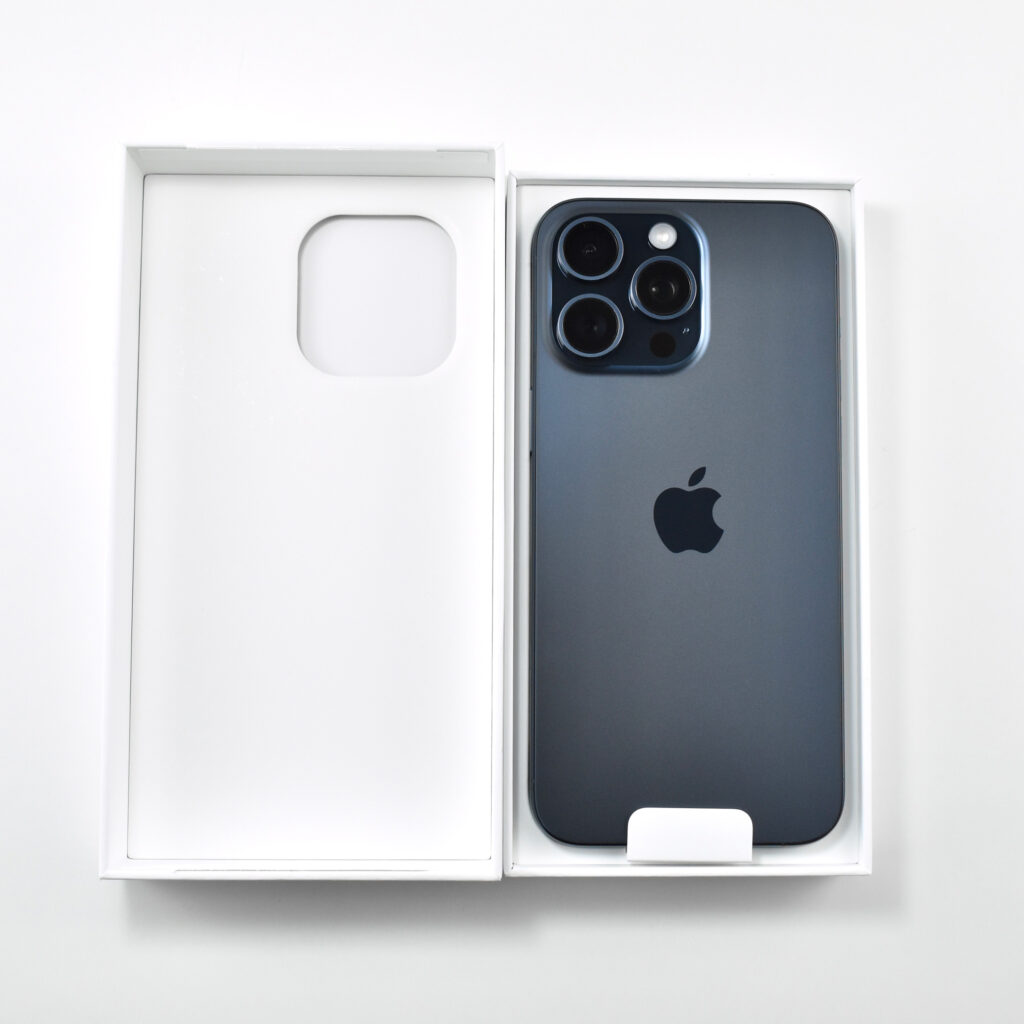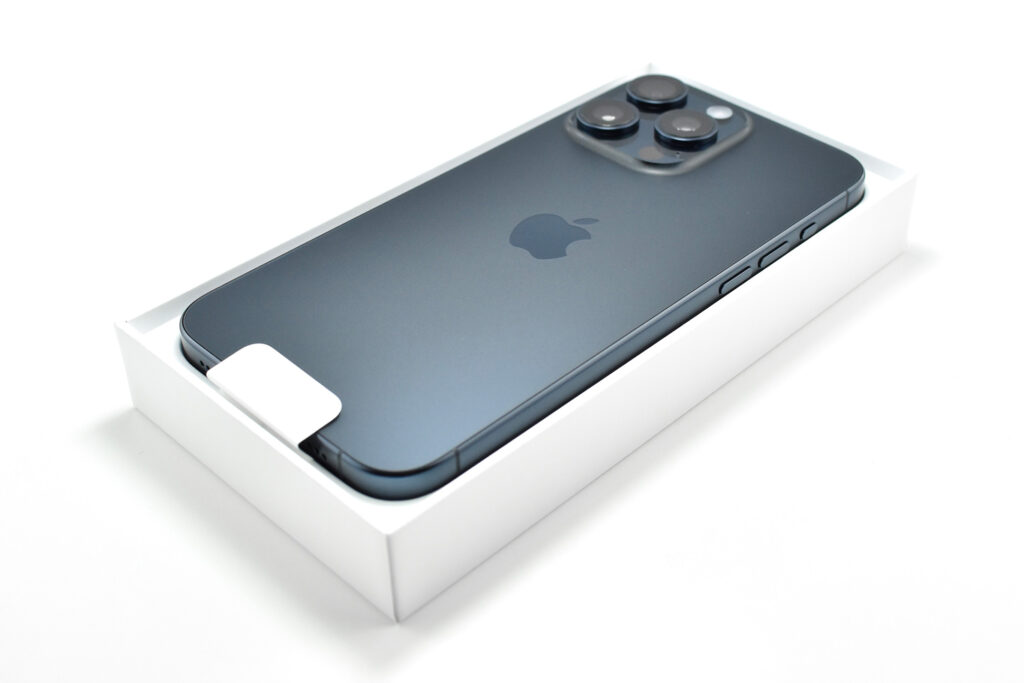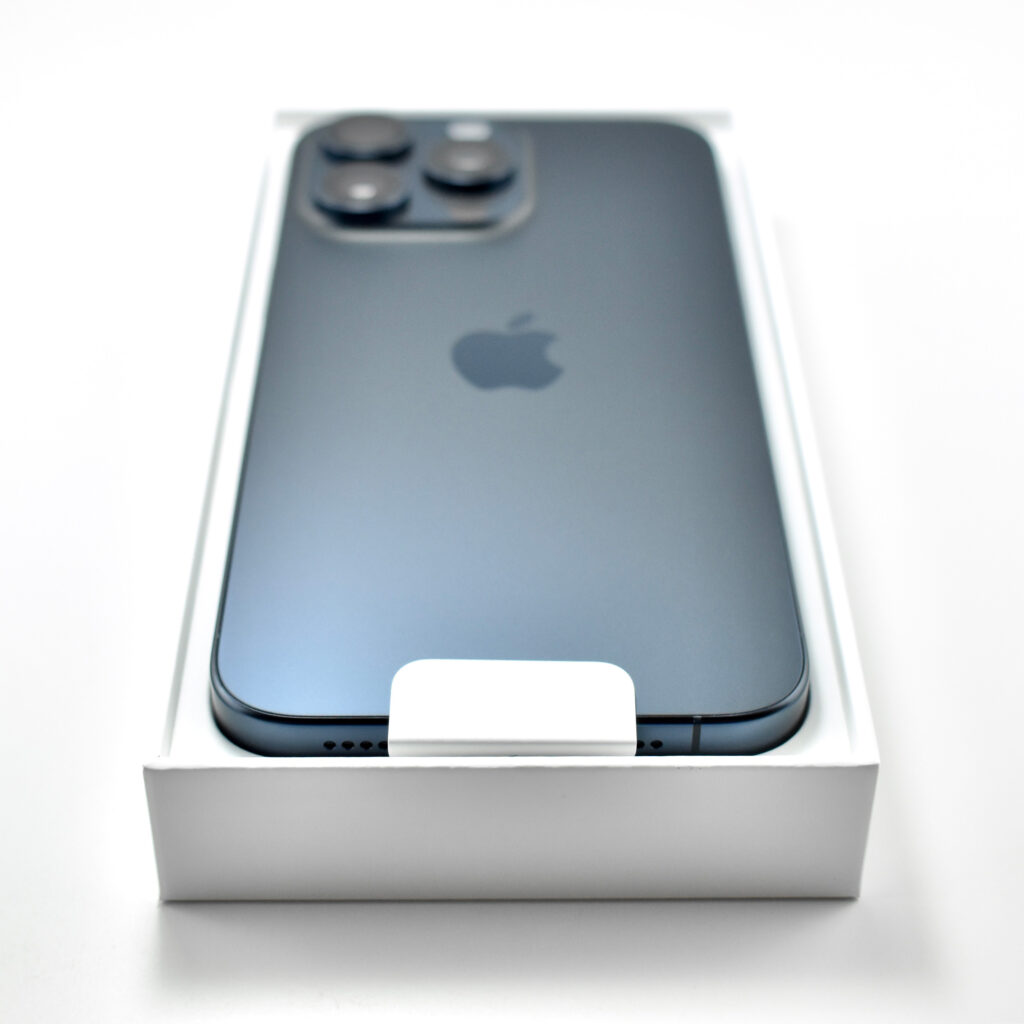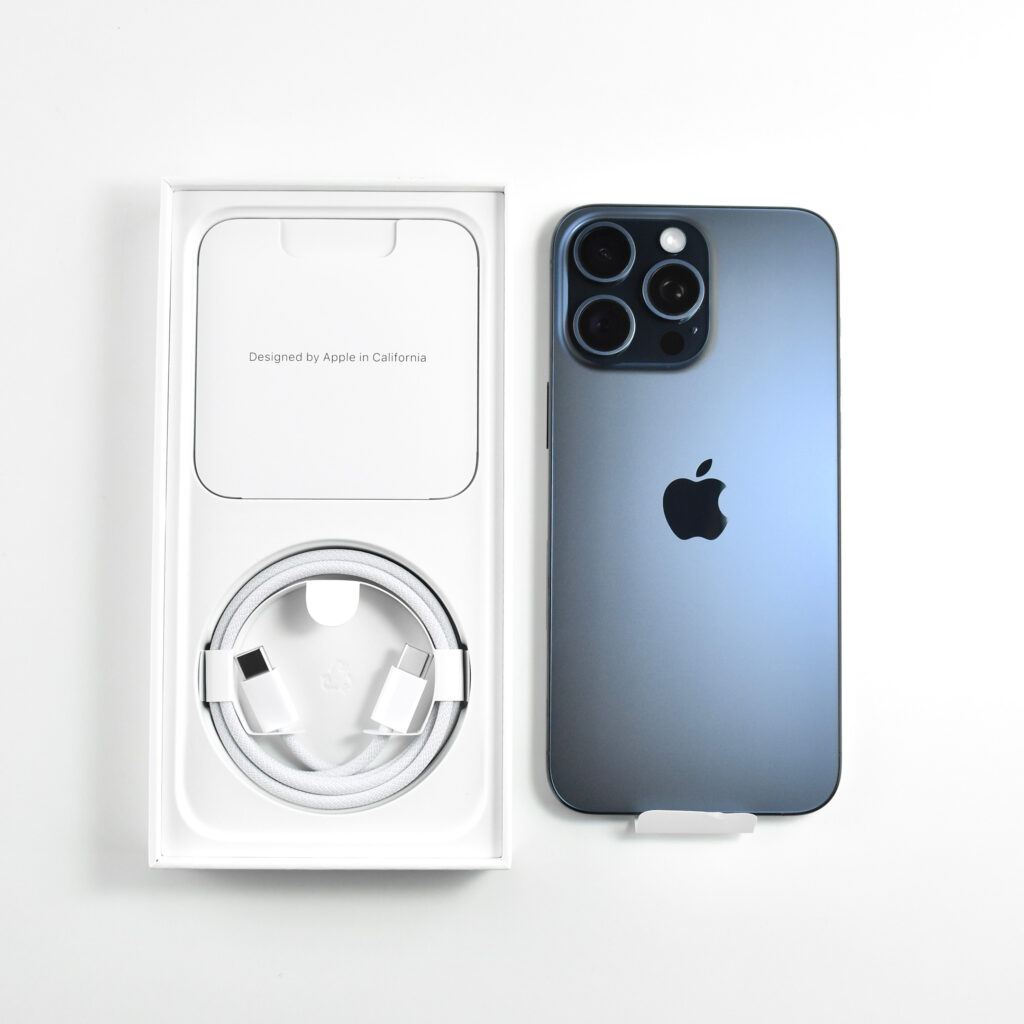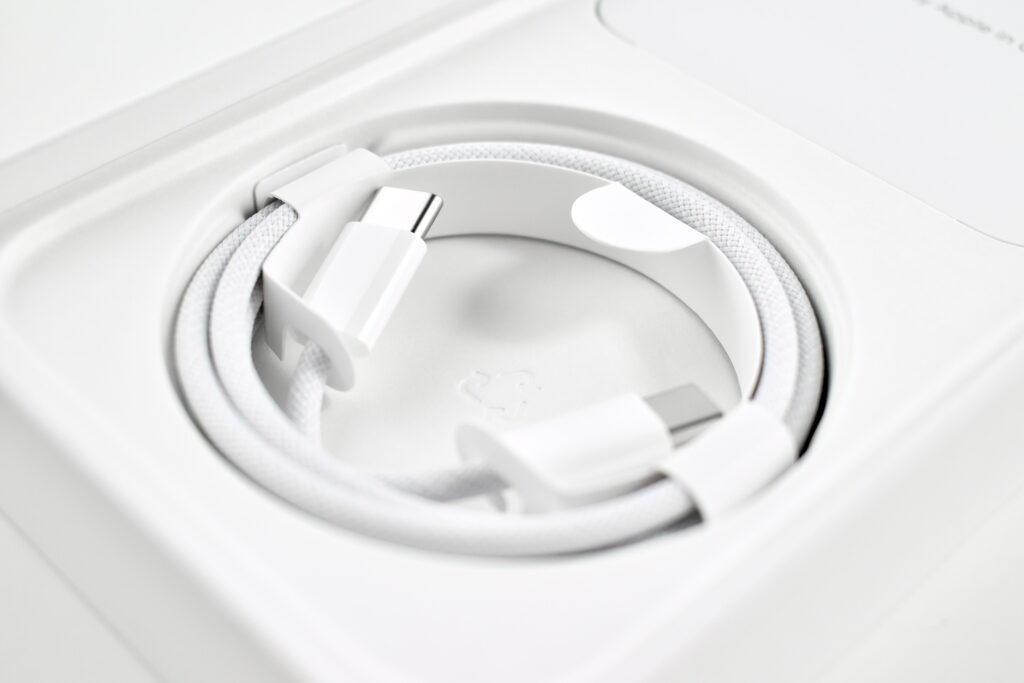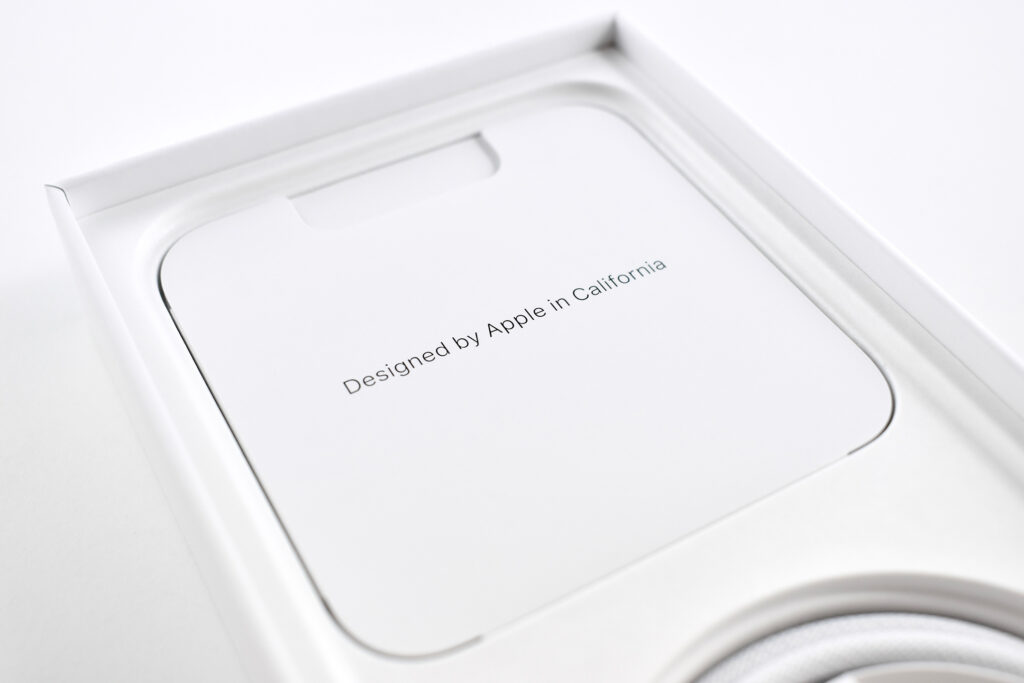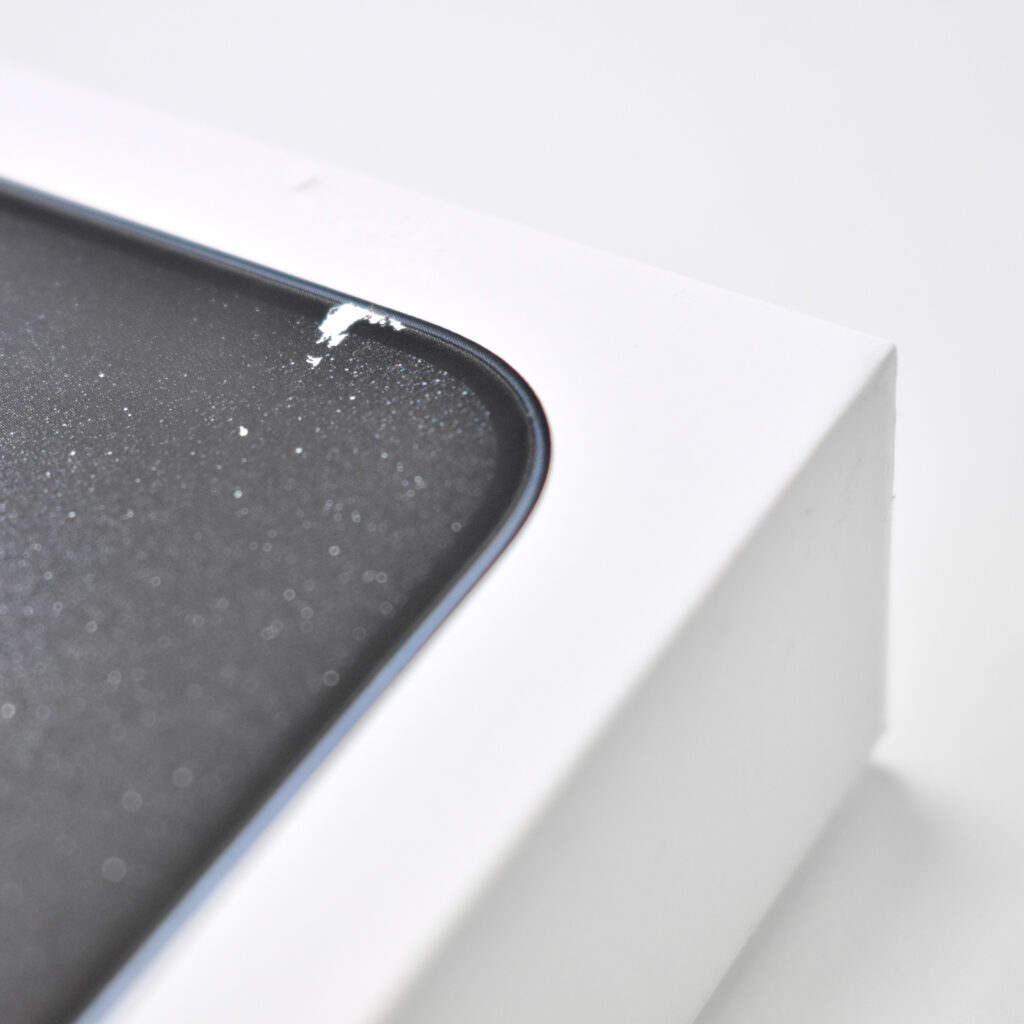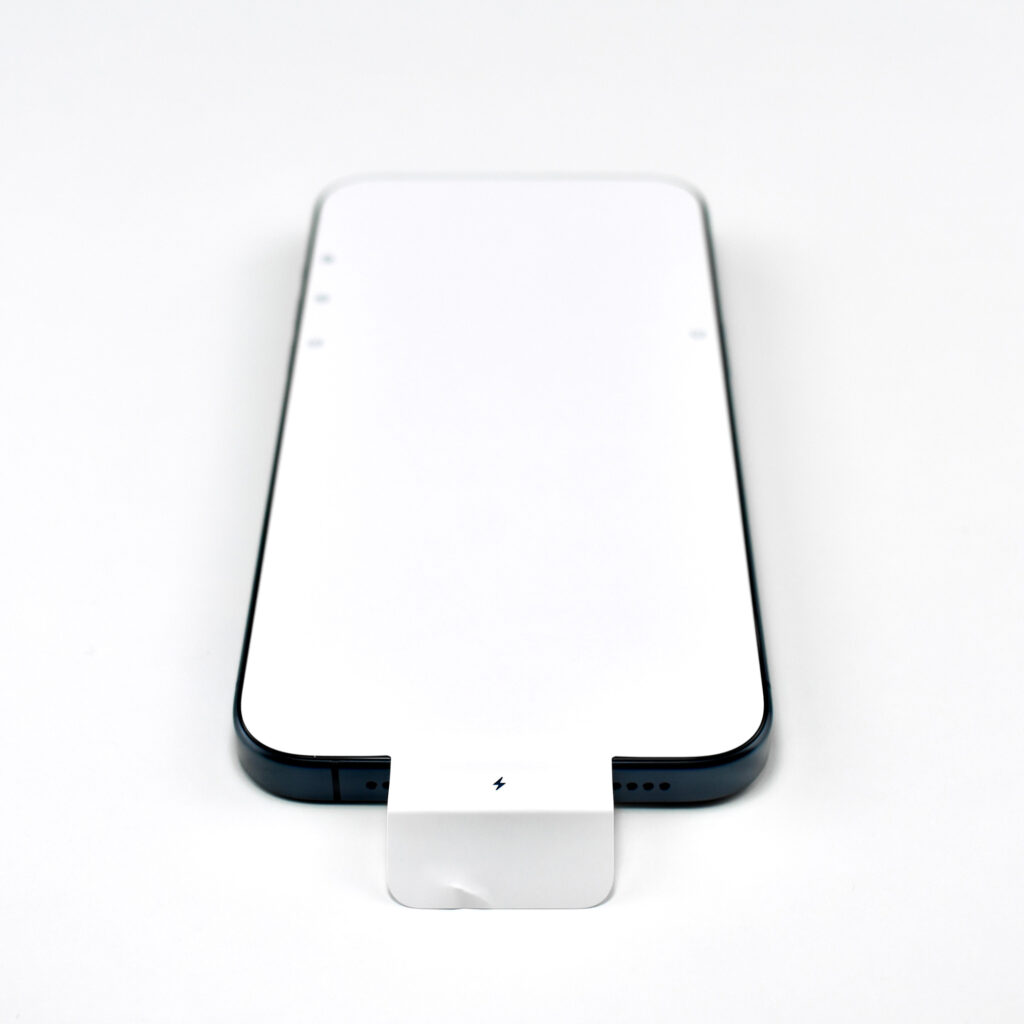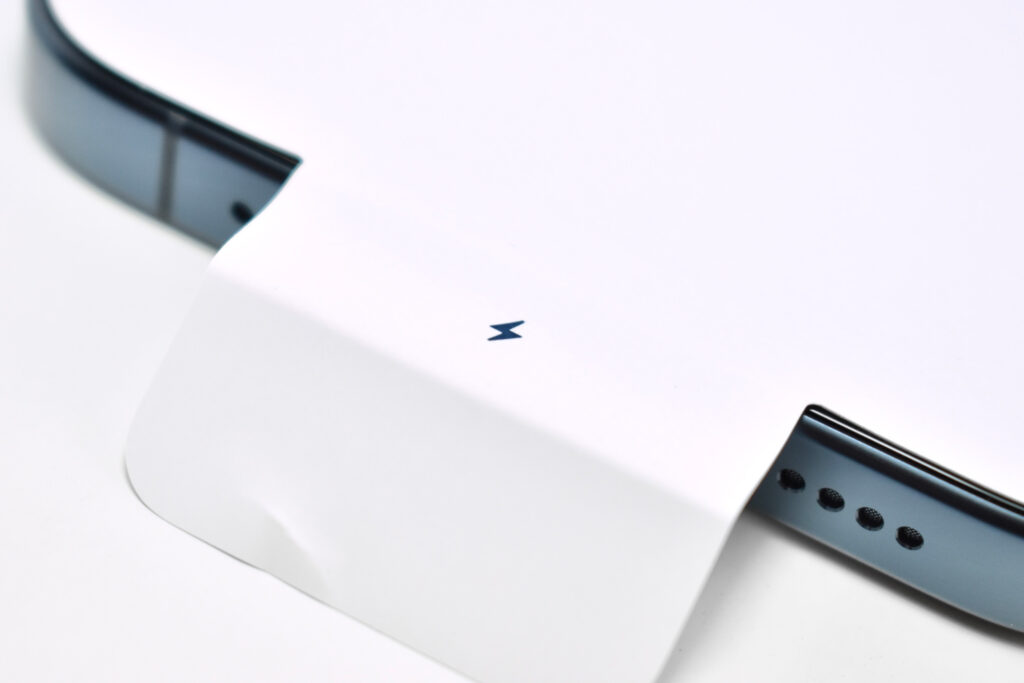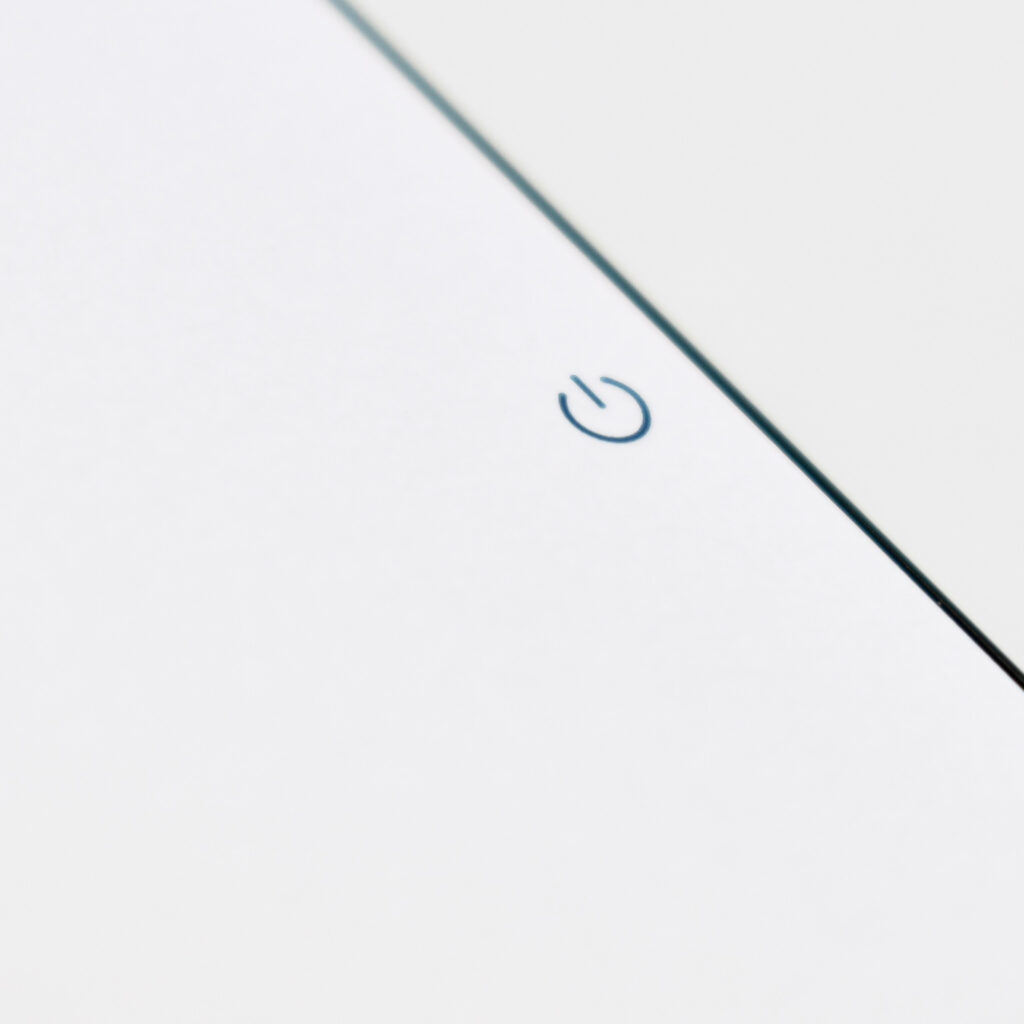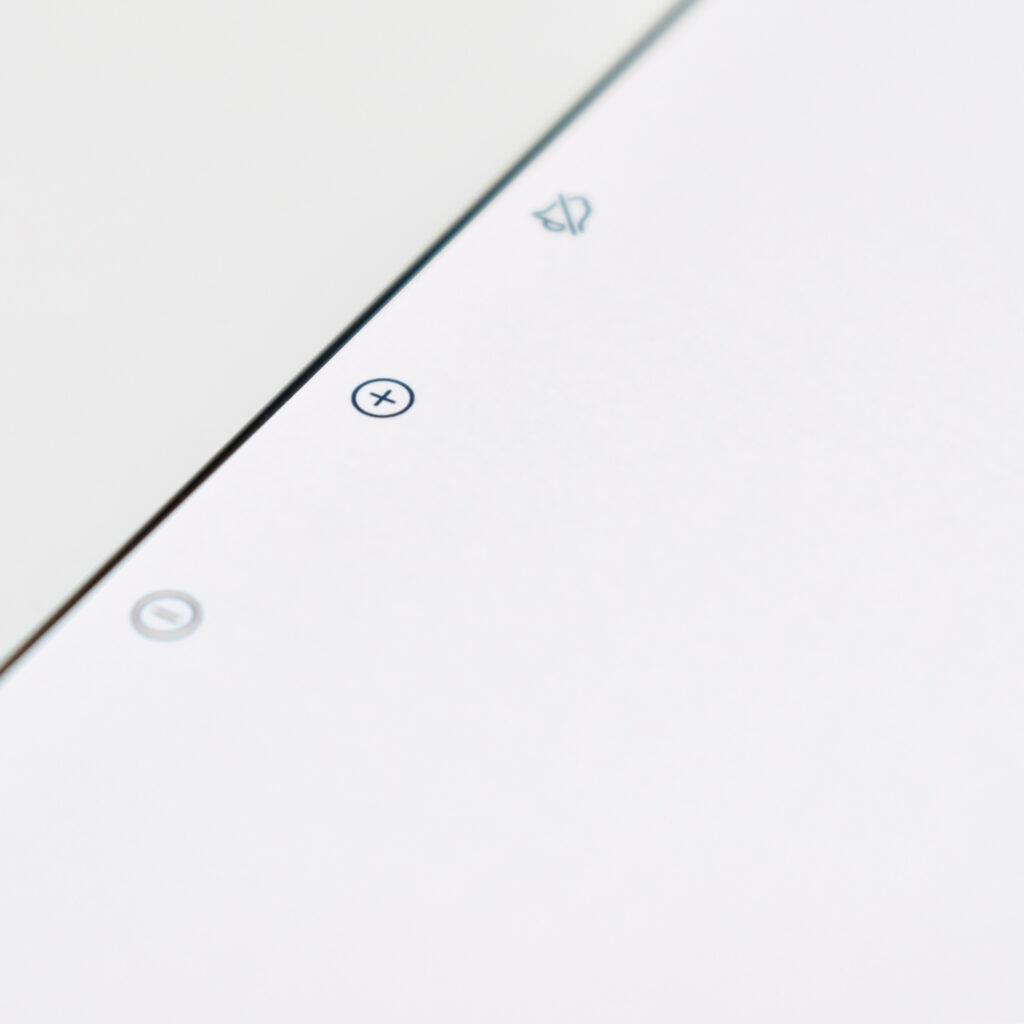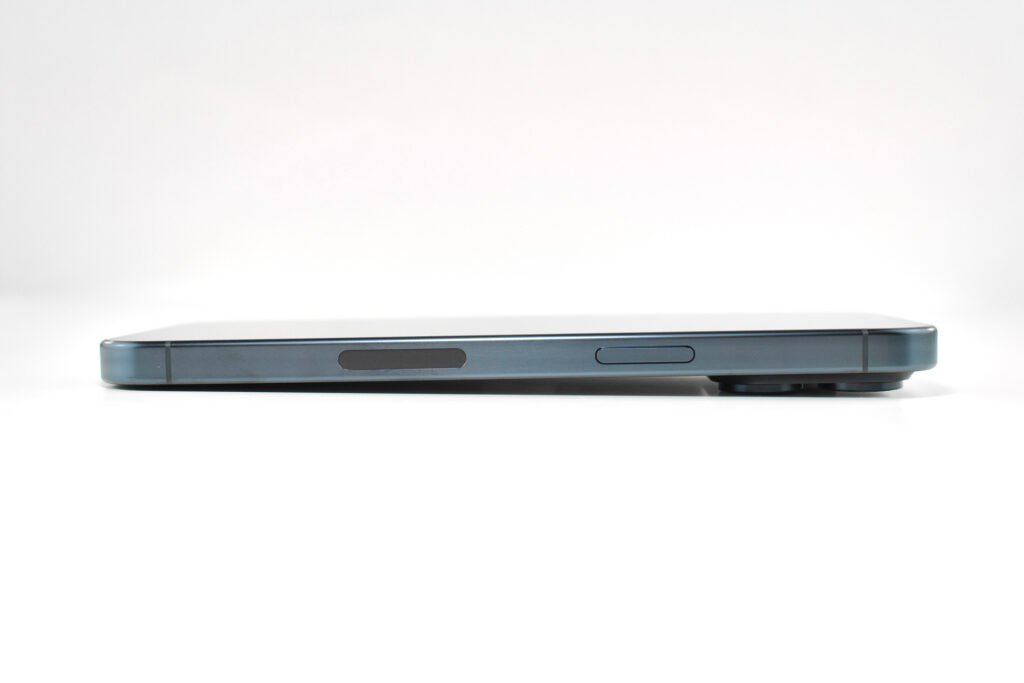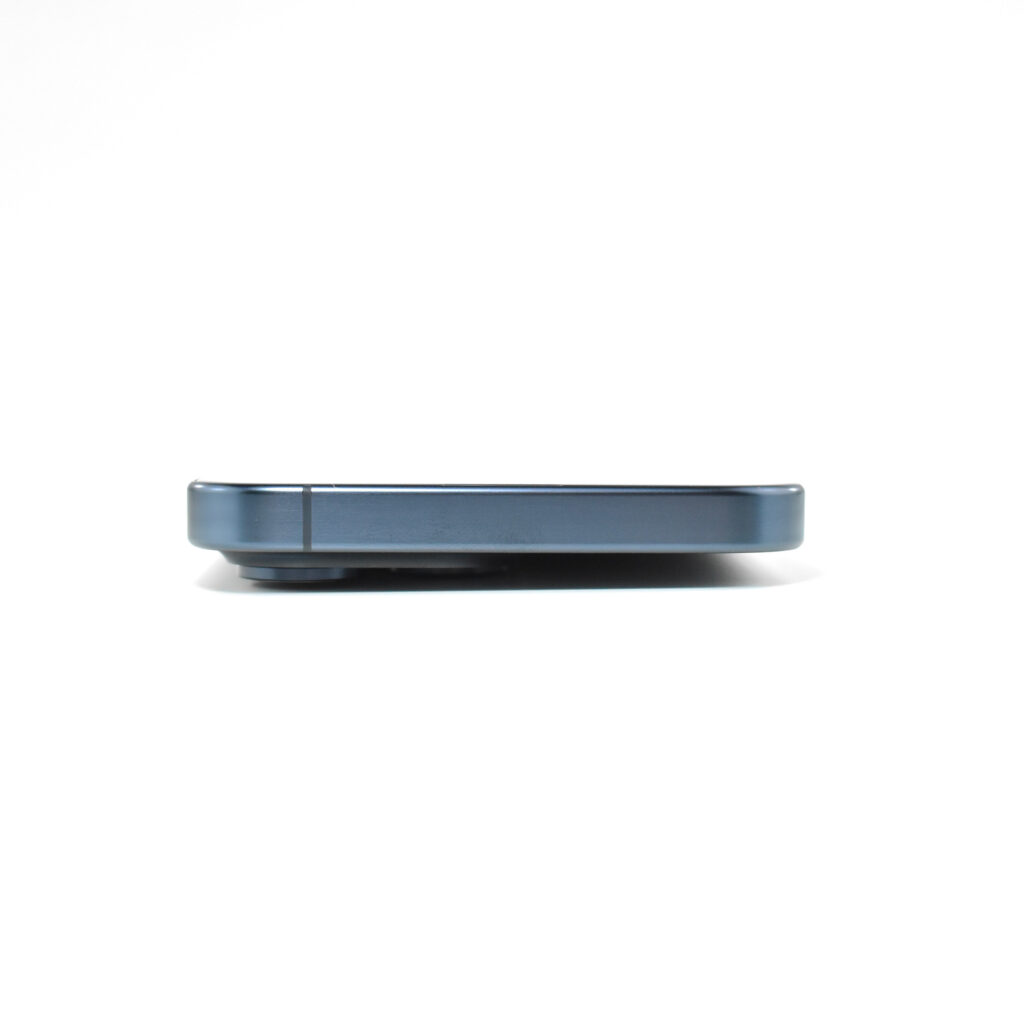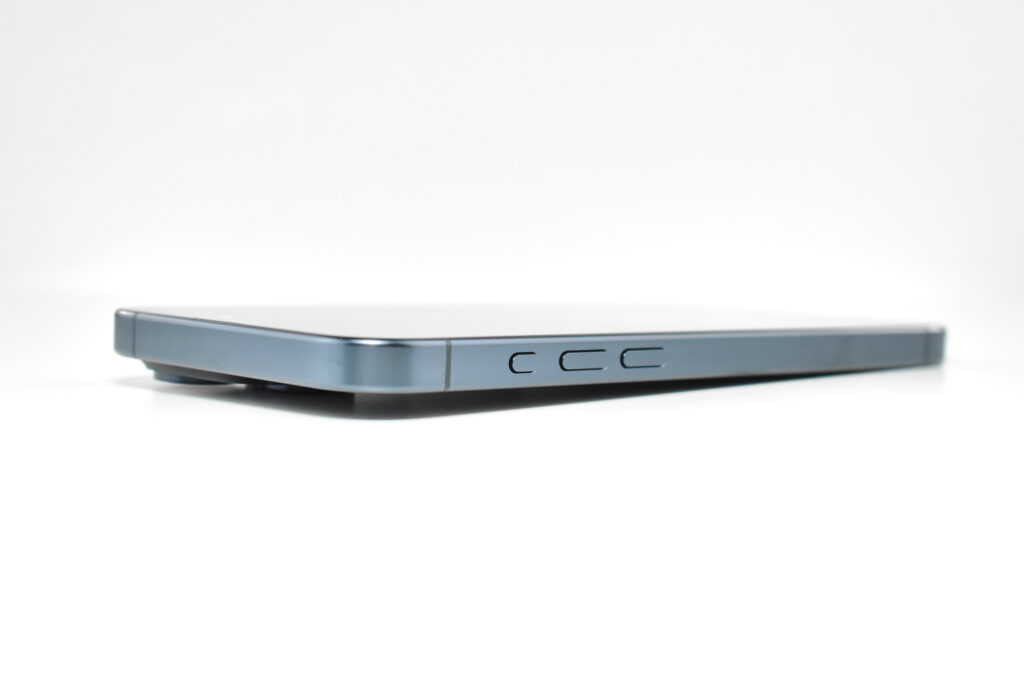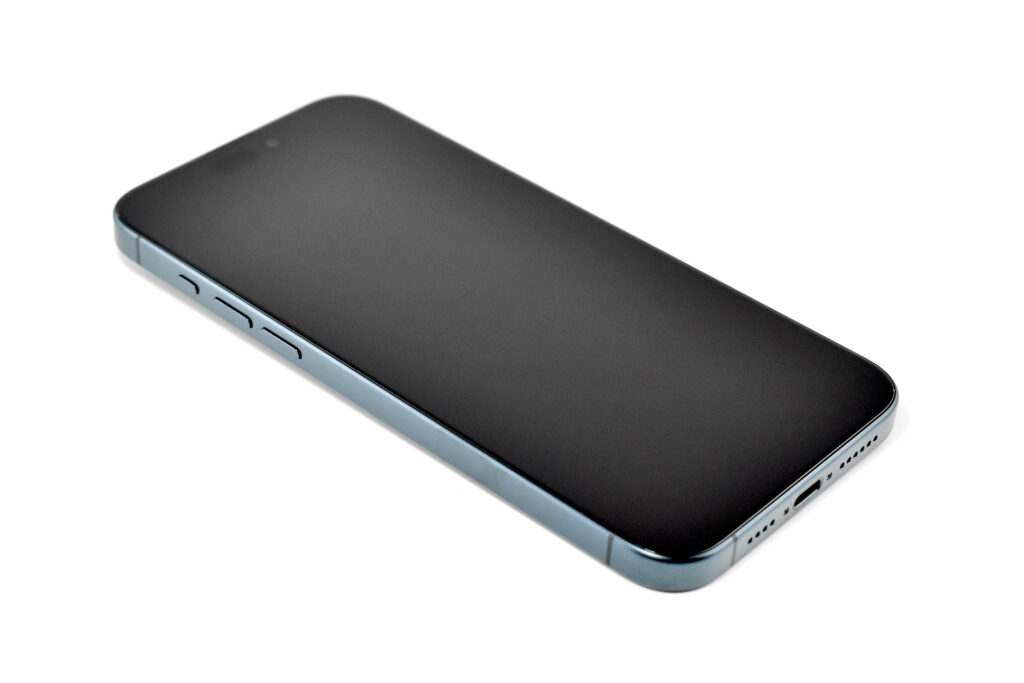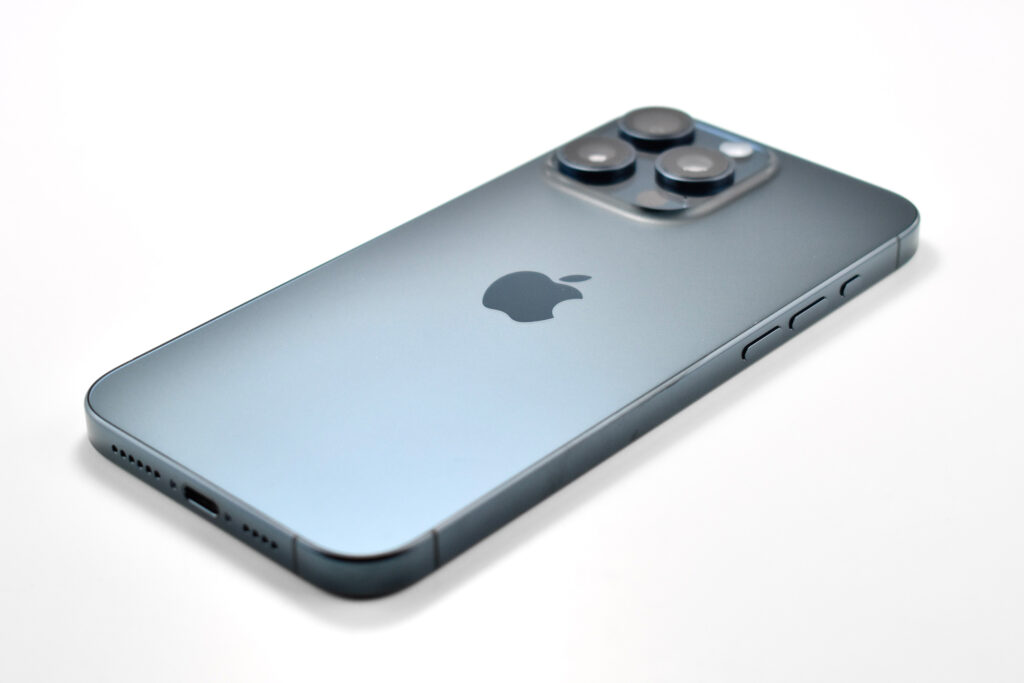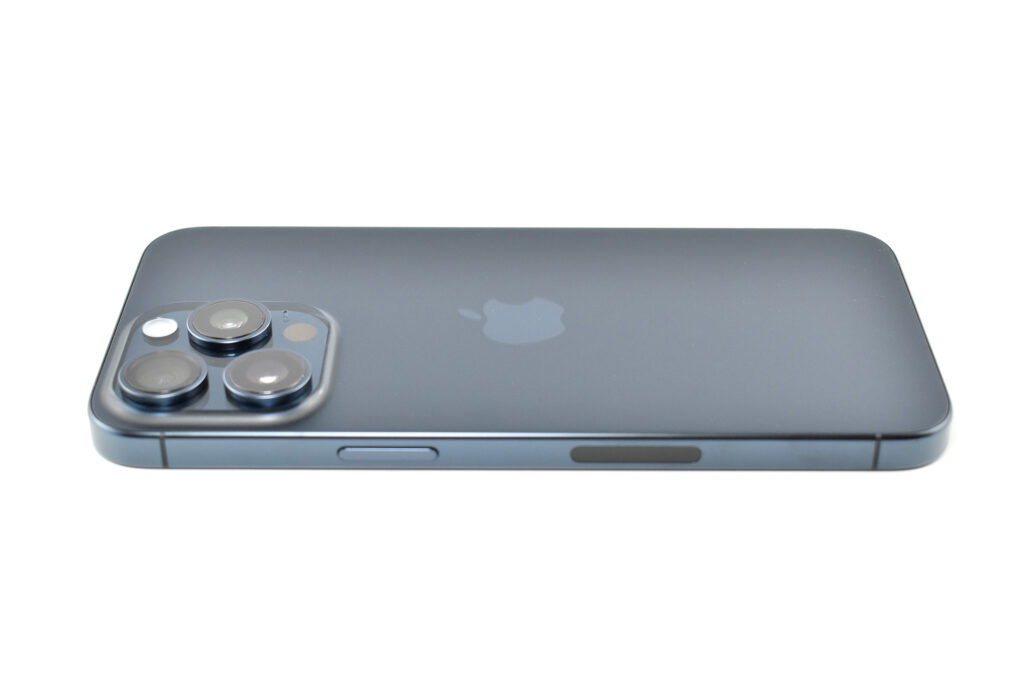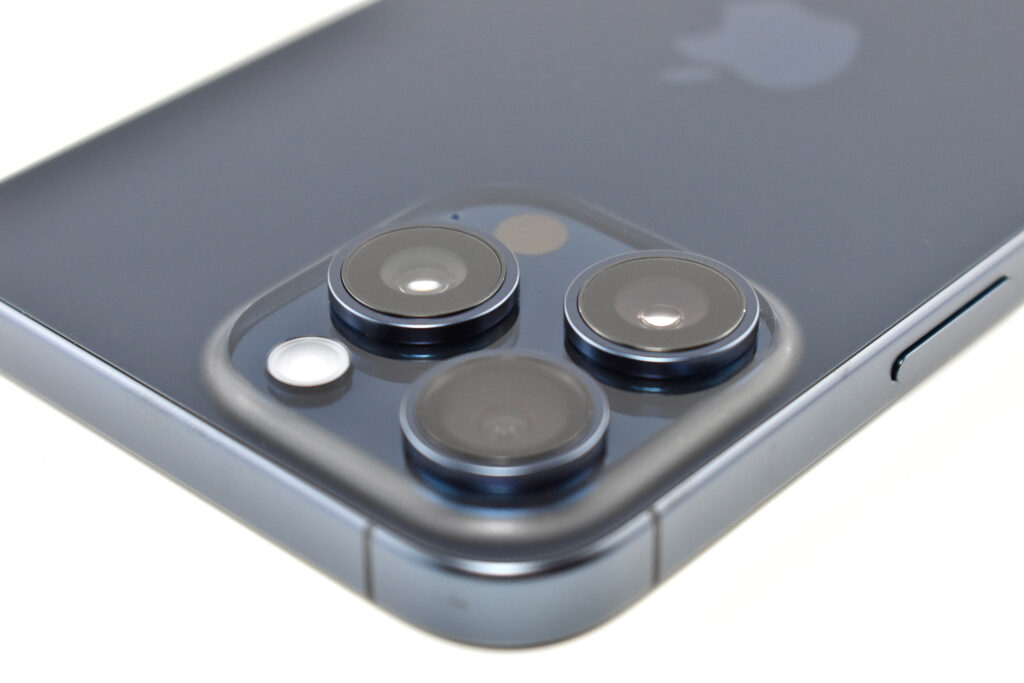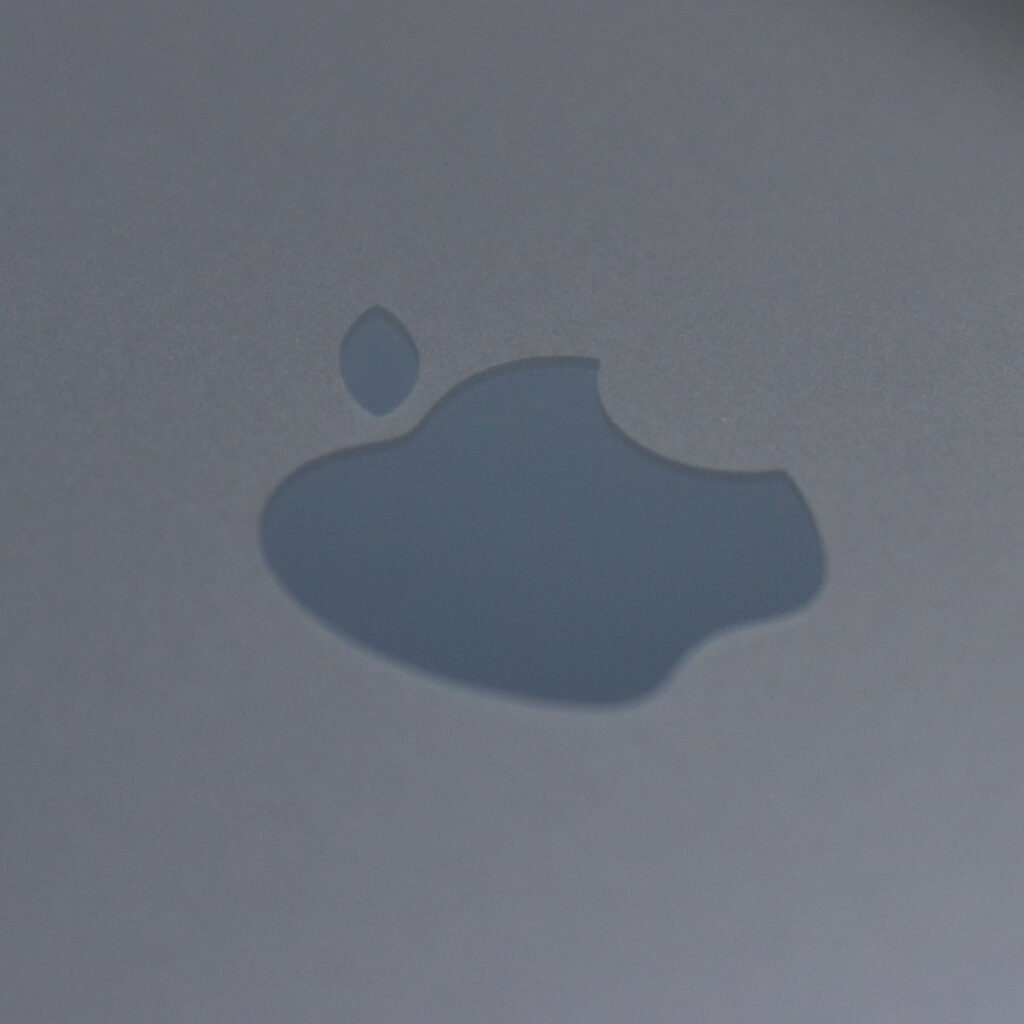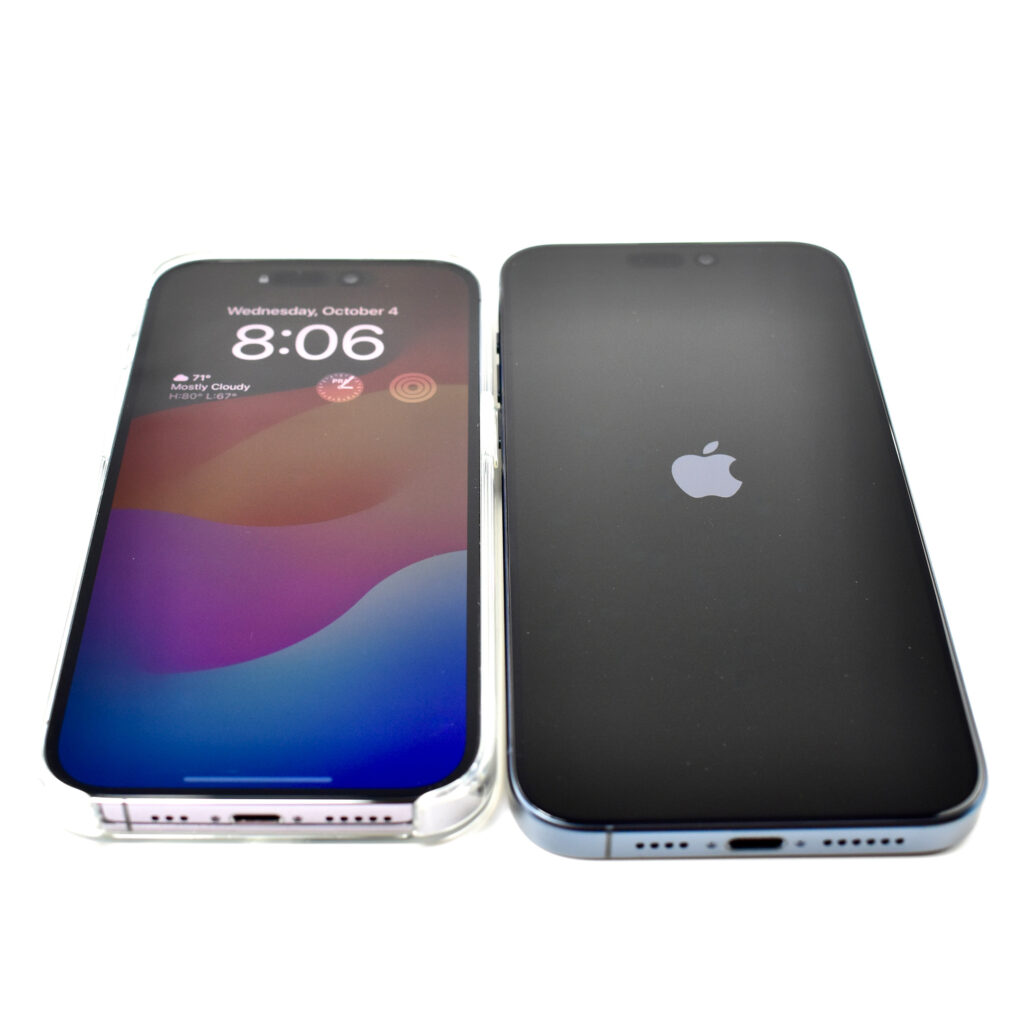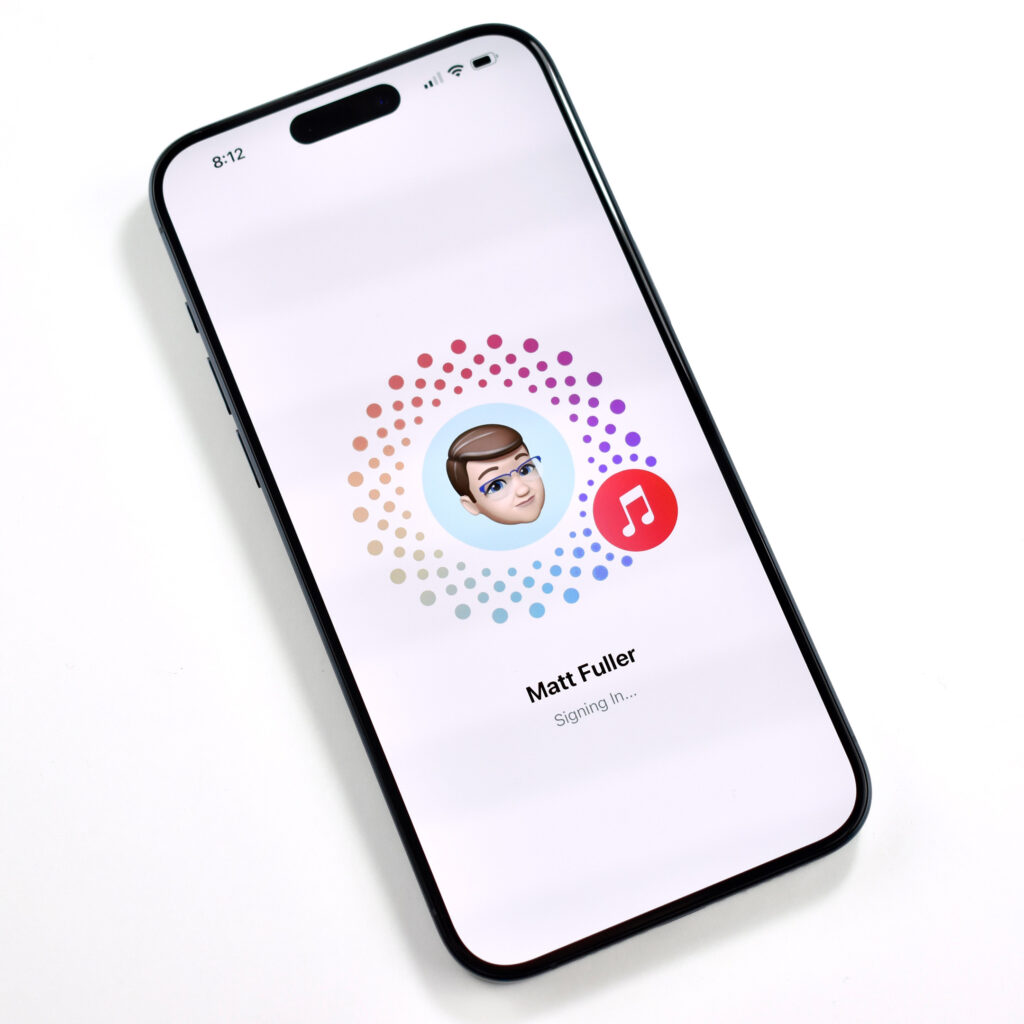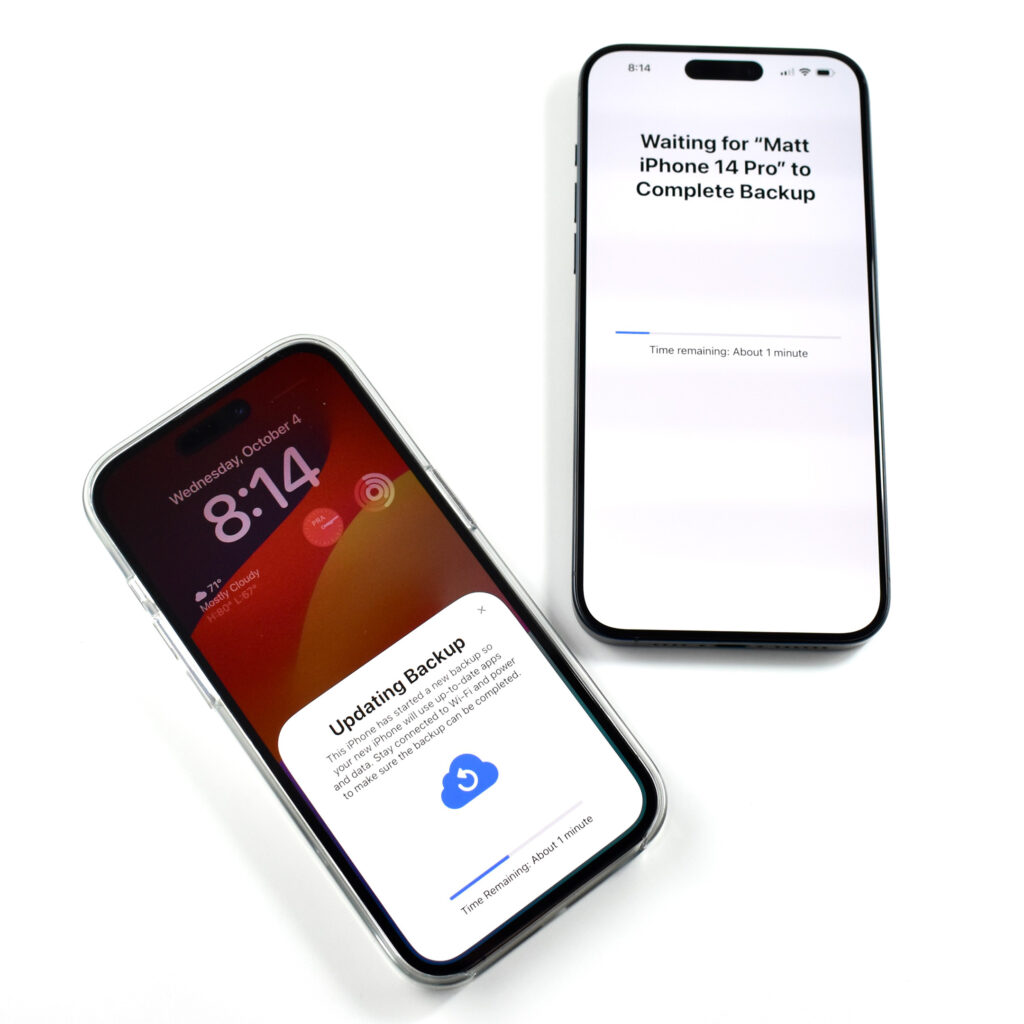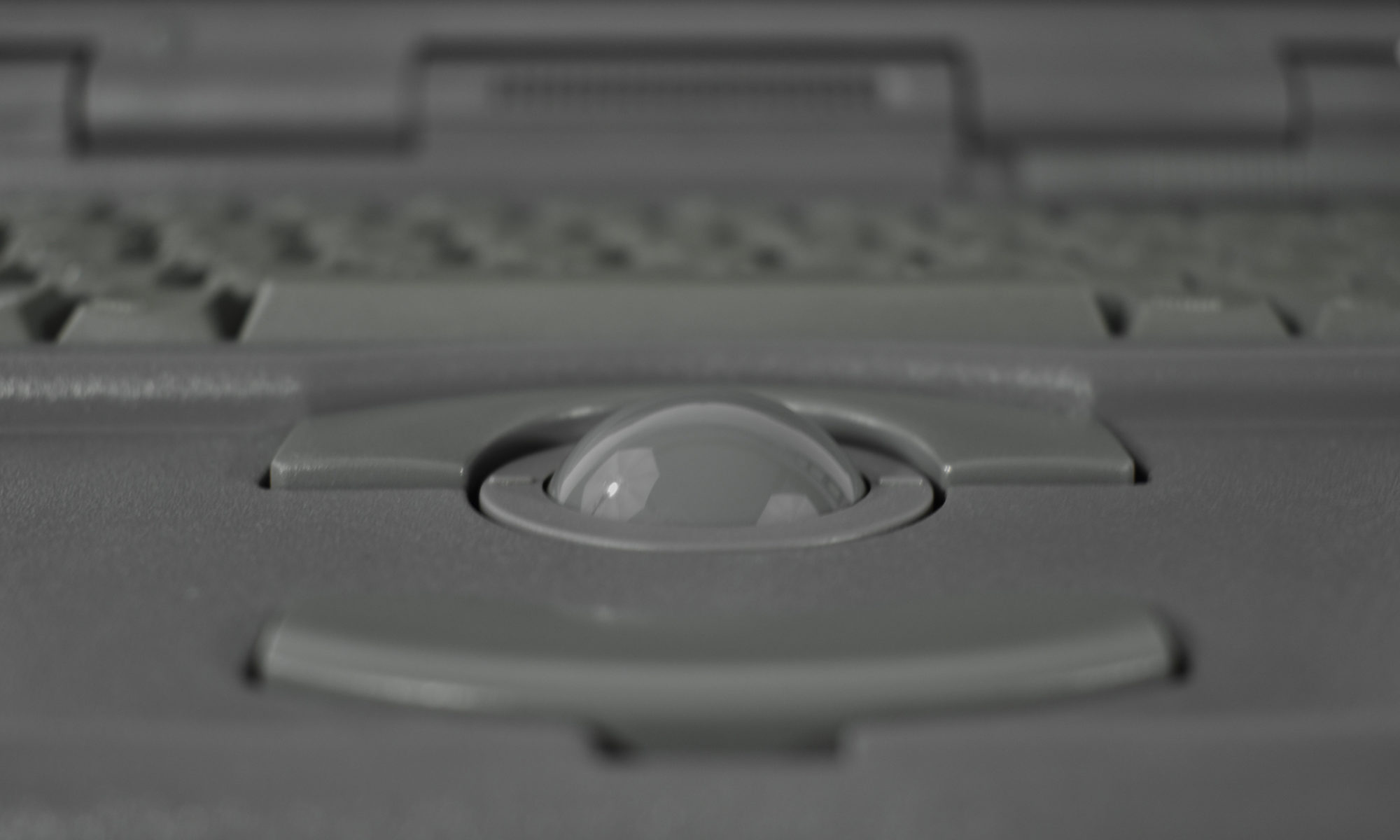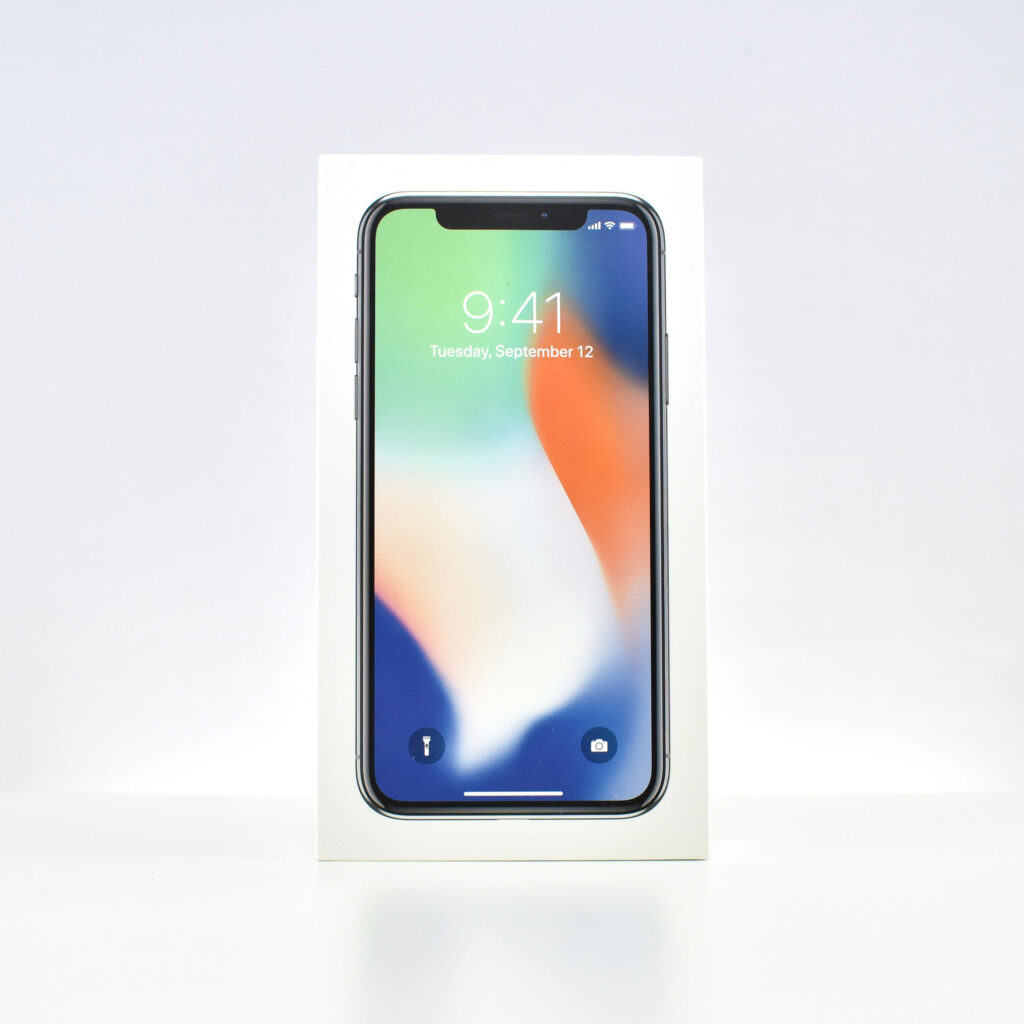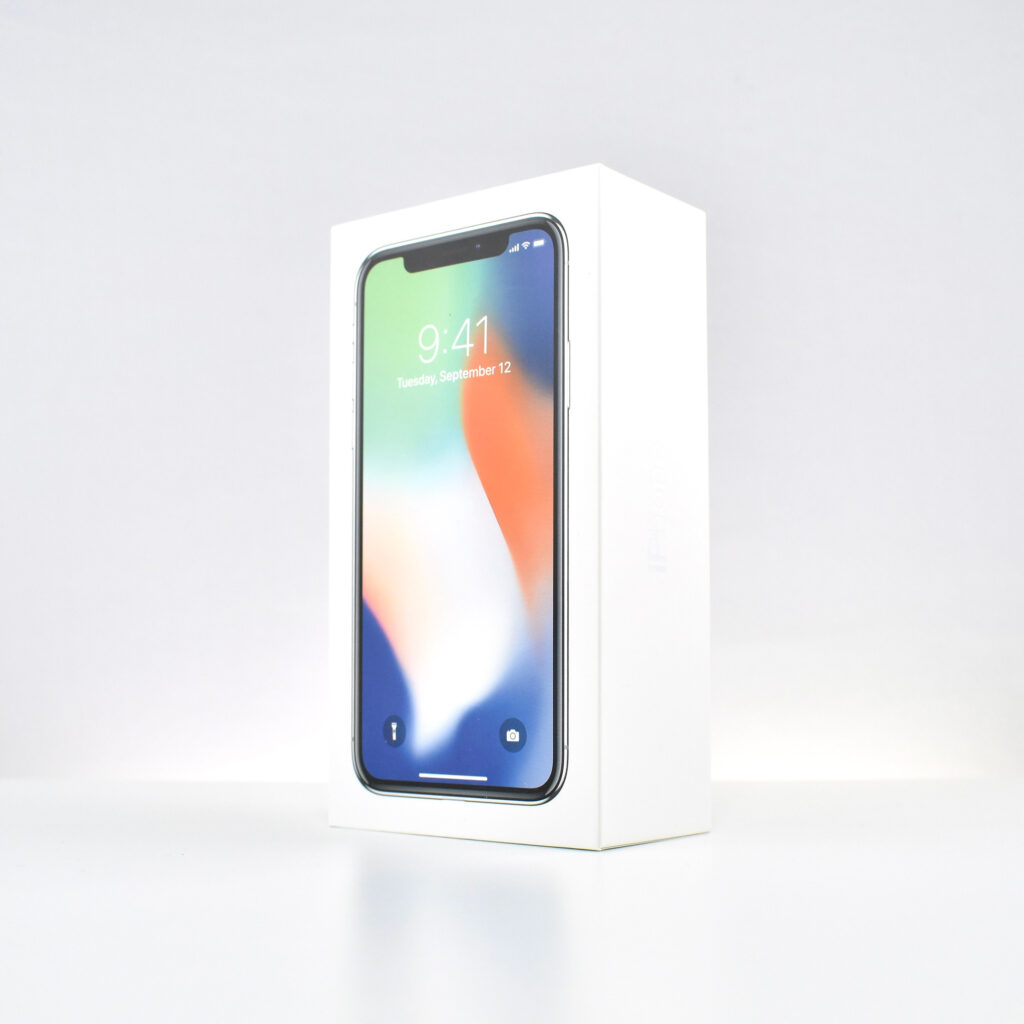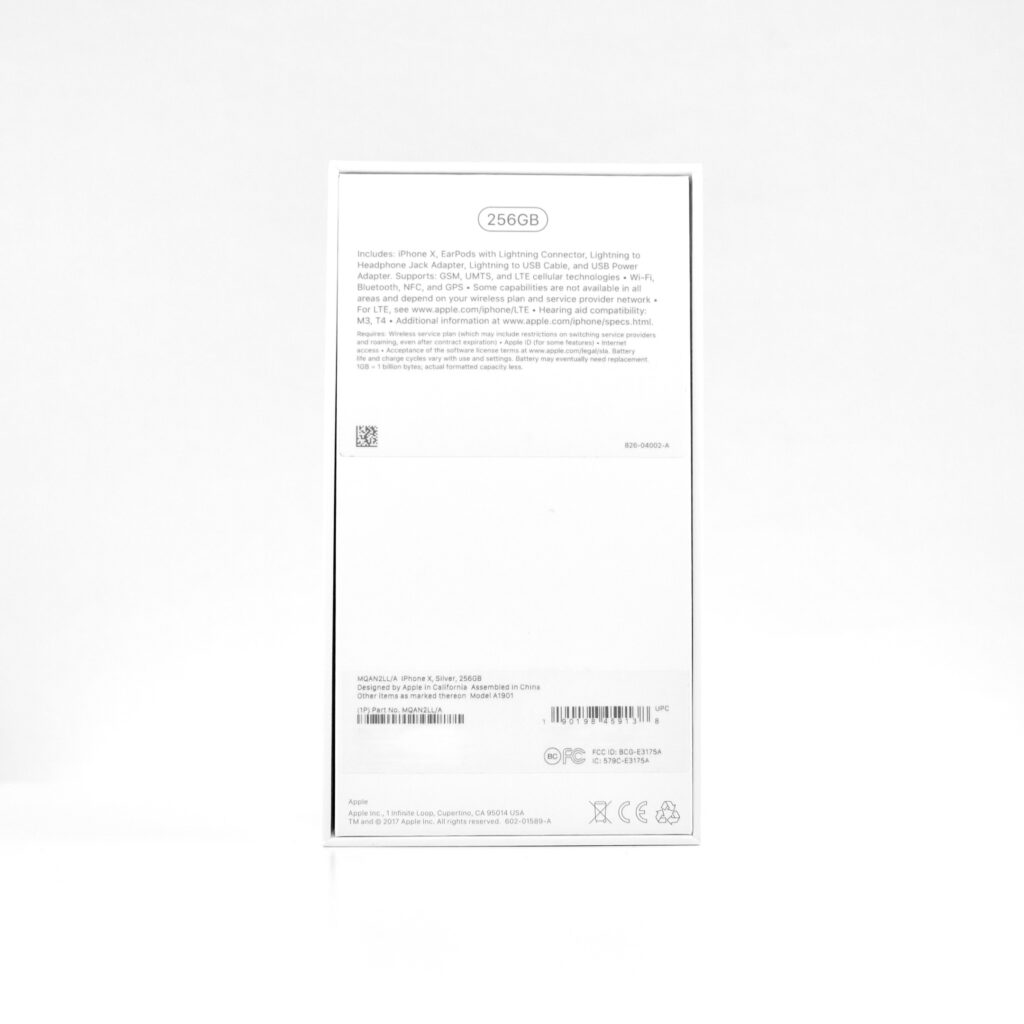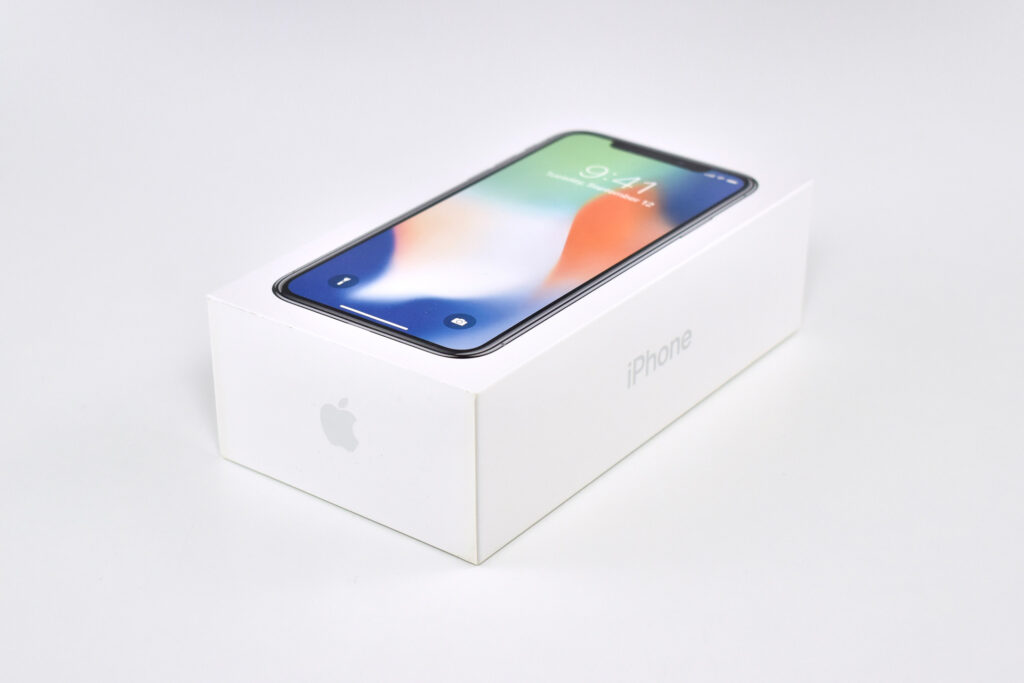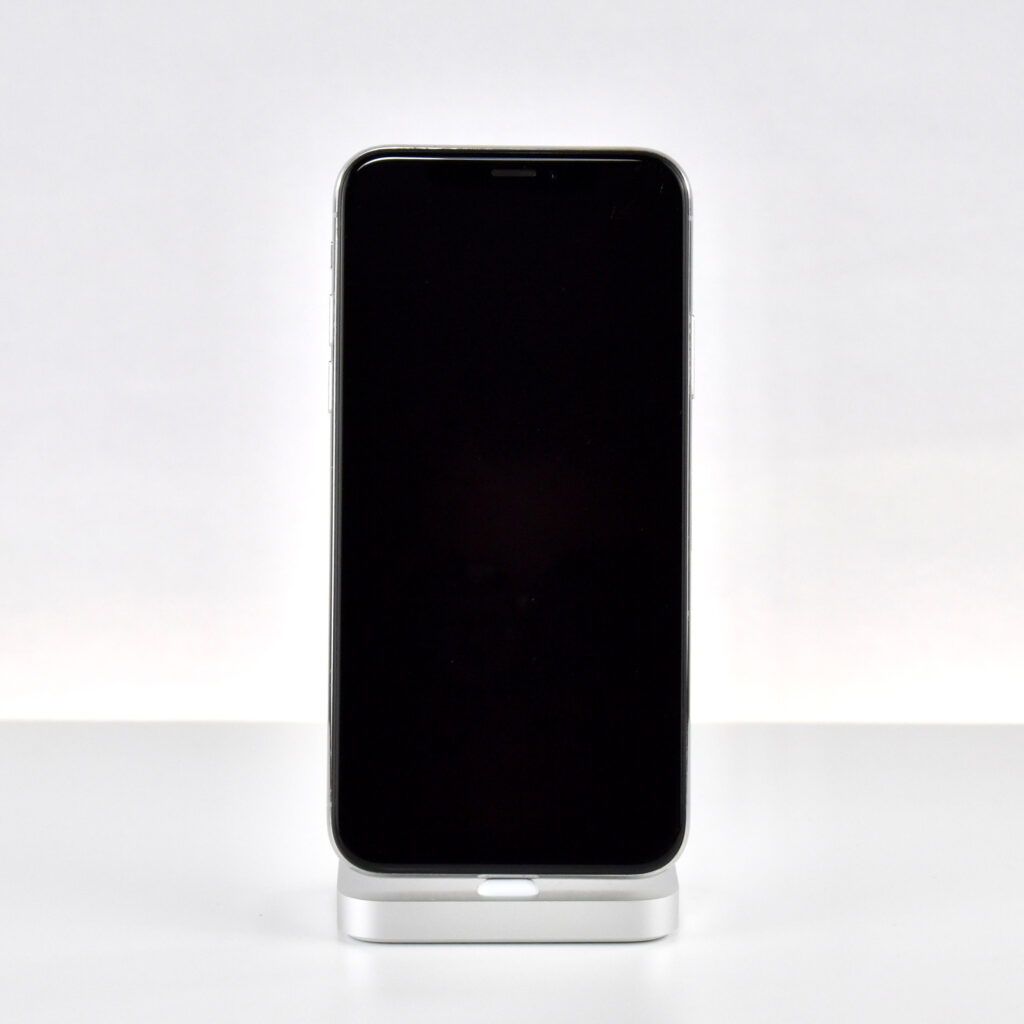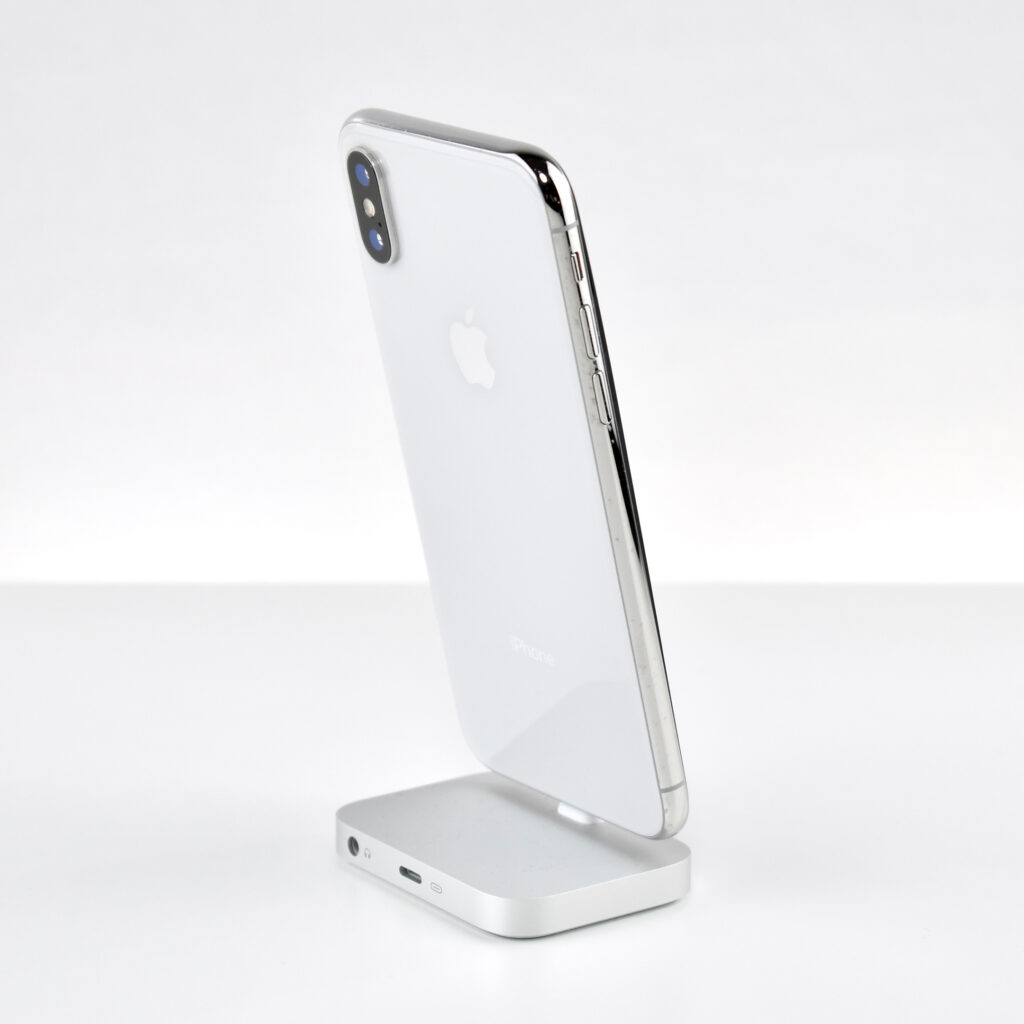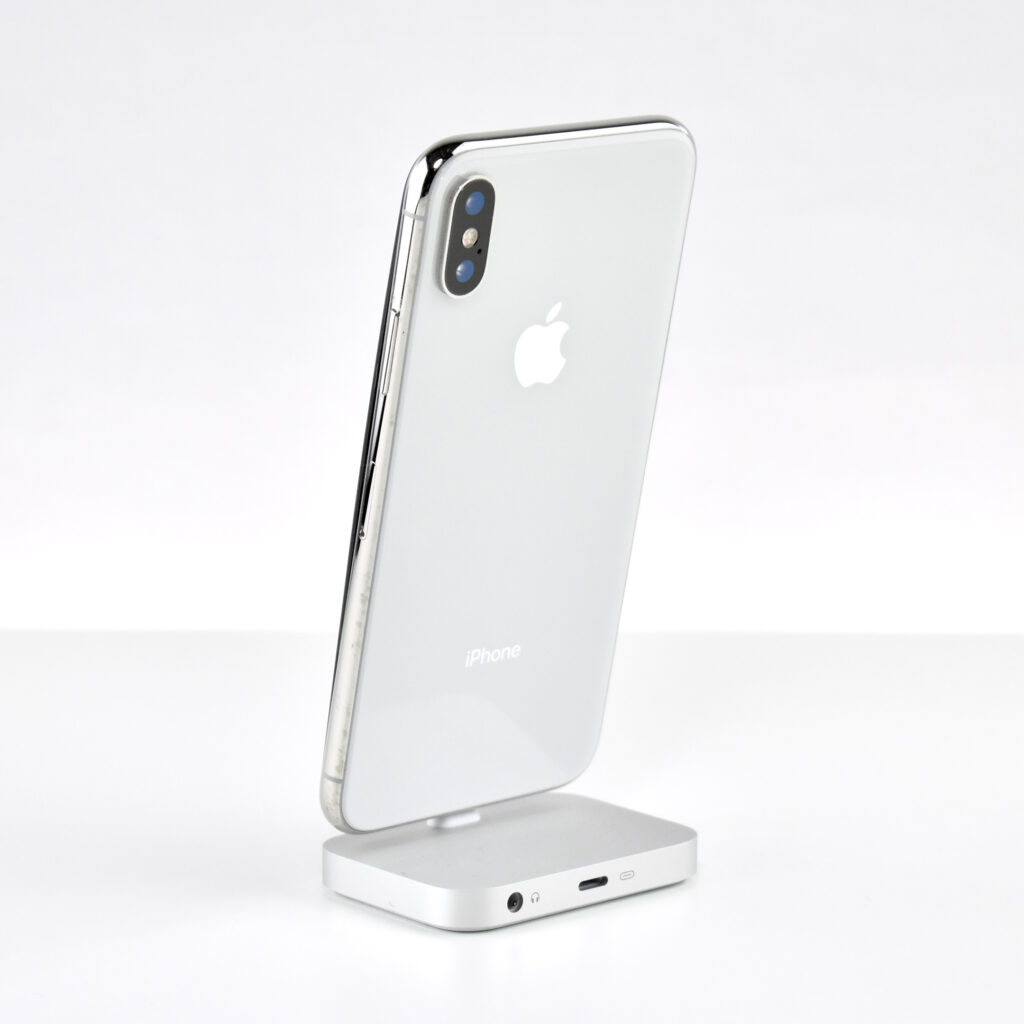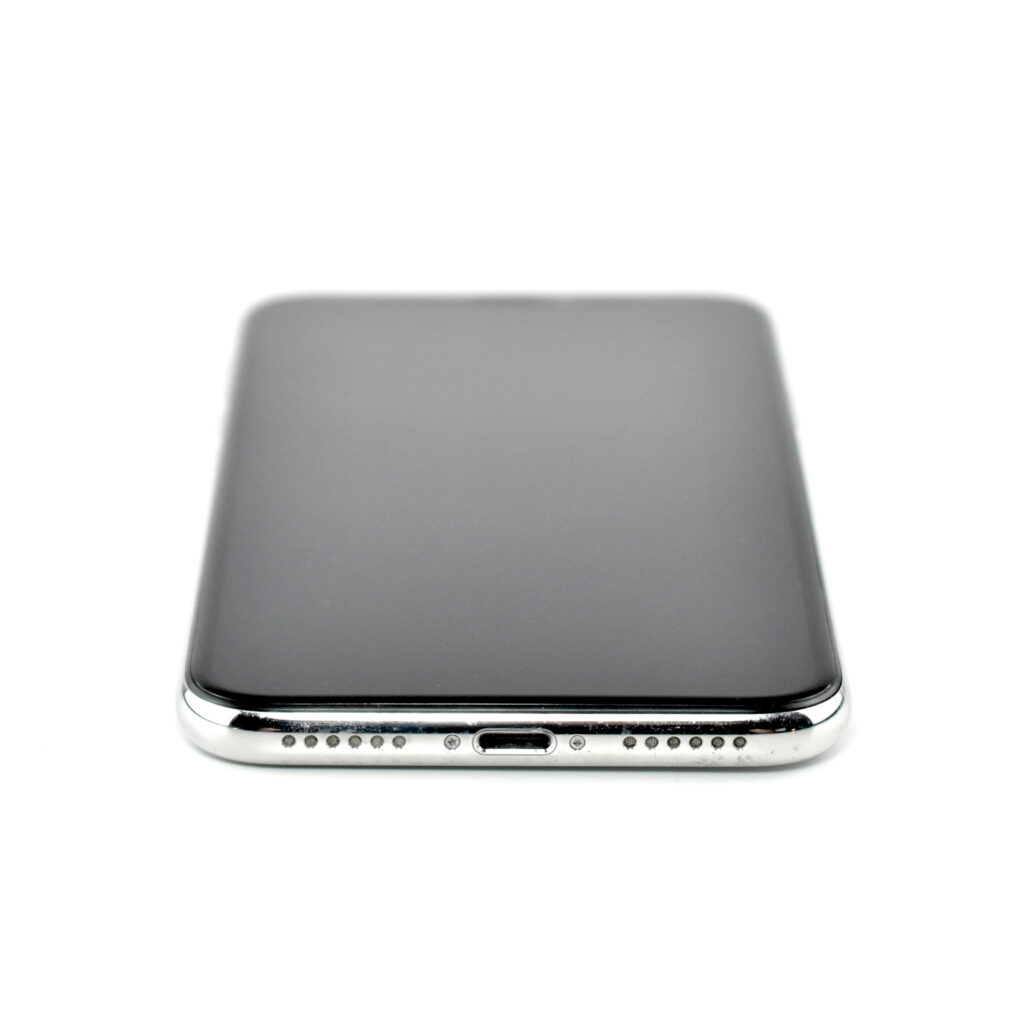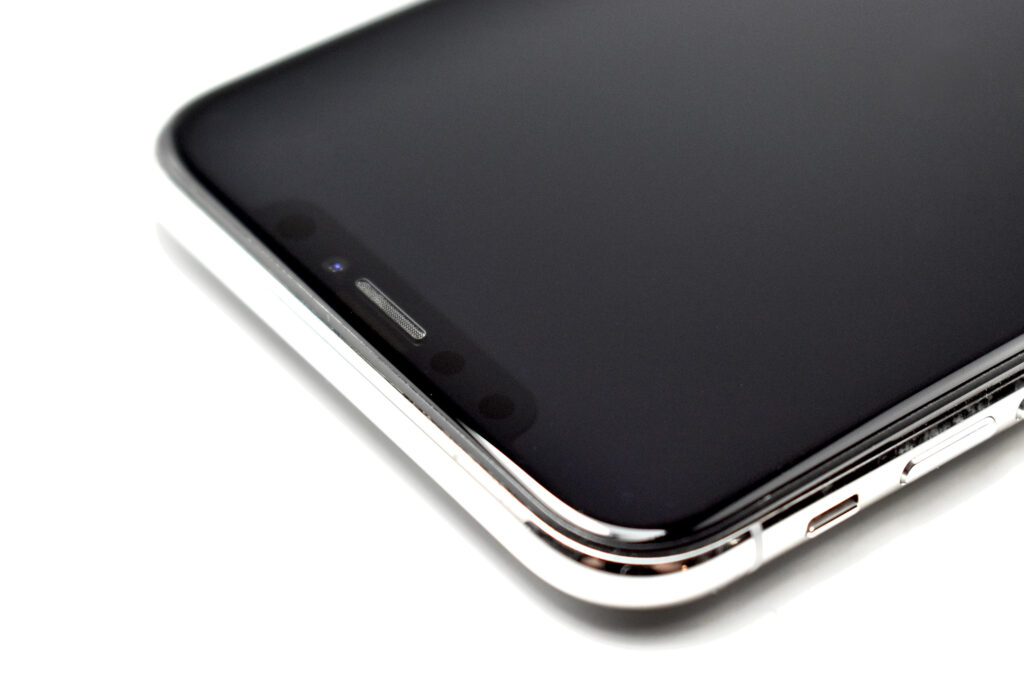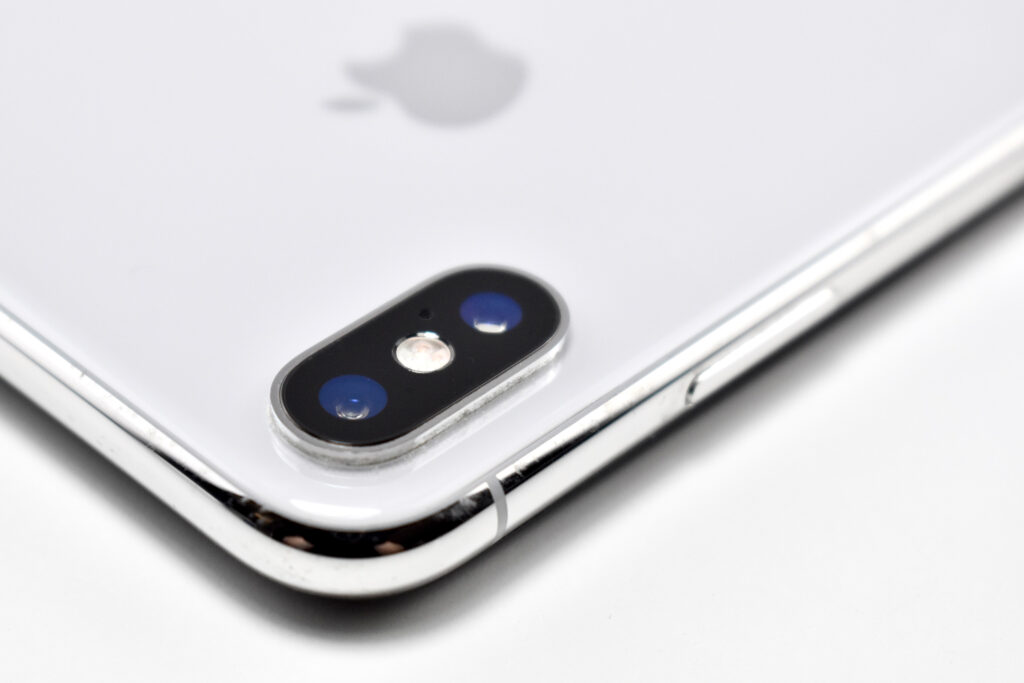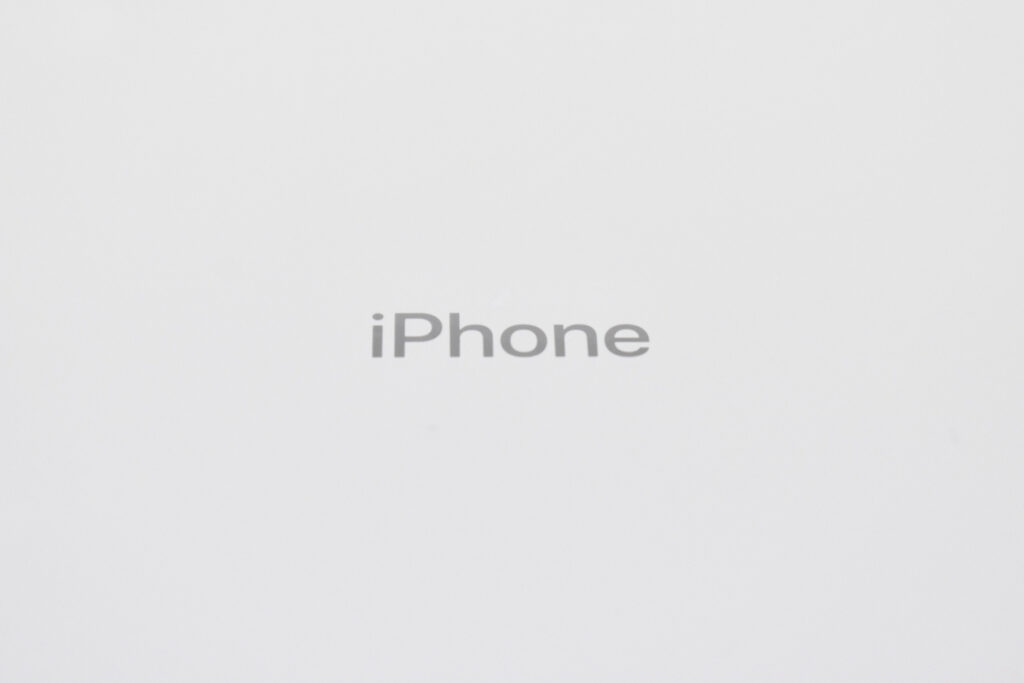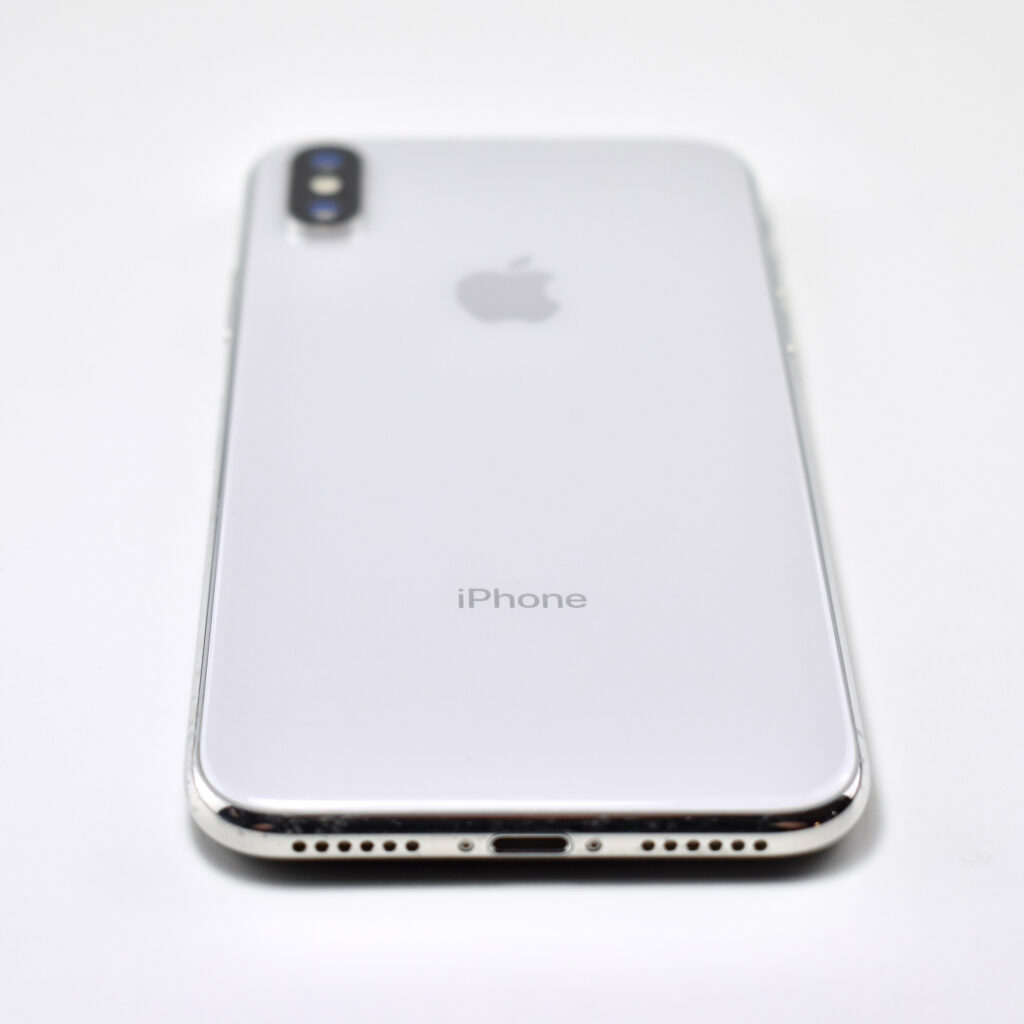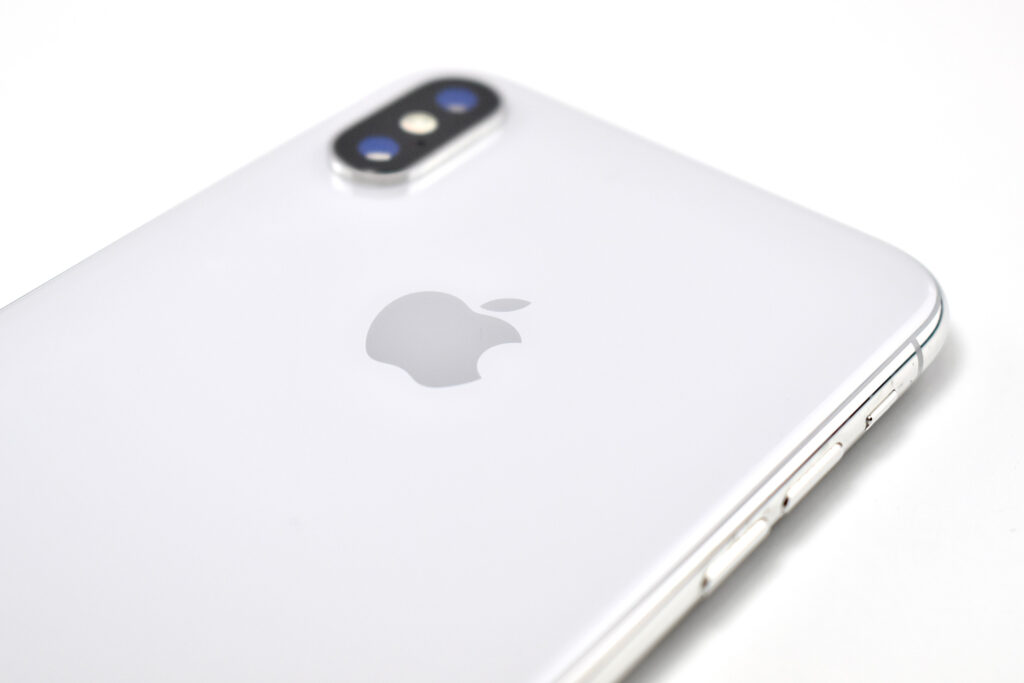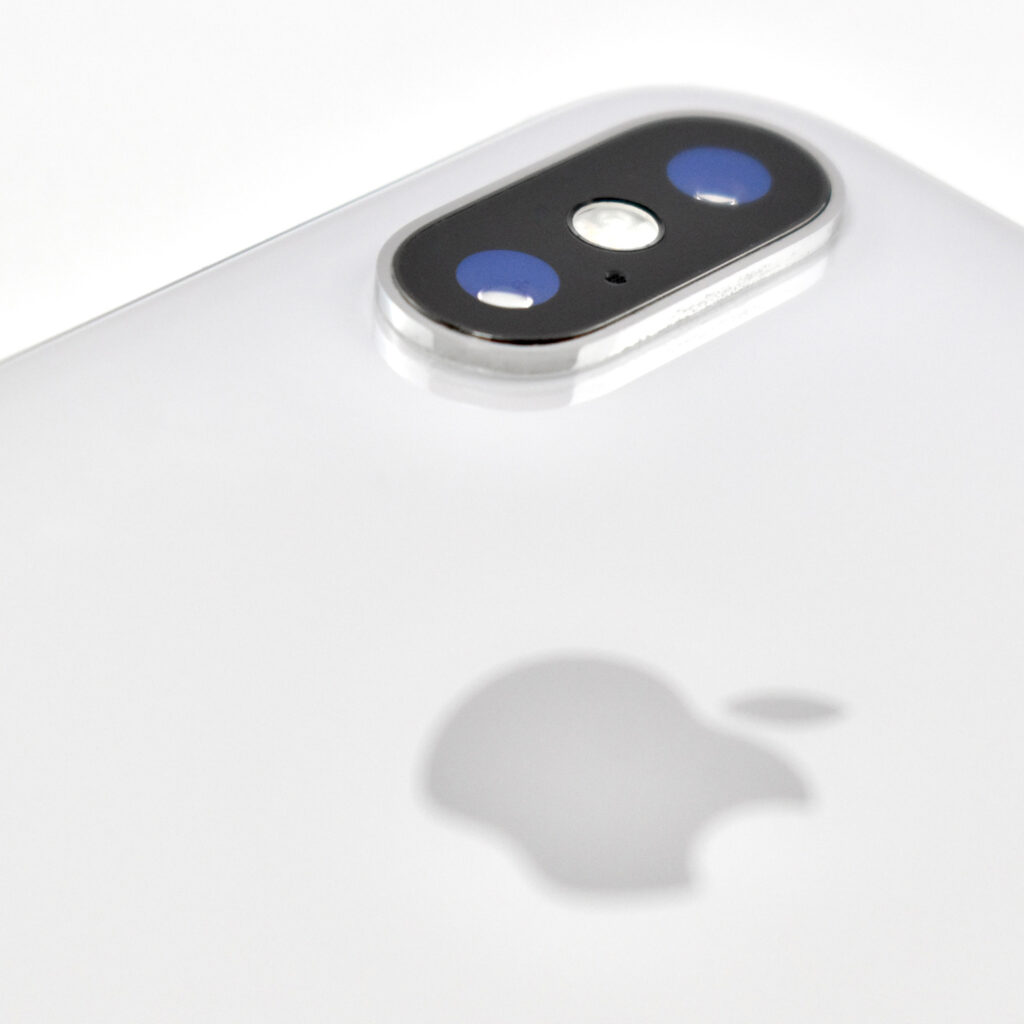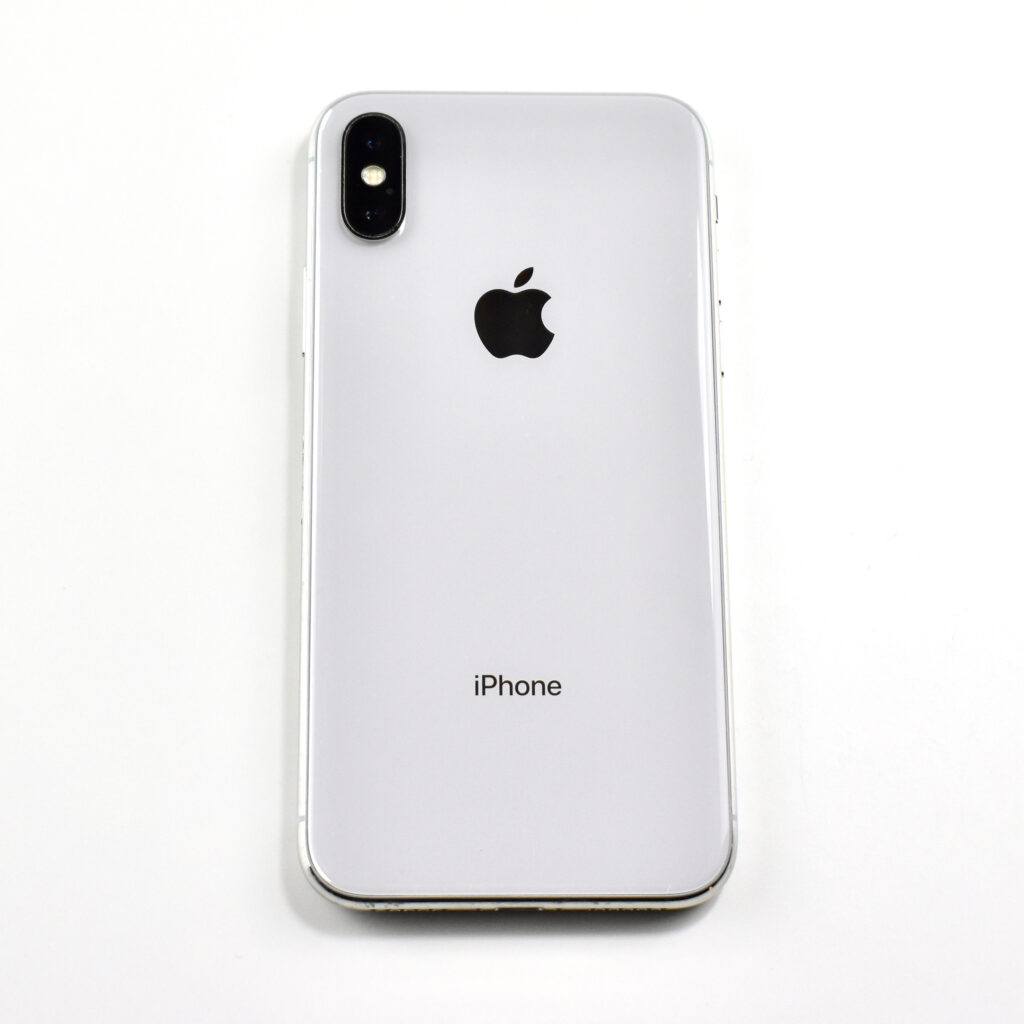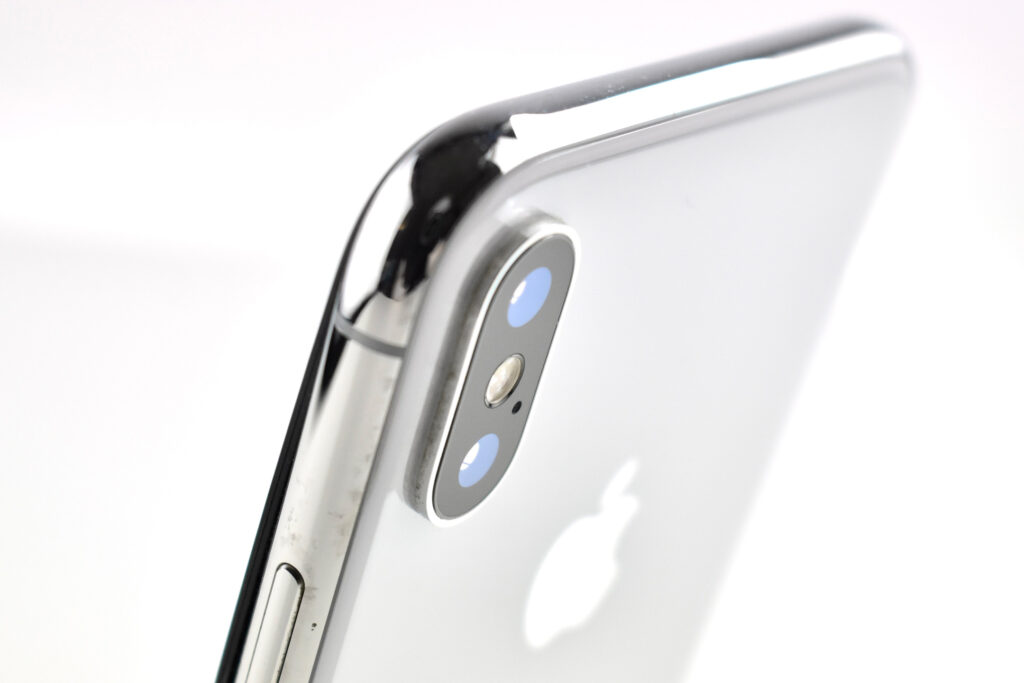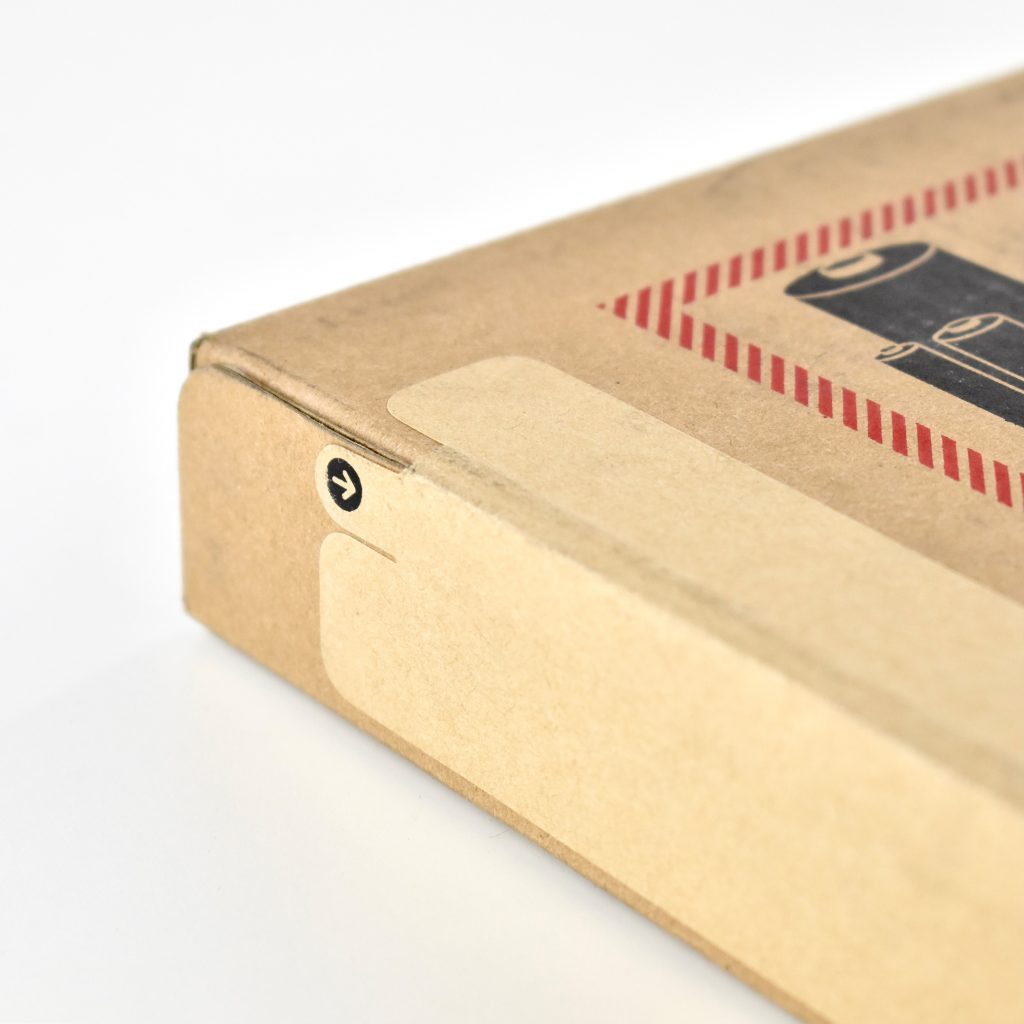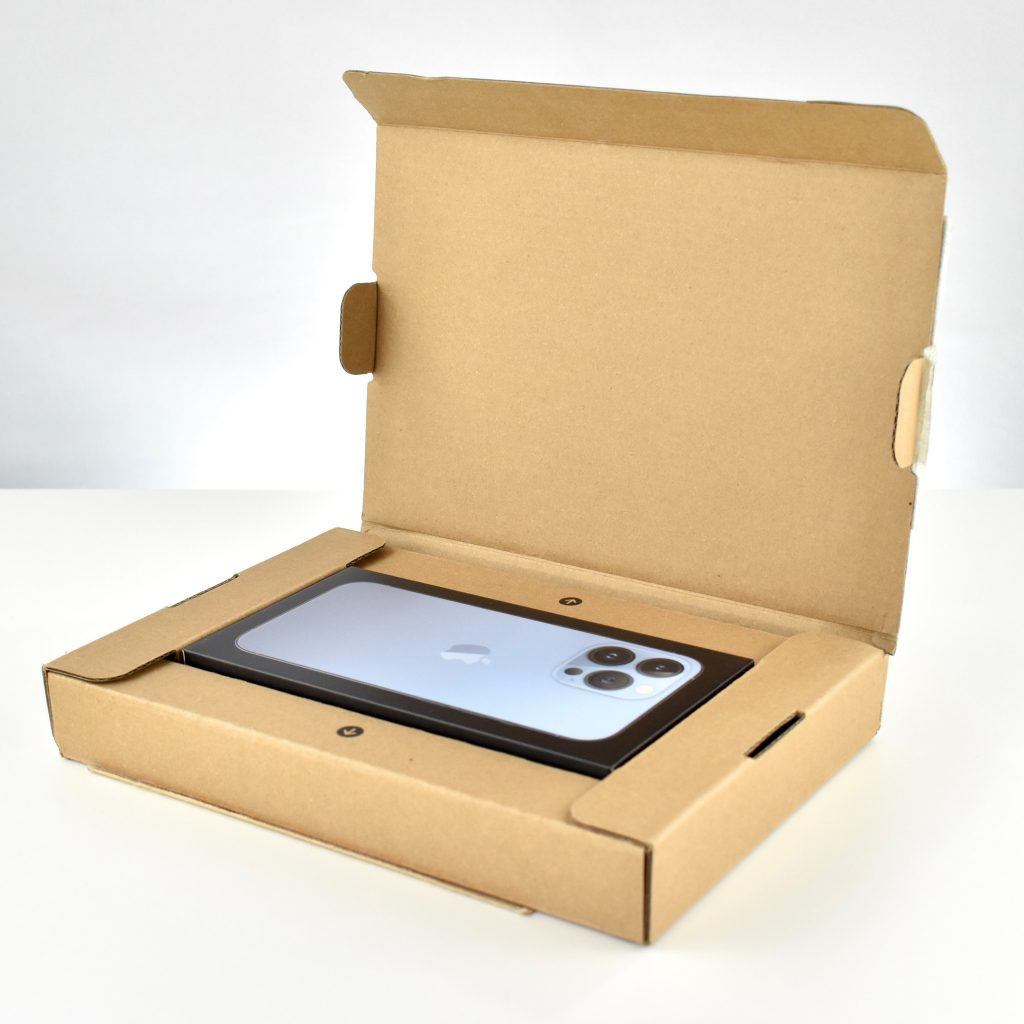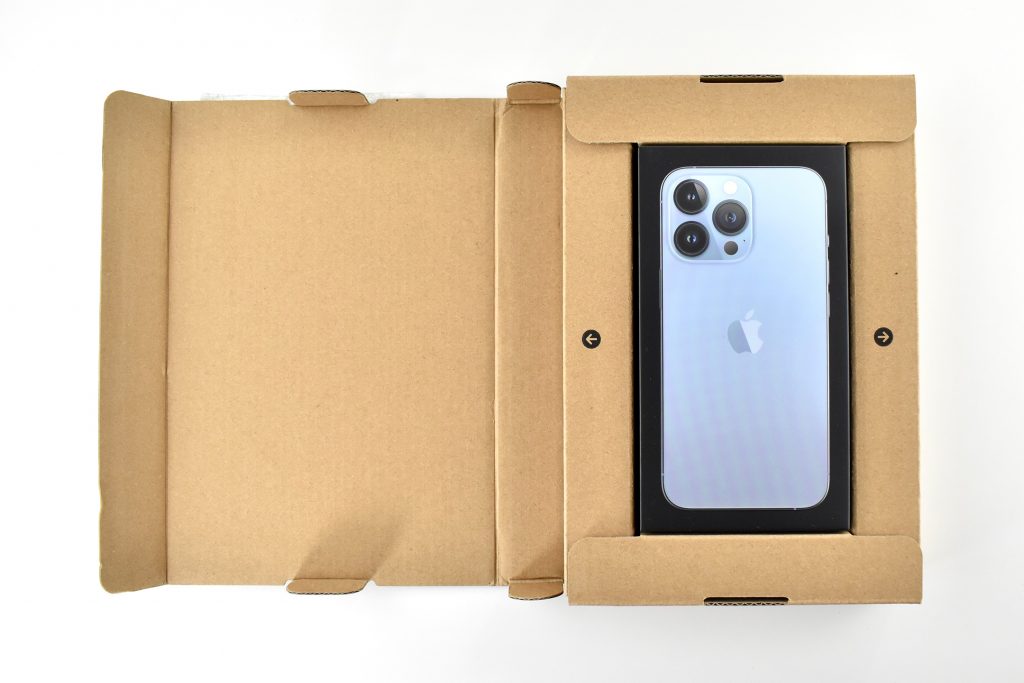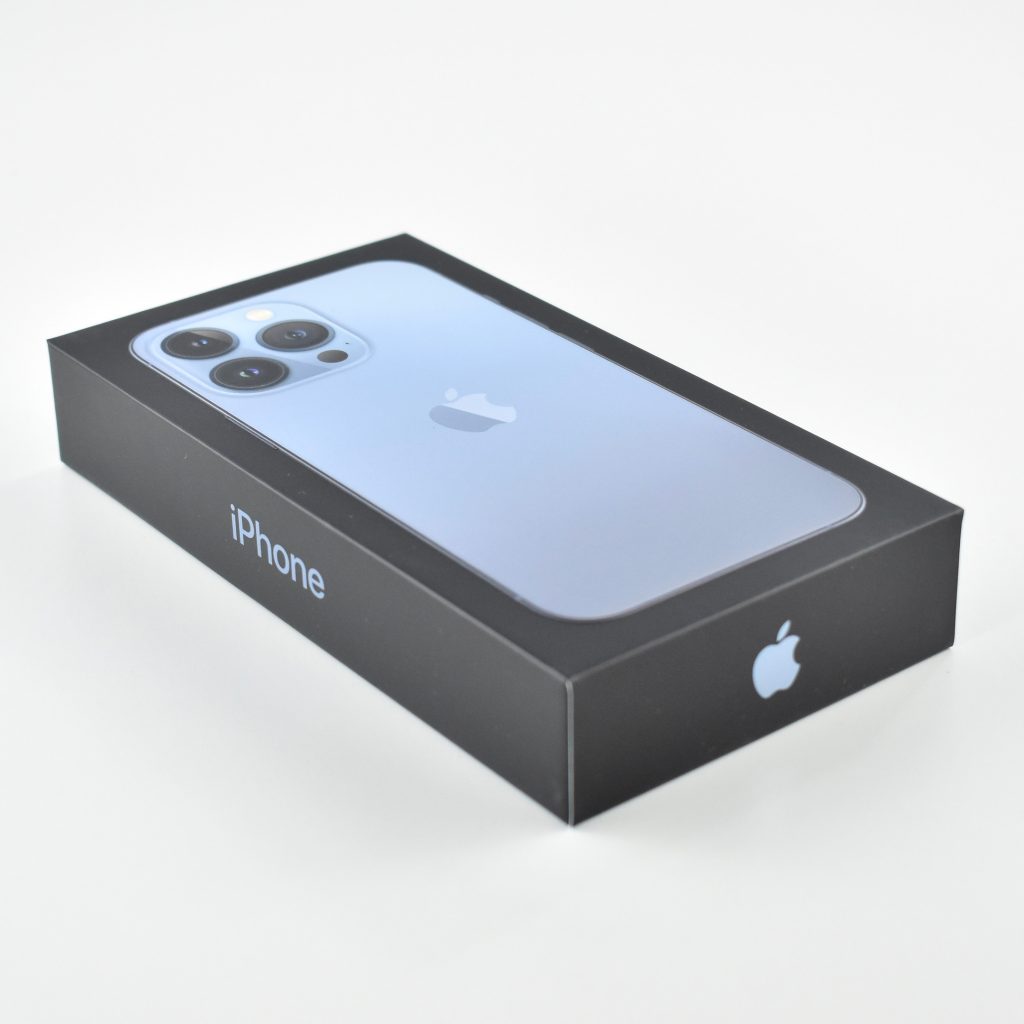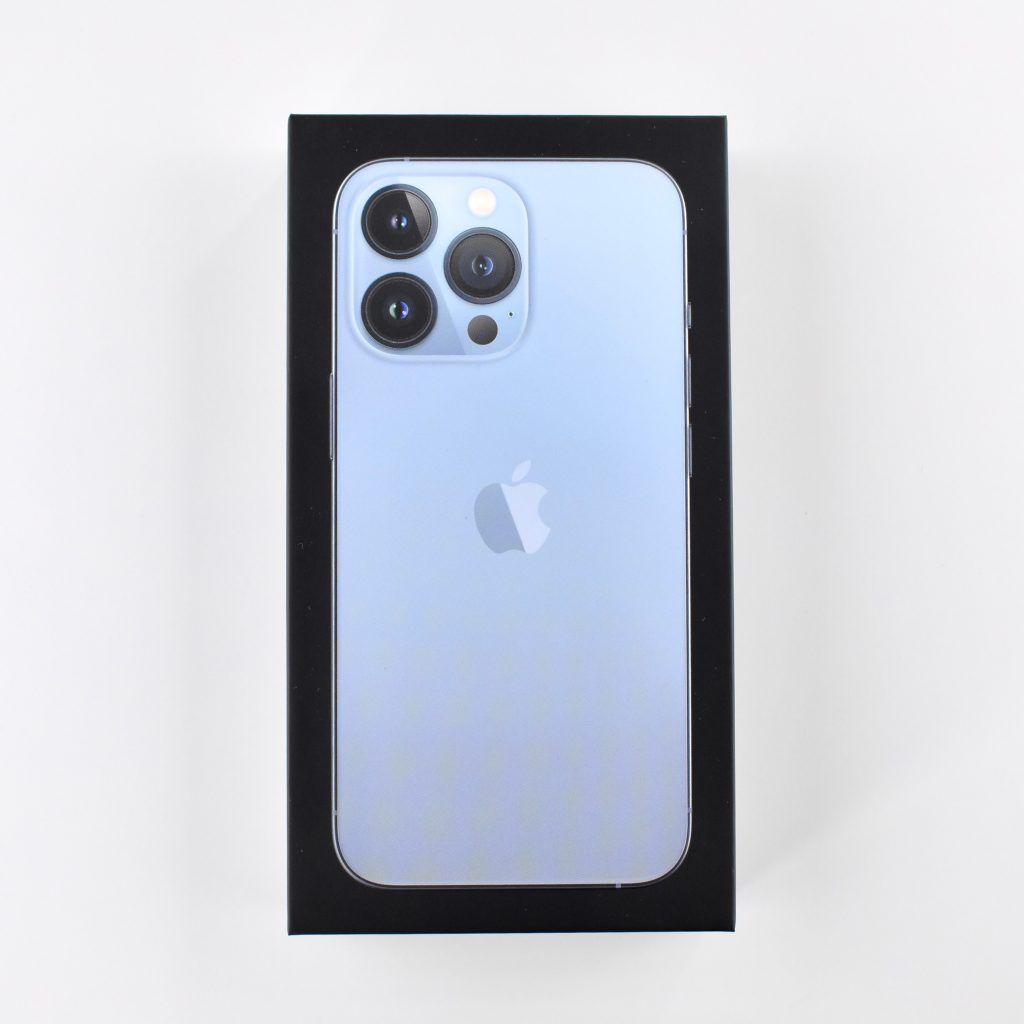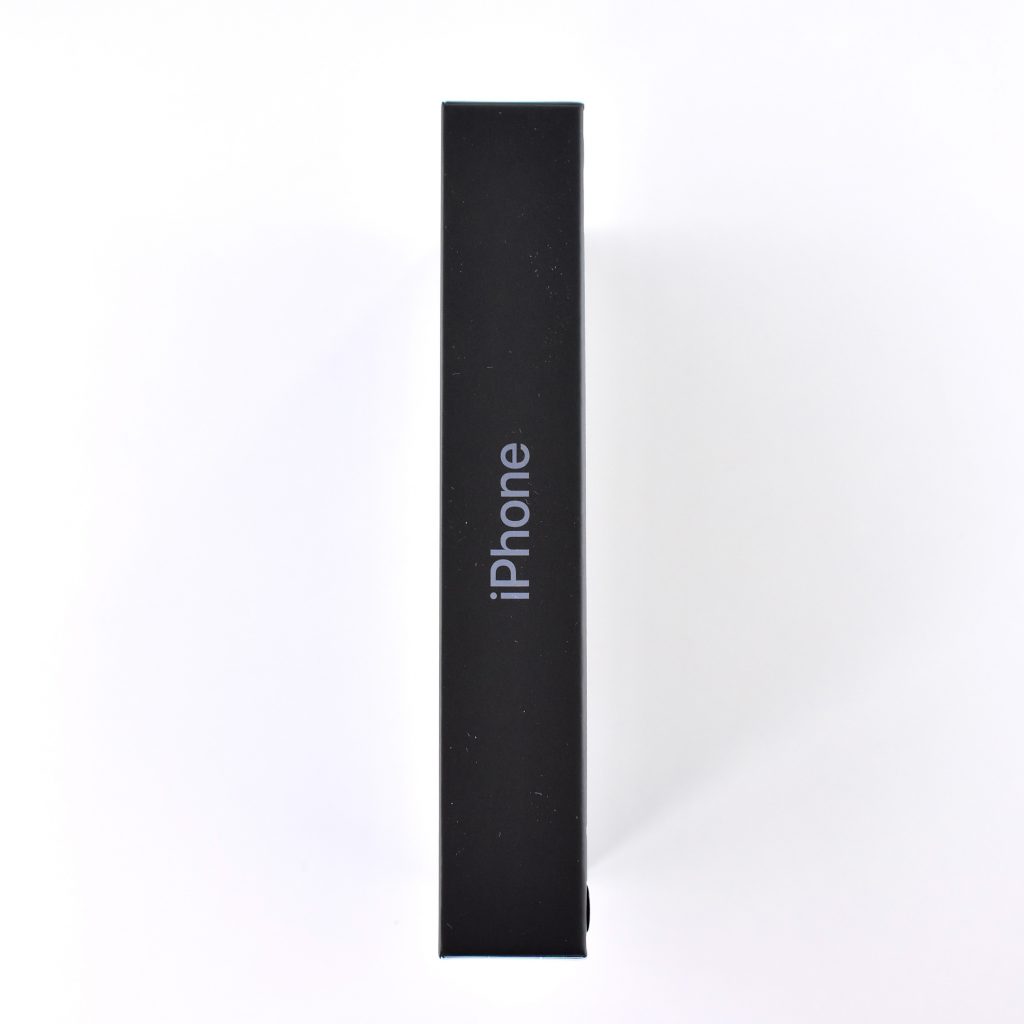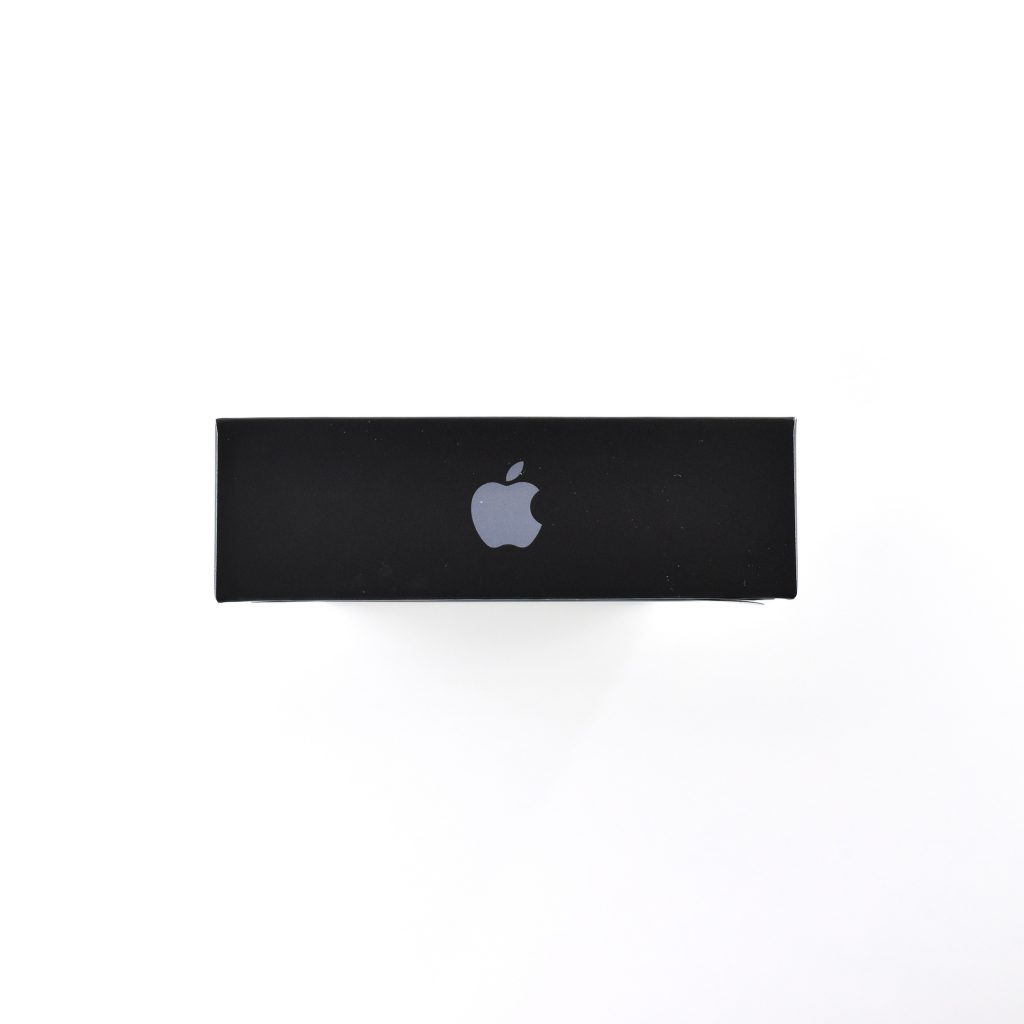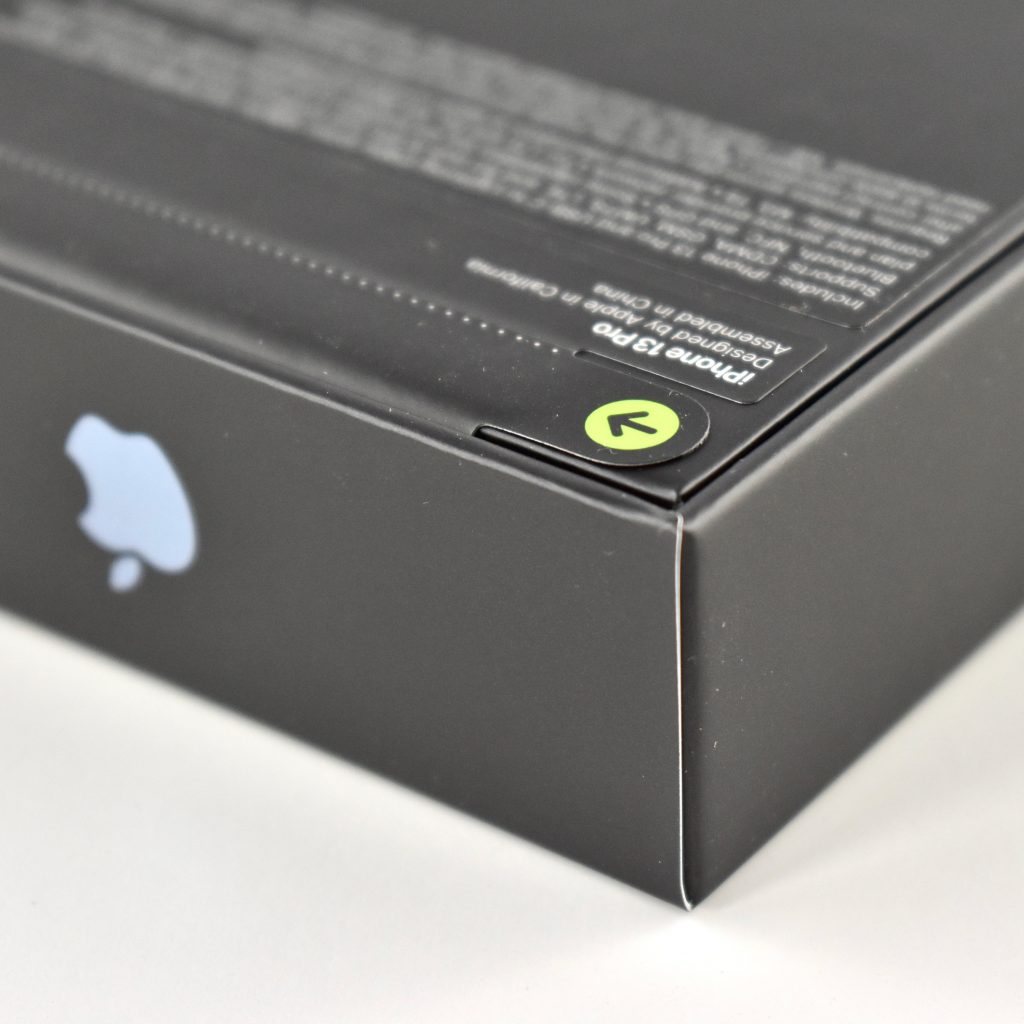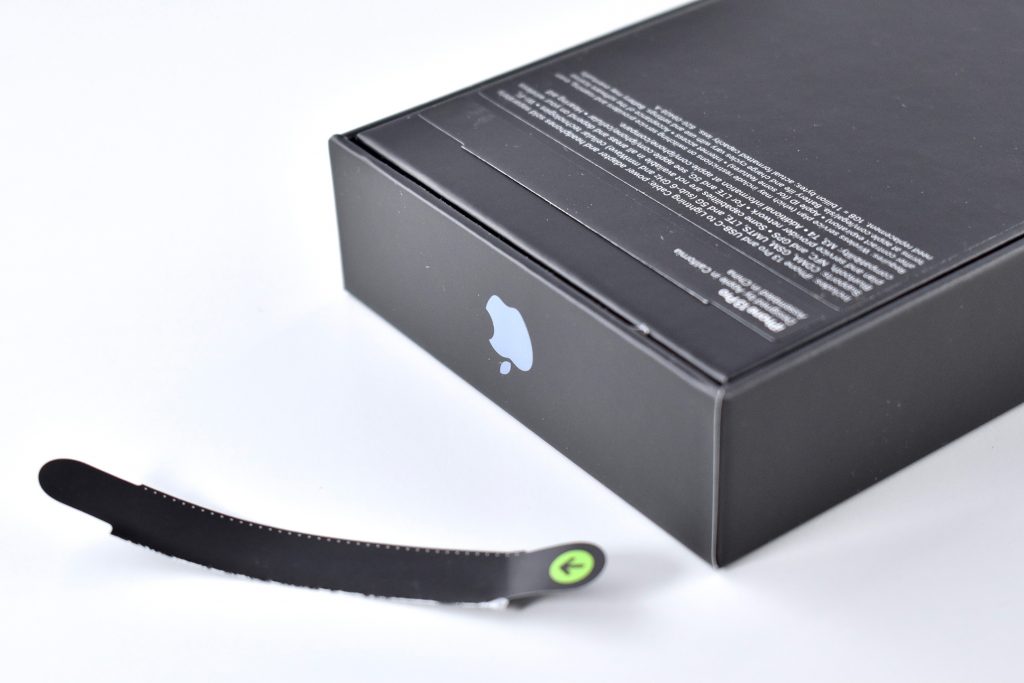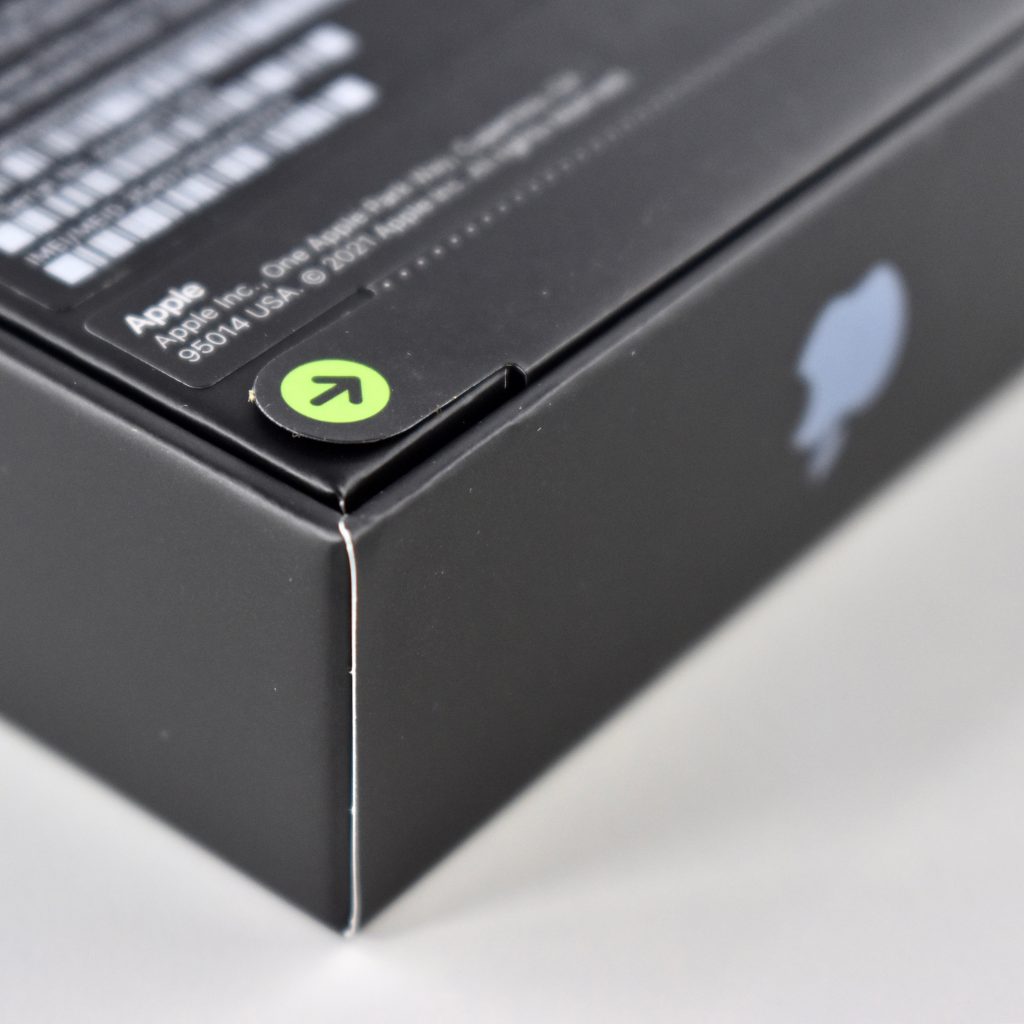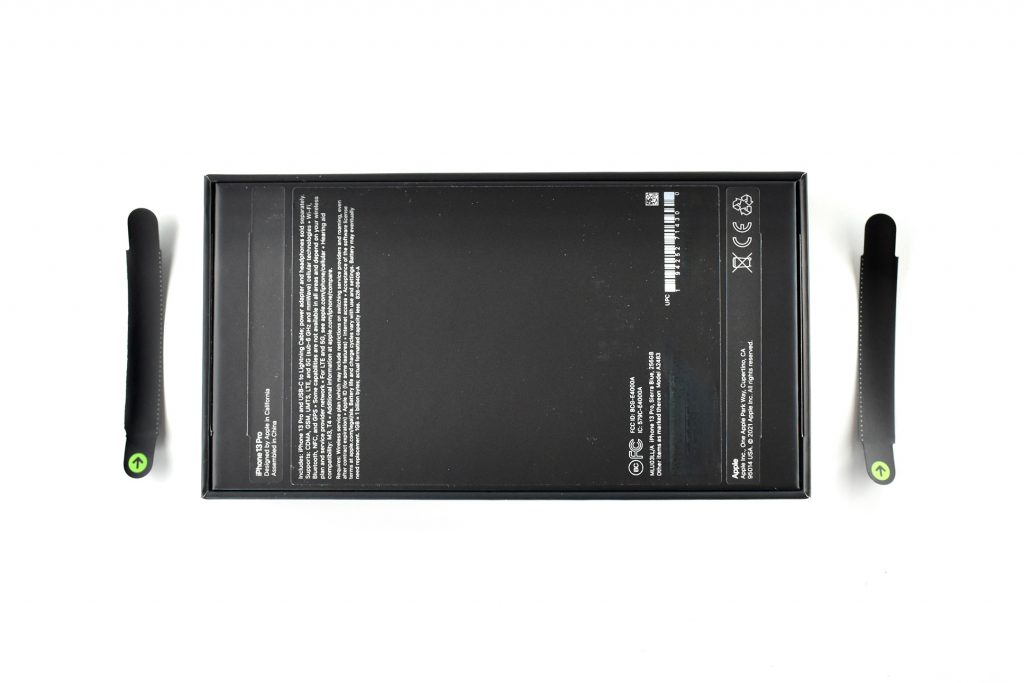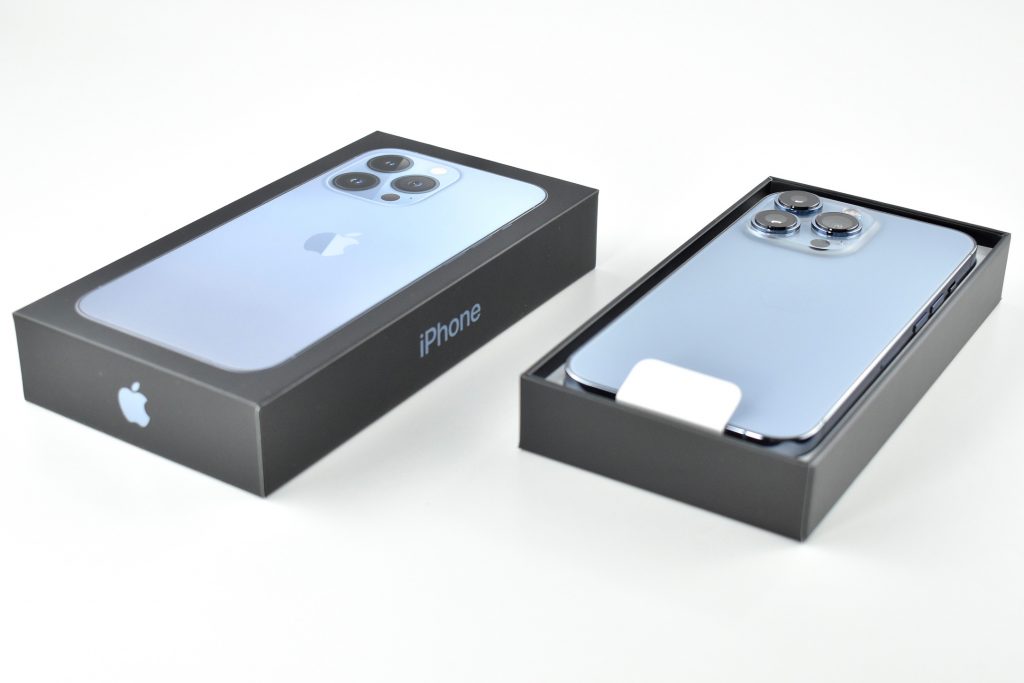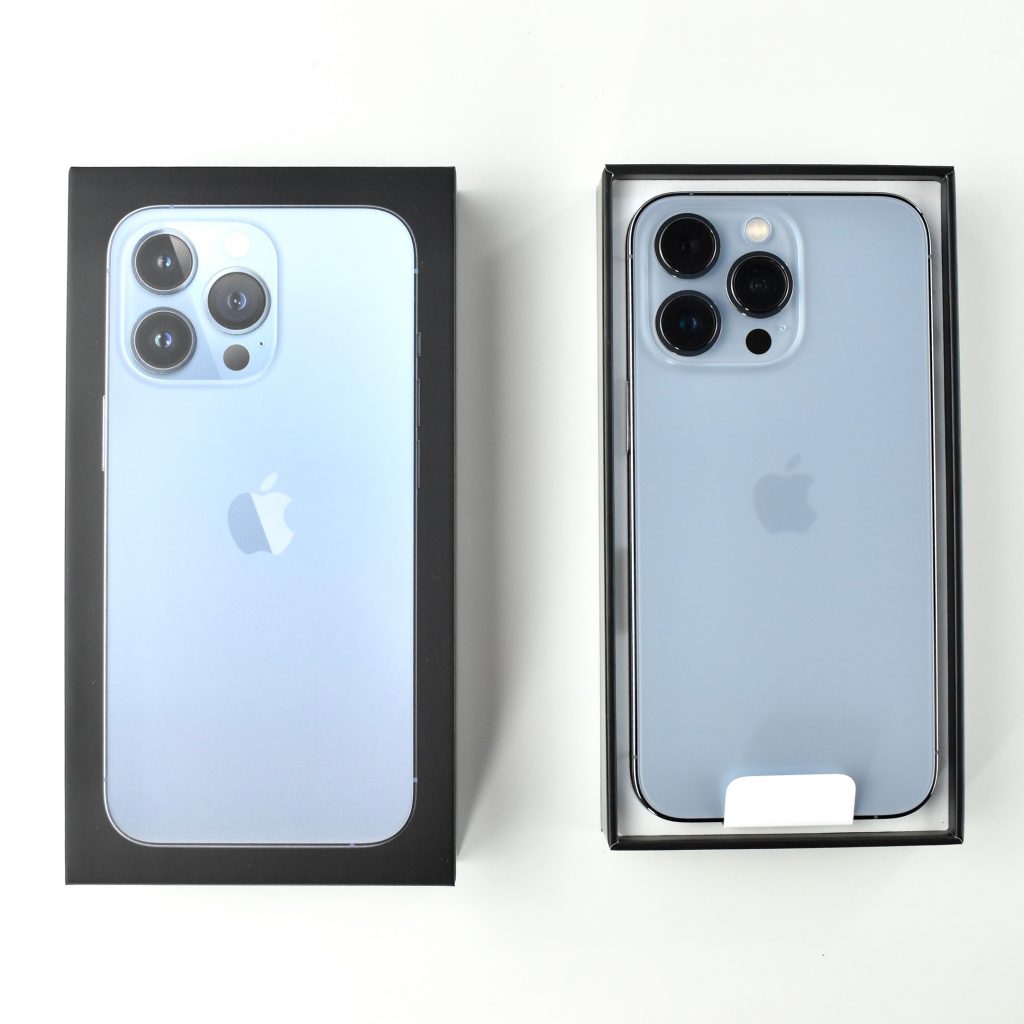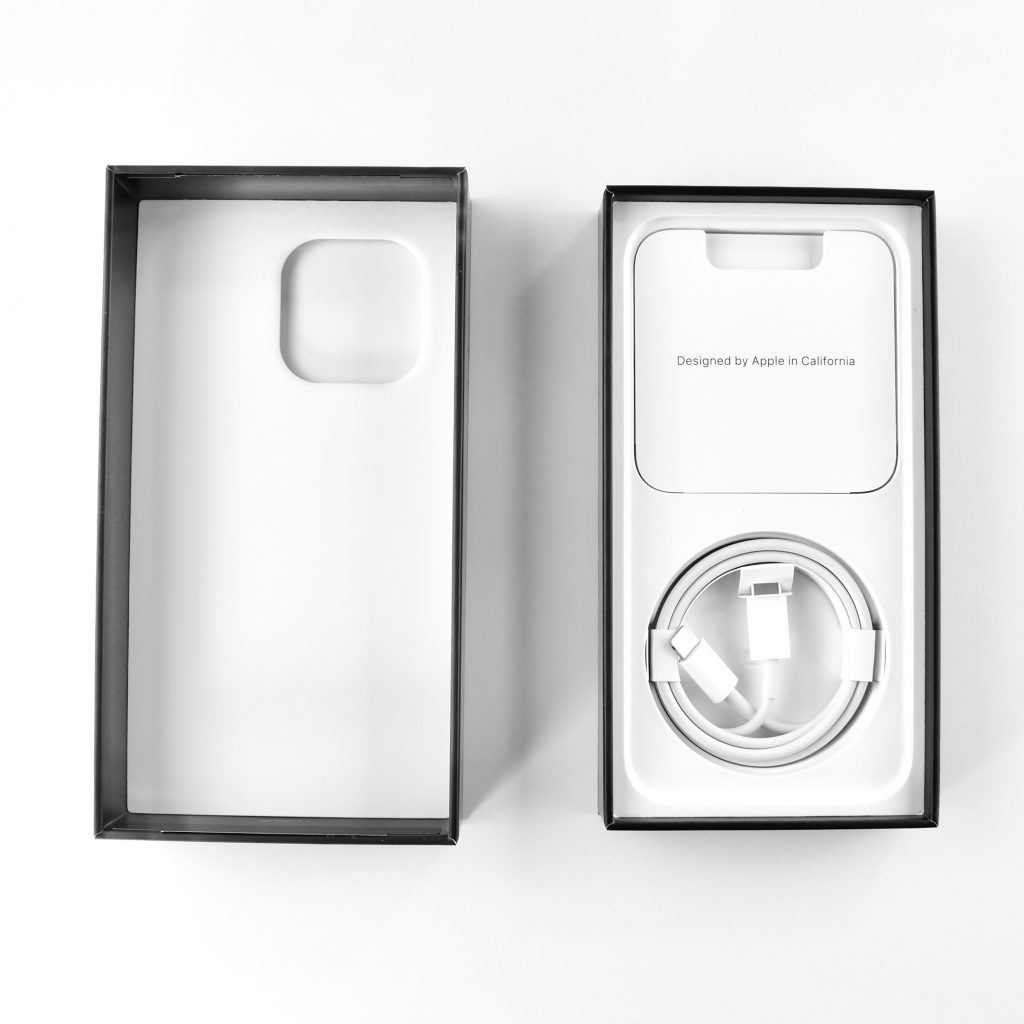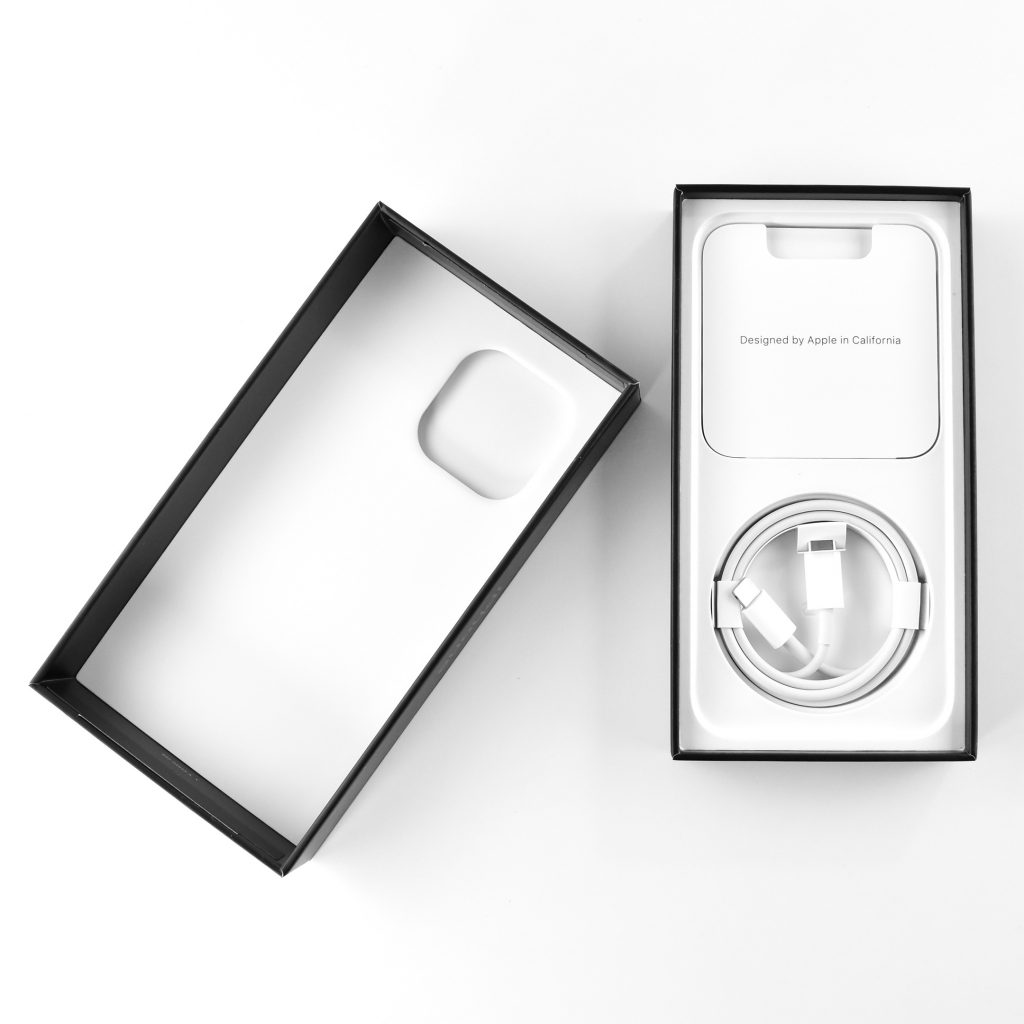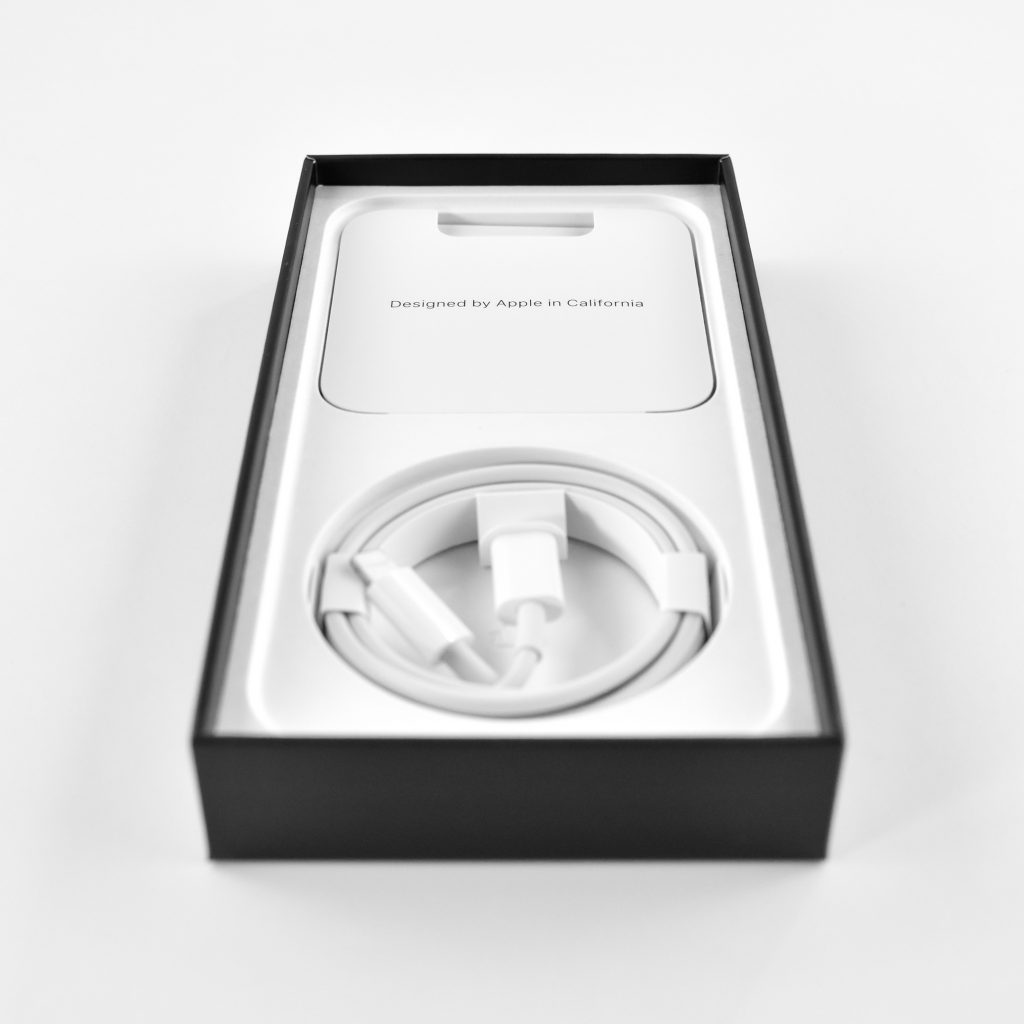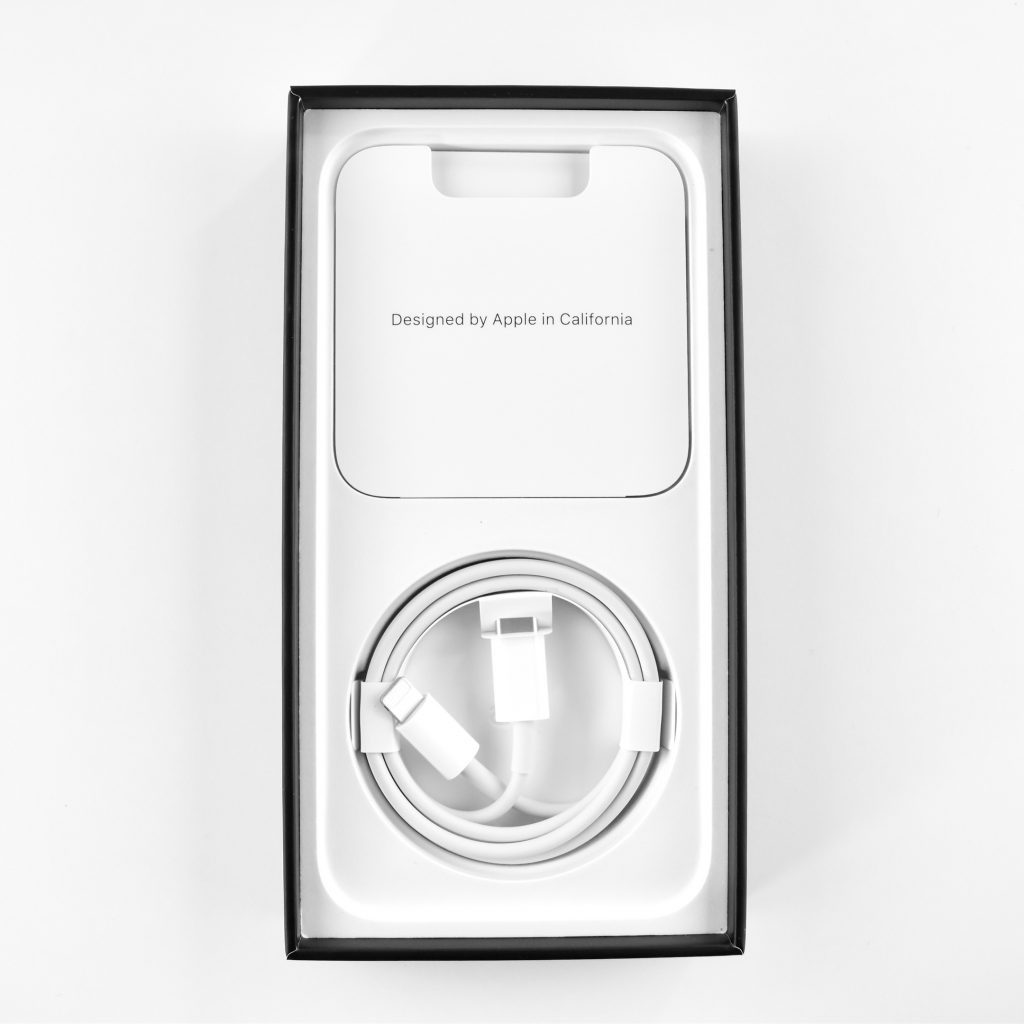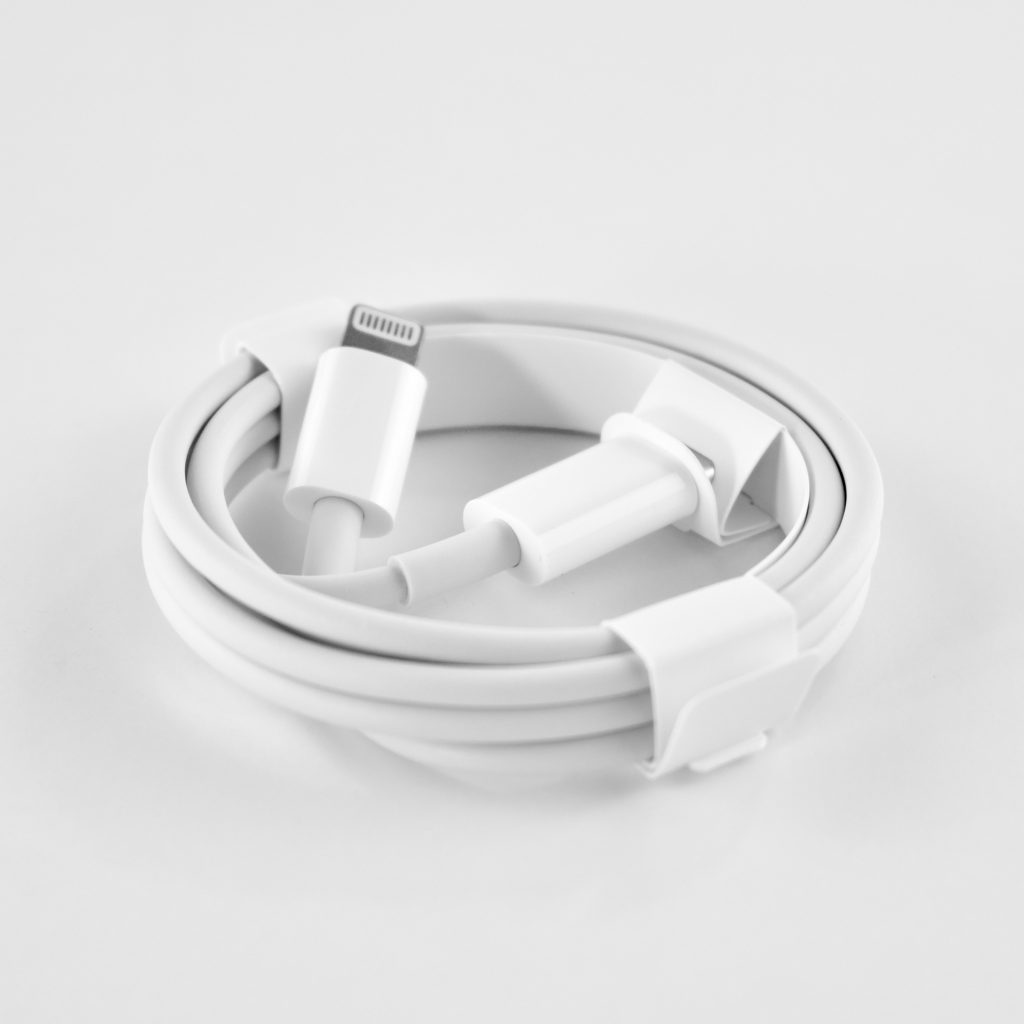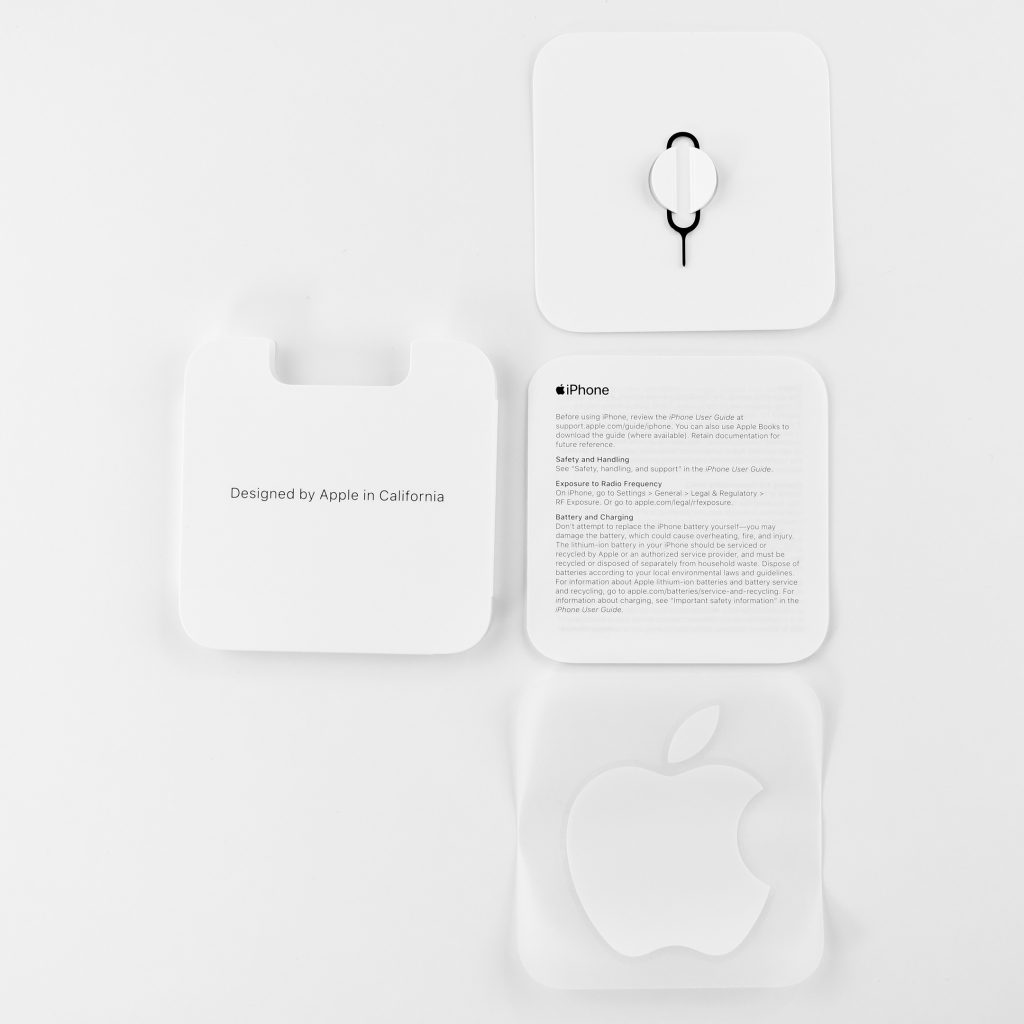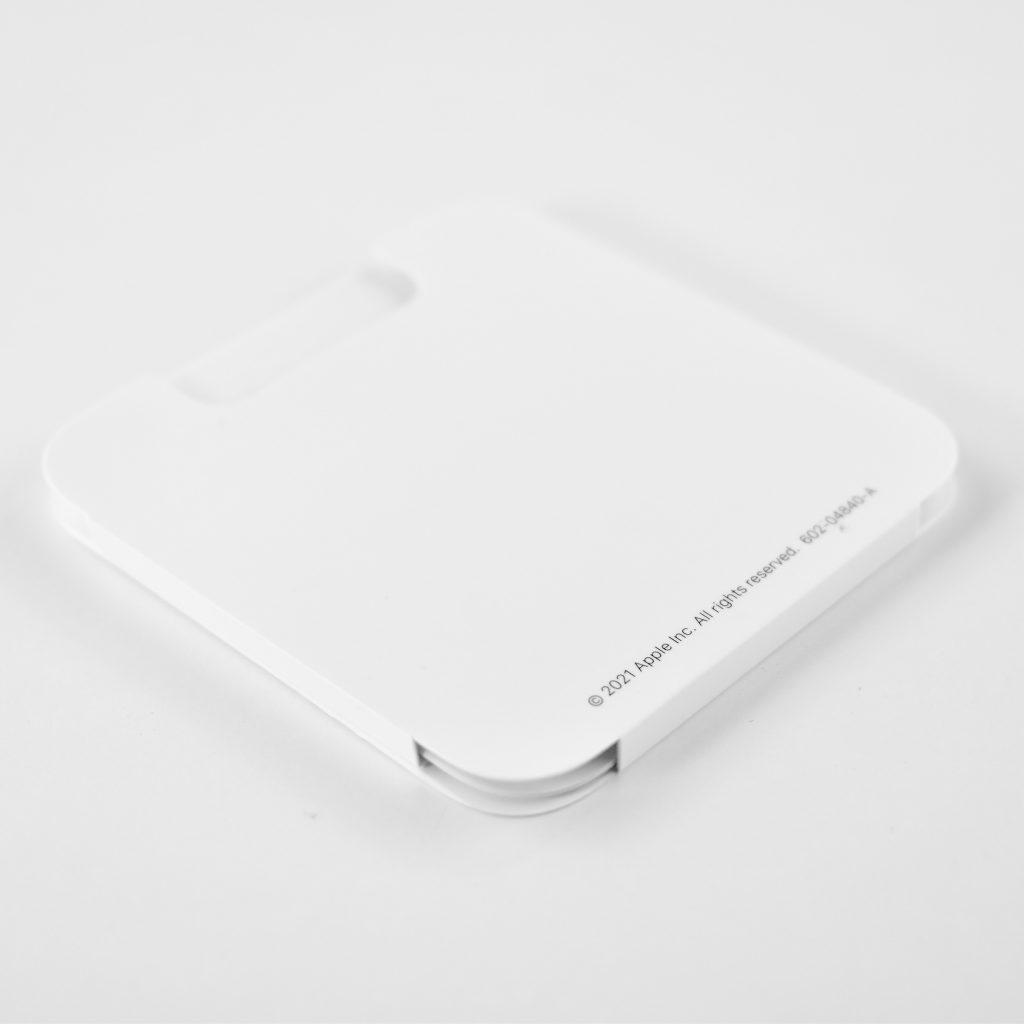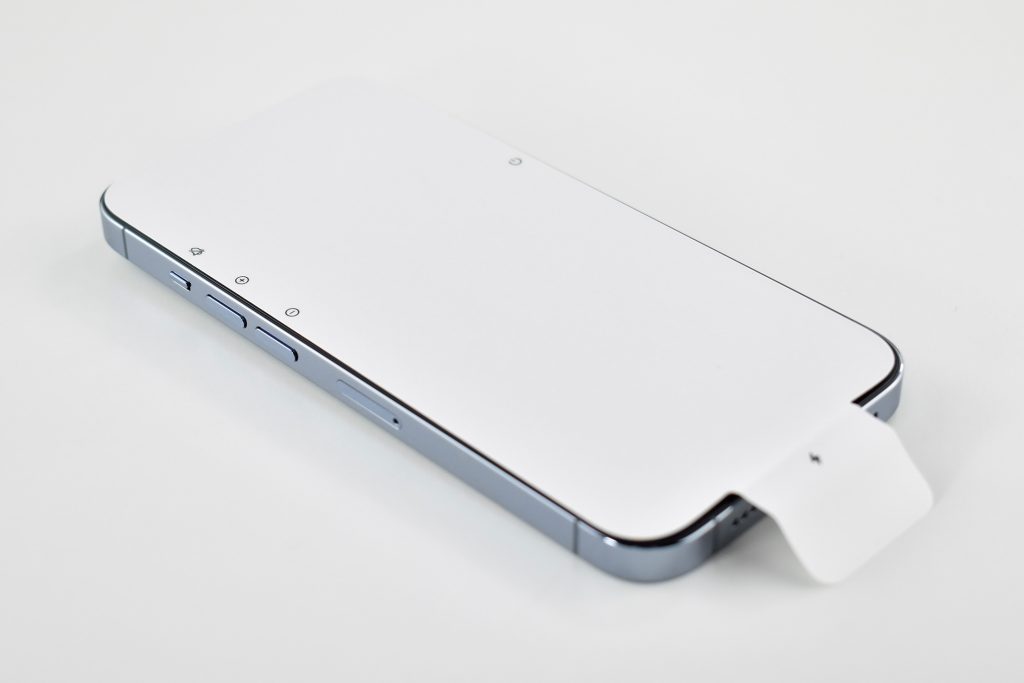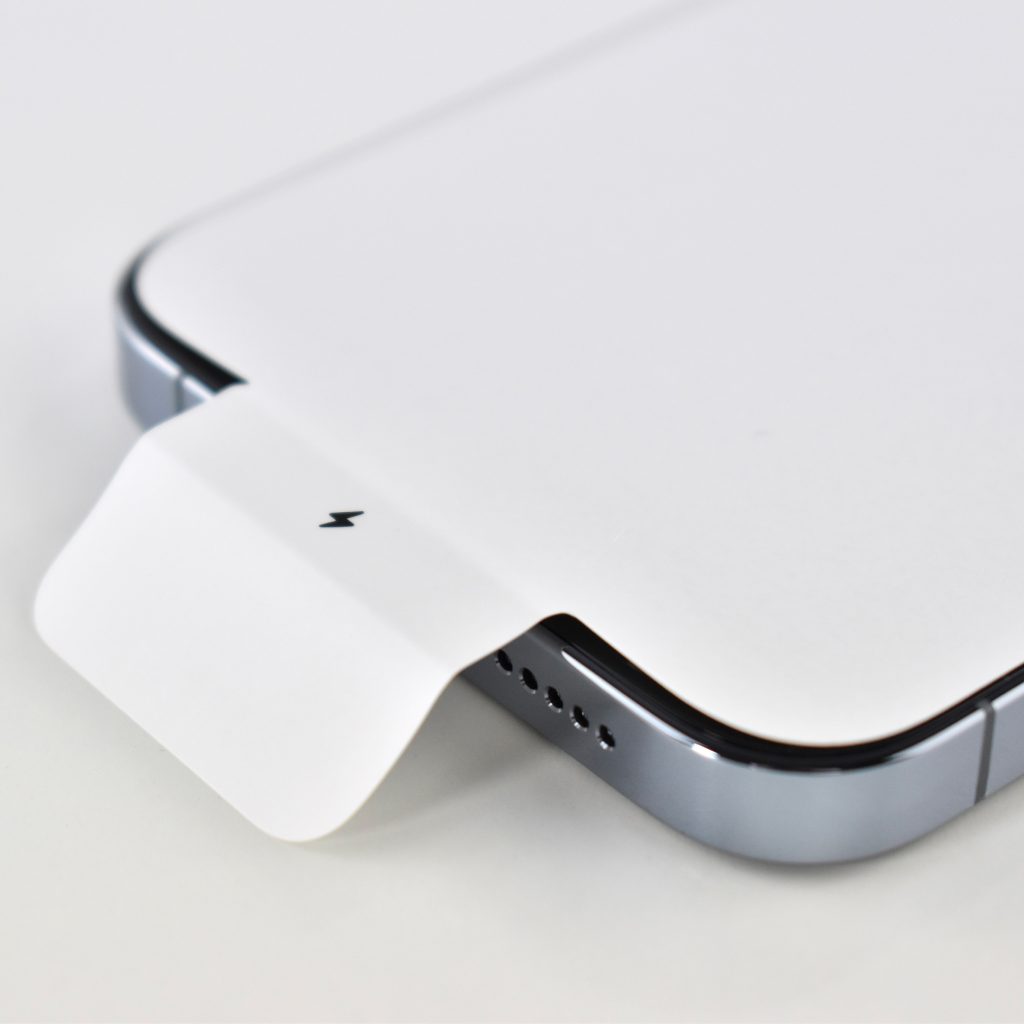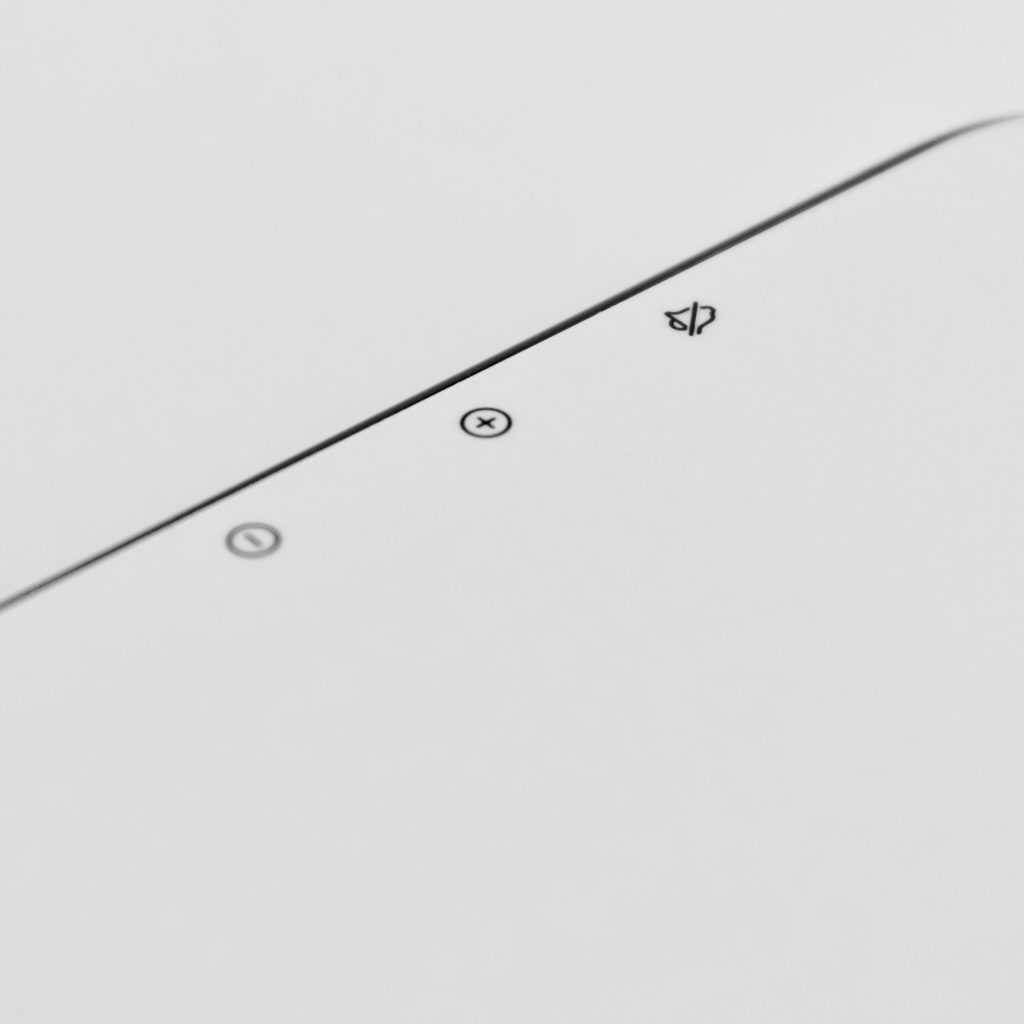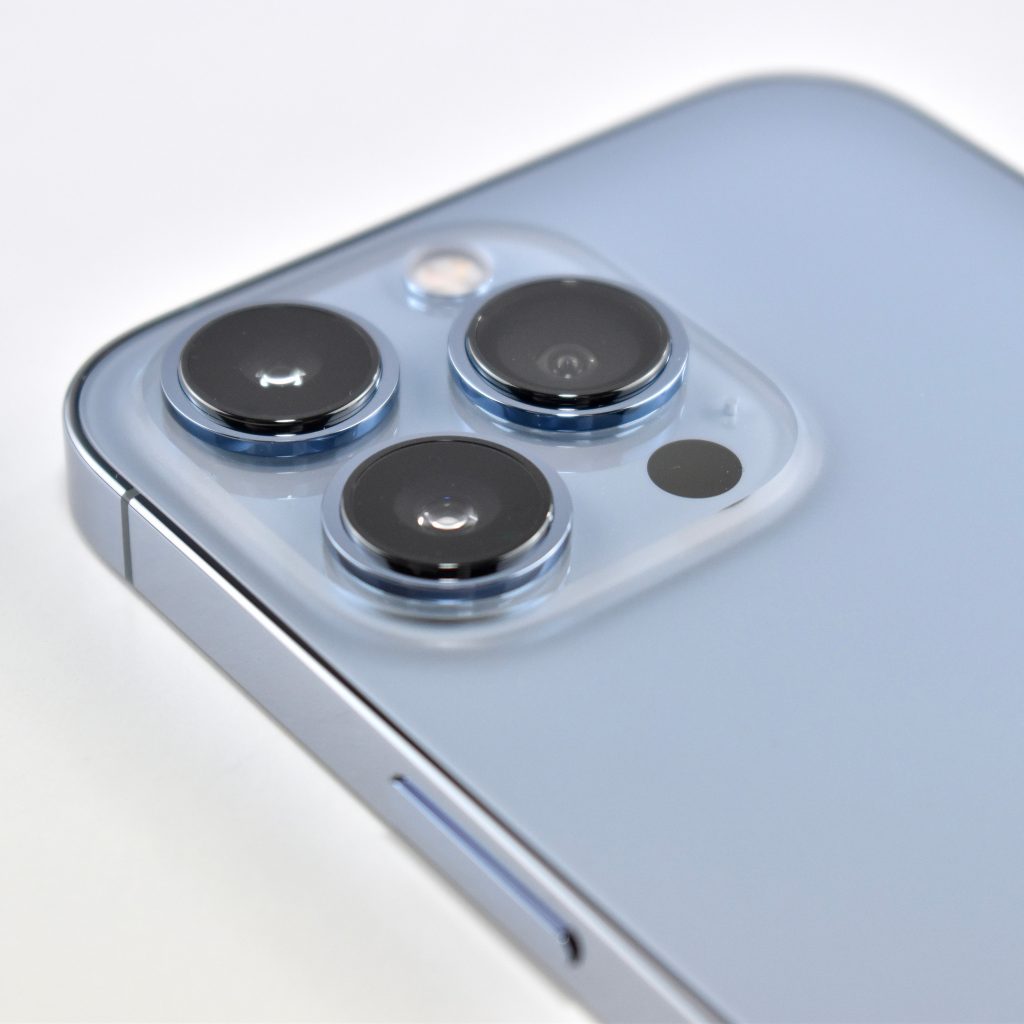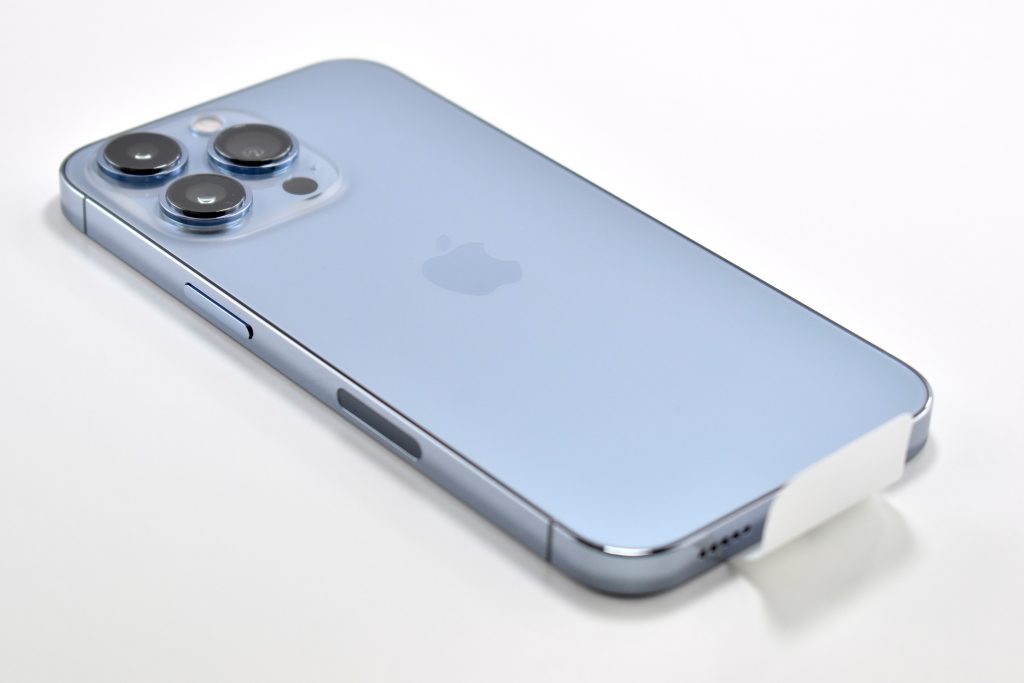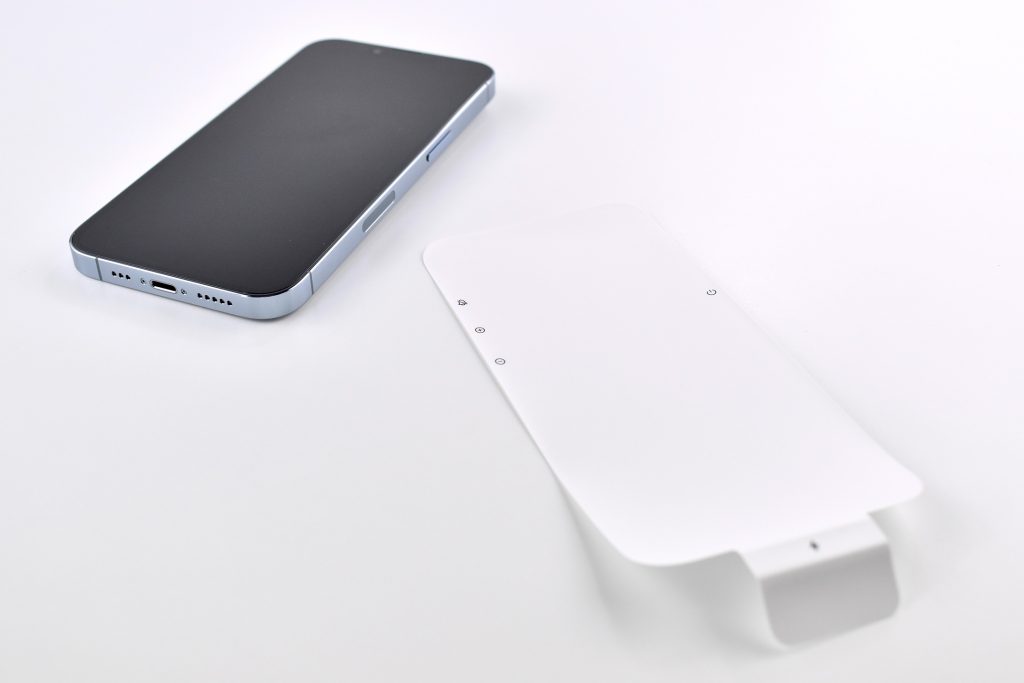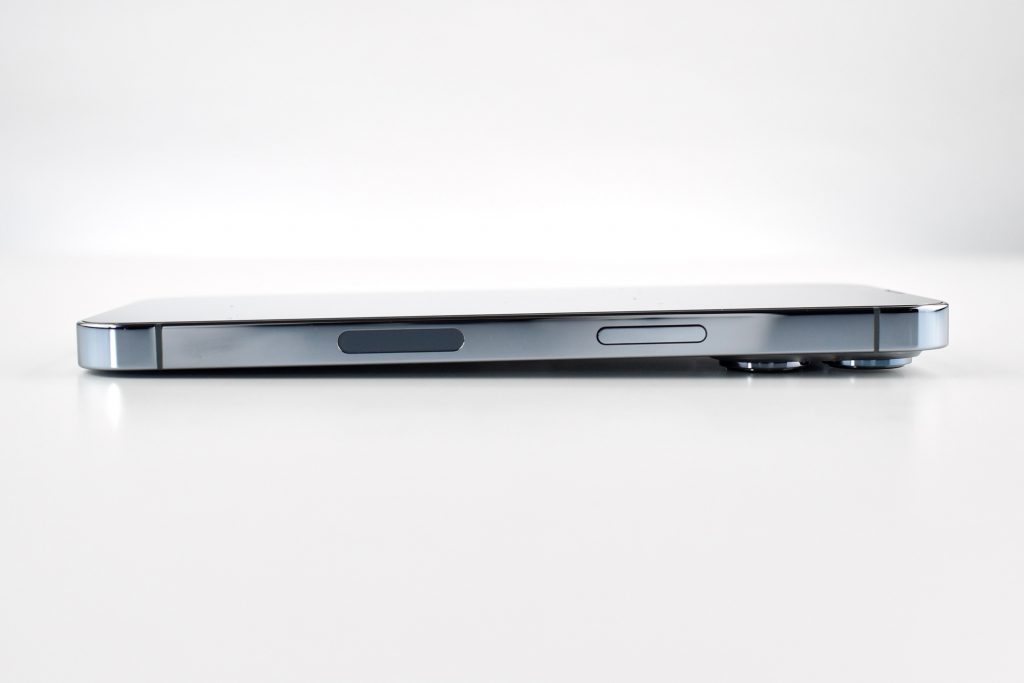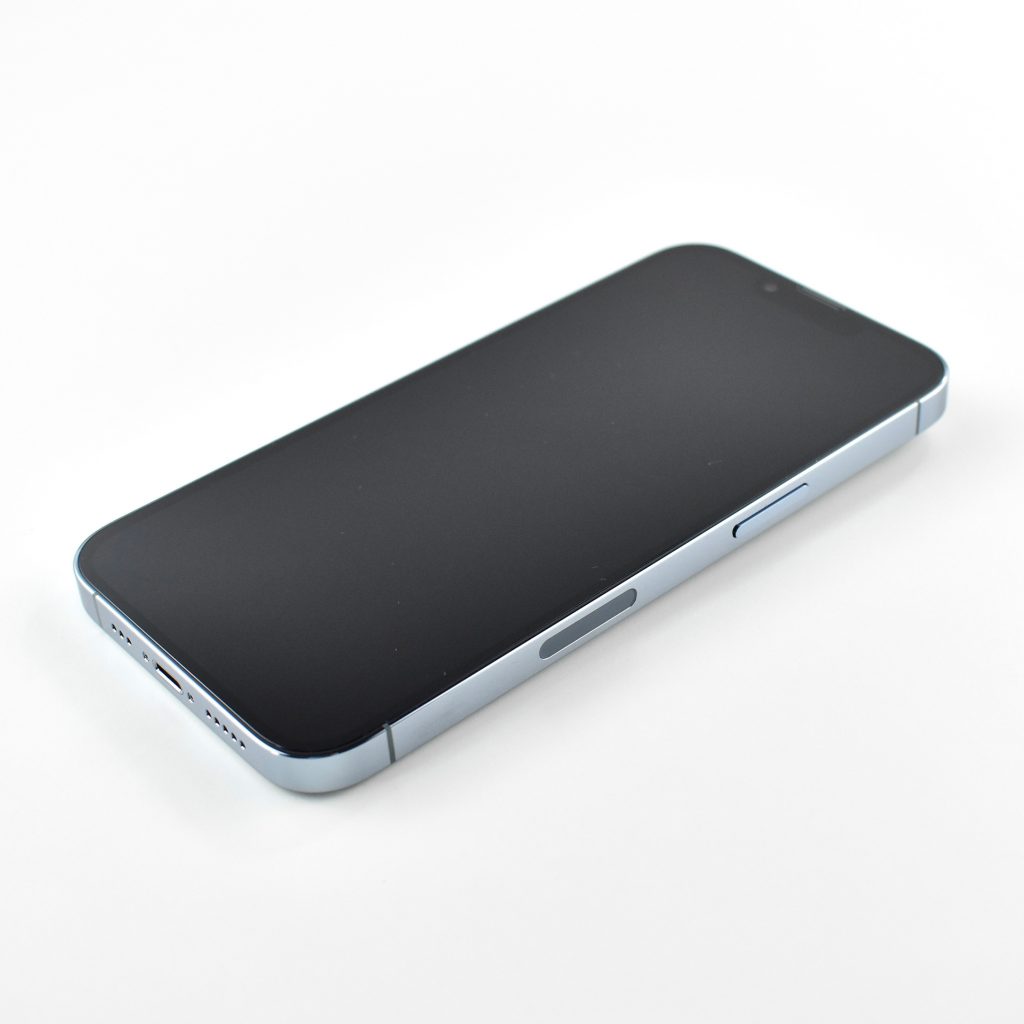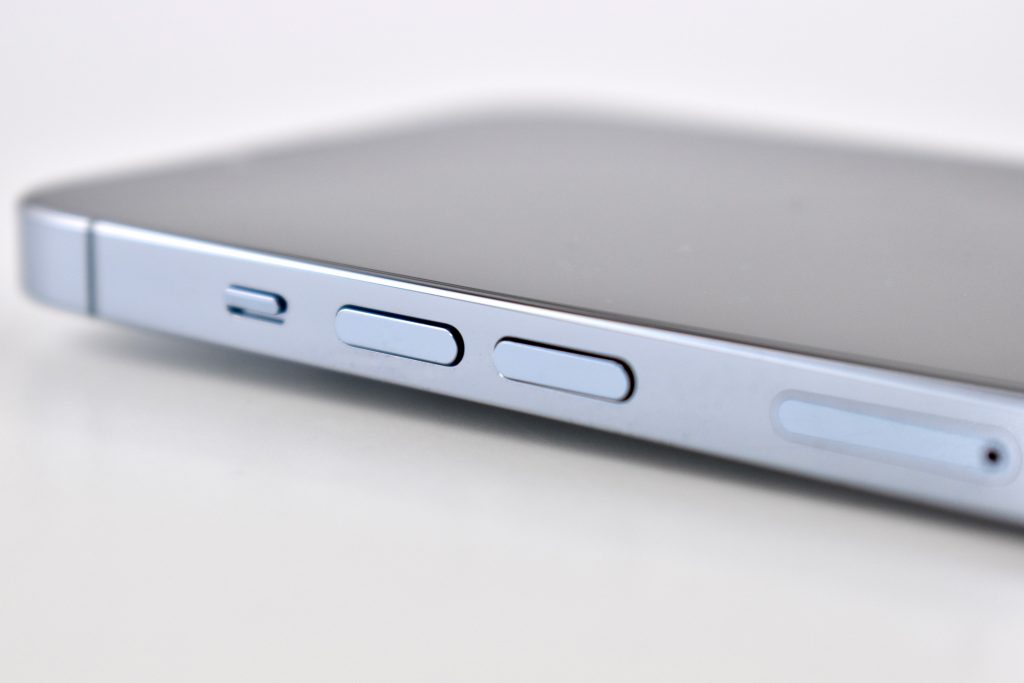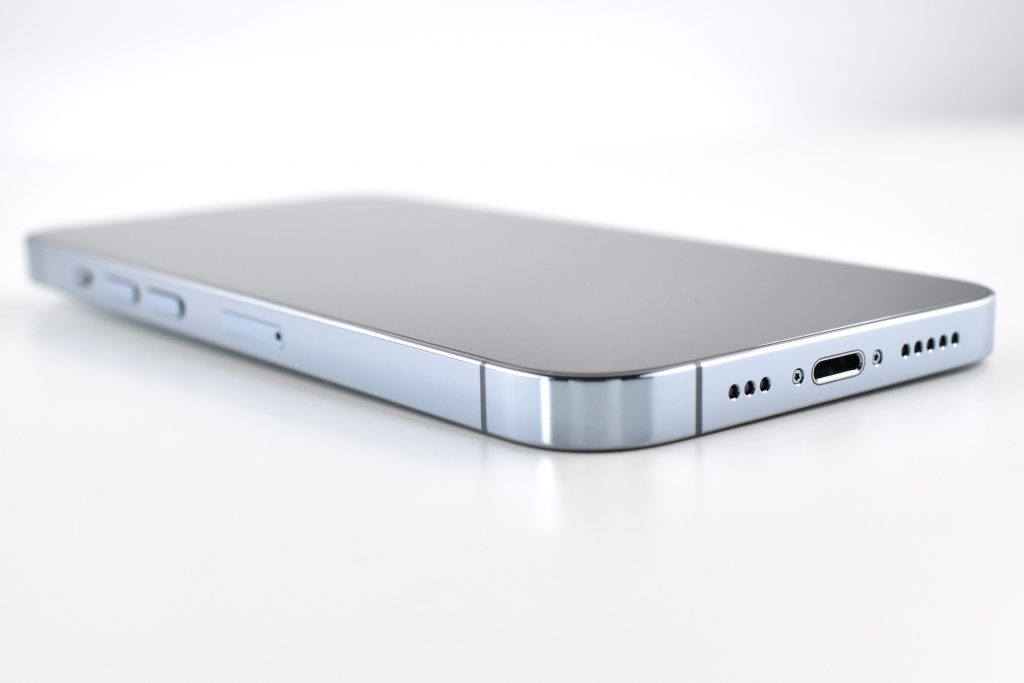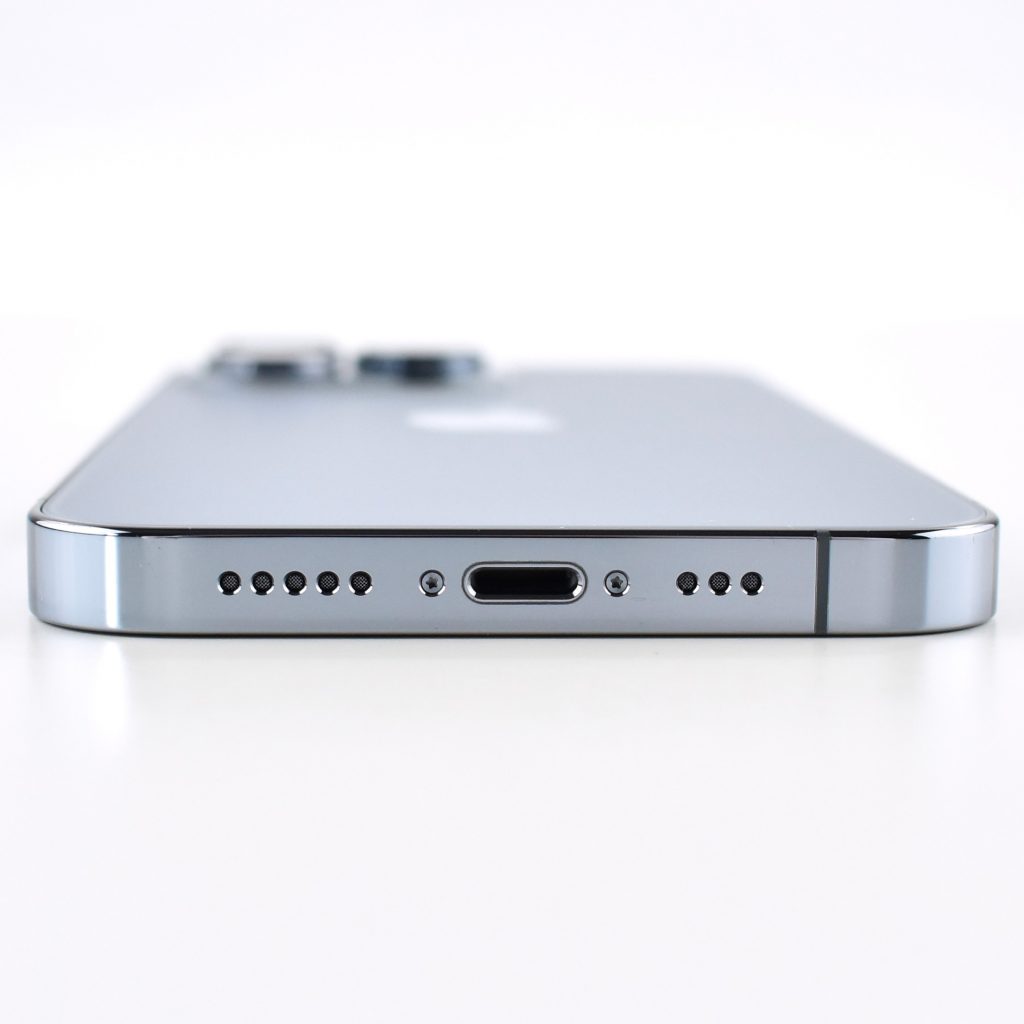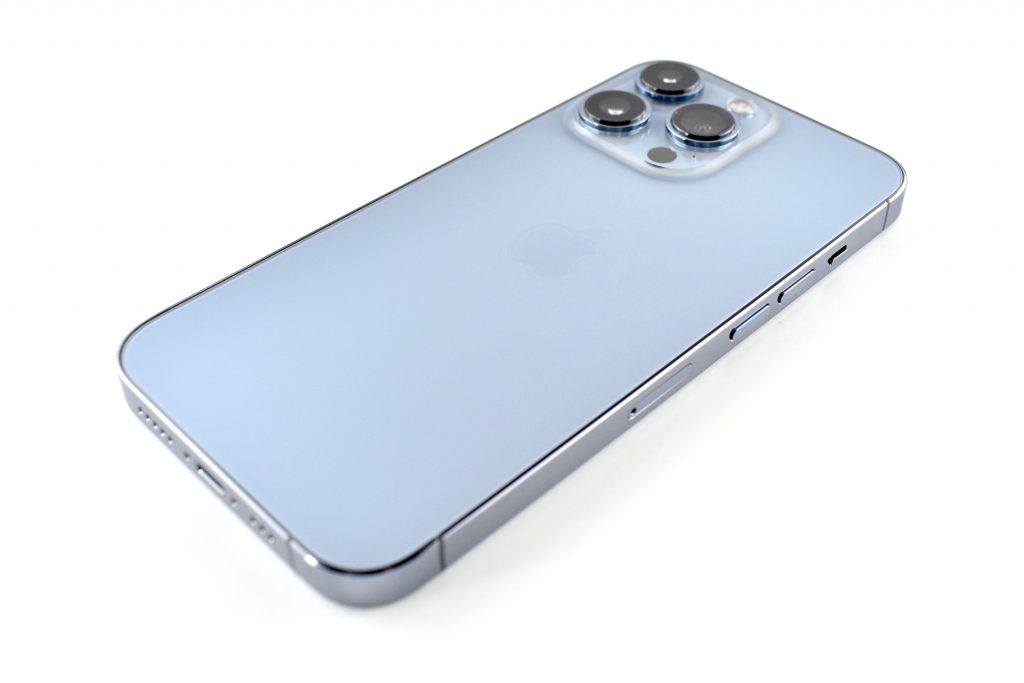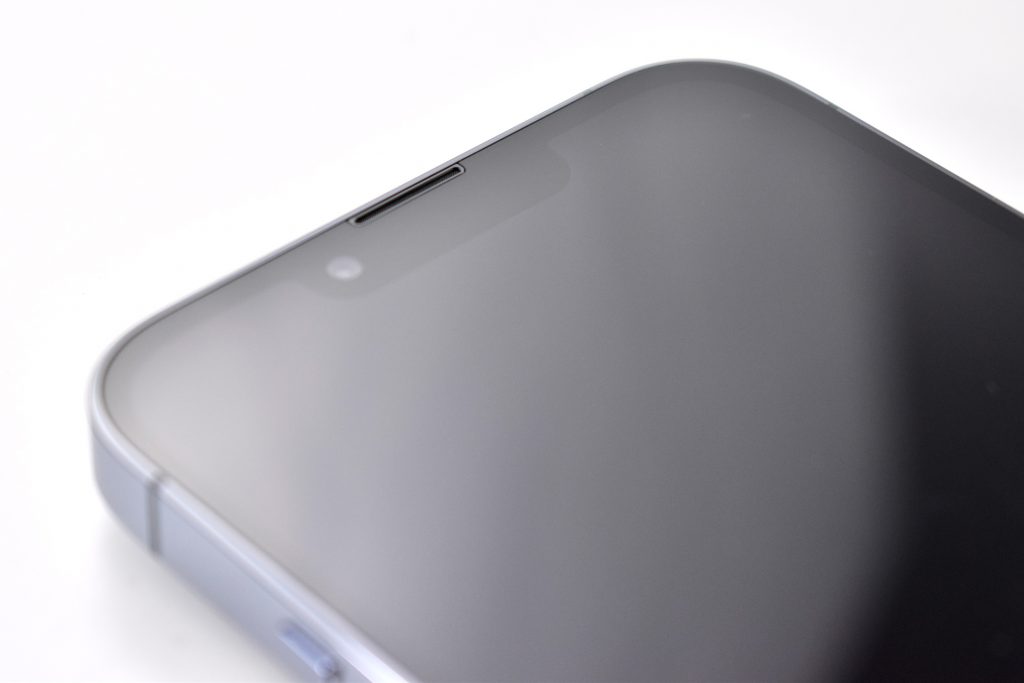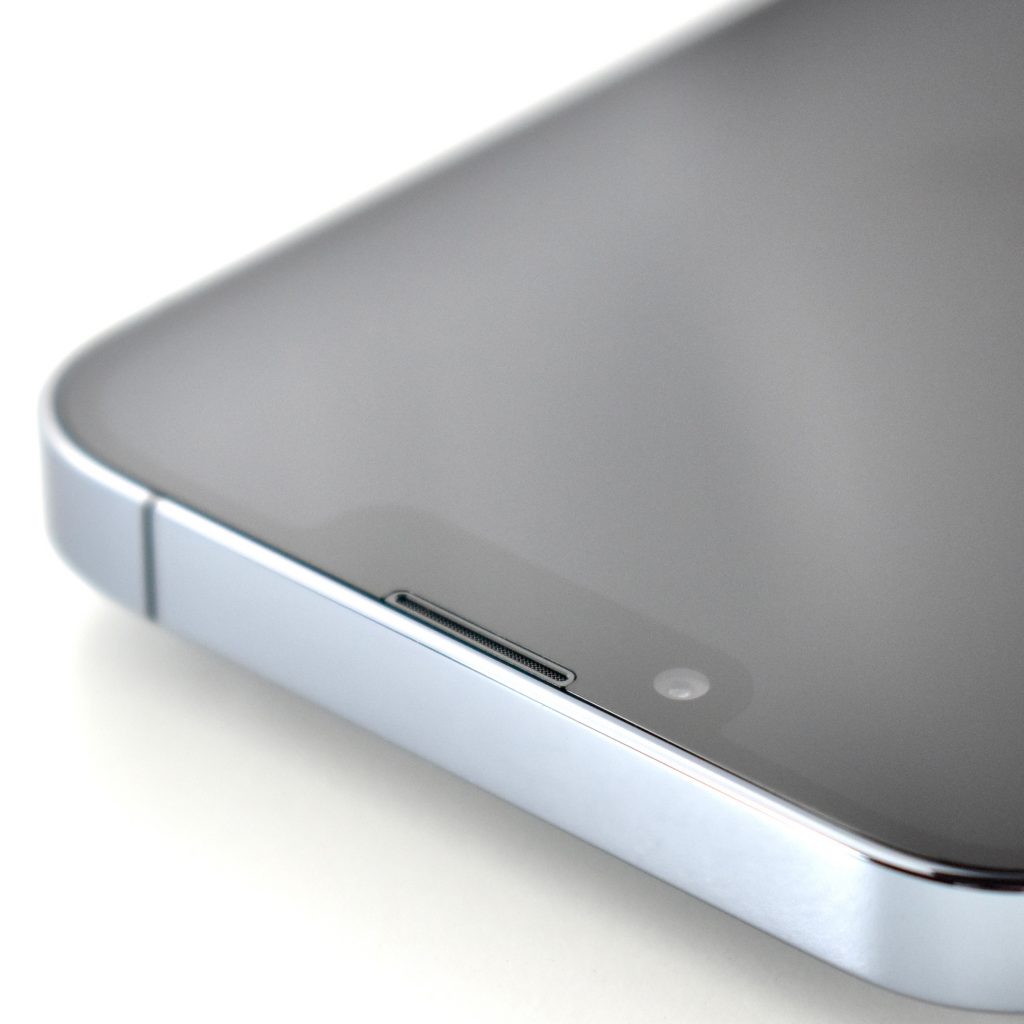Apple released the iPhone 15 series on September 12, 2023. The iPhone 15 Pro Max press release began, “Featuring a strong and lightweight titanium design with new contoured edges, a new Action button, powerful camera upgrades, and A17 Pro for next-level performance and mobile gaming.”
The iPhone 15 Pro Max was made with aerospace-grade titanium. Apple described the finish as “a strong and lightweight titanium design—a first for iPhone. This premium alloy—the same used in spacecraft—has one of the highest strength-to-weight ratios of any metal, making this Apple’s lightest Pro lineup ever.”
Apple described this iPhone’s camera capabilities:
“Powerful camera upgrades enable the equivalent of seven pro lenses with incredible image quality, including a more advanced 48MP Main camera system that now supports the new super-high-resolution 24MP default, the next generation of portraits with Focus and Depth Control, improvements to Night mode and Smart HDR, and an all-new 5x Telephoto camera exclusively on iPhone 15 Pro Max.”
The iPhone 15 Pro and Pro Max were the first iPhones to include an Action button, an idea borrowed from the Apple Watch Ultra. According to the press release, the:
“Action button replaces the single-function switch used to toggle between ring and silent, offering additional options so users can choose between quickly accessing the camera or flashlight; activating Voice Memos, Focus, Translate, and accessibility features like Magnifier; or using Shortcuts for more options. A press-and-hold gesture with fine-tuned haptic feedback and visual cues in the Dynamic Island ensure the new button launches the intended action.”
The iPhone 15 Pro cameras were the first to be able to record spatial video for the Apple Vision Pro. The feature was added in an iOS 17.2 software update on December 11, 2023. In a press release, Apple announced:
“iPhone 15 Pro and iPhone 15 Pro Max users can now record spatial videos—a groundbreaking new capability that helps users capture life’s precious moments—and relive those memories on Apple Vision Pro, starting early next year.”
Because spatial video can only be viewed on Apple Vision Pro, spatial videos appear as 2D videos on all other devices. Apple explained:
“Spatial video capture on iPhone arrives ahead of the debut of Apple Vision Pro, so iPhone 15 Pro and iPhone 15 Pro Max users can begin capturing moments with family and friends to enjoy on Apple Vision Pro from day one.”
The iPhone 15 Pro Max was available in capacities of 256GB, 512GB, and 1TB. This model has 256GB of storage. Its 6.7-inch (diagonal) Super Retina XDR OLED display had 2796×1290-pixel resolution at 460 ppi. The A17 Pro chip used a new 6‑core CPU, a new 6‑core GPU, and a new 16‑core Neural Engine.
The iPhone 15 Pro Max camera system was similar to the iPhone 15 Pro, but had a few enhanced features. Both cameras had:
- 48MP Main camera with ƒ/1.78 aperture
- 12MP Ultra Wide camera with ƒ/2.2 aperture
- 12MP 2x Telephoto camera with ƒ/1.78 aperture
The Pro Max model was enhanced with:
- 12MP 5x Telephoto camera with ƒ/2.8 aperture with tetraprism design (the Pro model had 3x Telephoto)
- 5x optical zoom in, 2x optical zoom out; 10x optical zoom range (the Pro model had a 3x optical zoom in, 2x optical zoom out; 6x optical zoom range)
- Digital zoom up to 25x (the Pro model had up to 15x digital zoom)
The iPhone 15 Pro Max measured 3.02 inches wide, 6.29 inches high, and 0.32 inches thick. It weighed 7.81 ounces.
The iPhone 15 Pro and Pro Max were available in “four stunning new finishes, including black titanium, white titanium, blue titanium, and natural titanium.” This example is an iPhone 15 Pro Max in blue titanium.
Sources: Apple Newsroom (iPhone 15 Pro, spatial video), Specs
